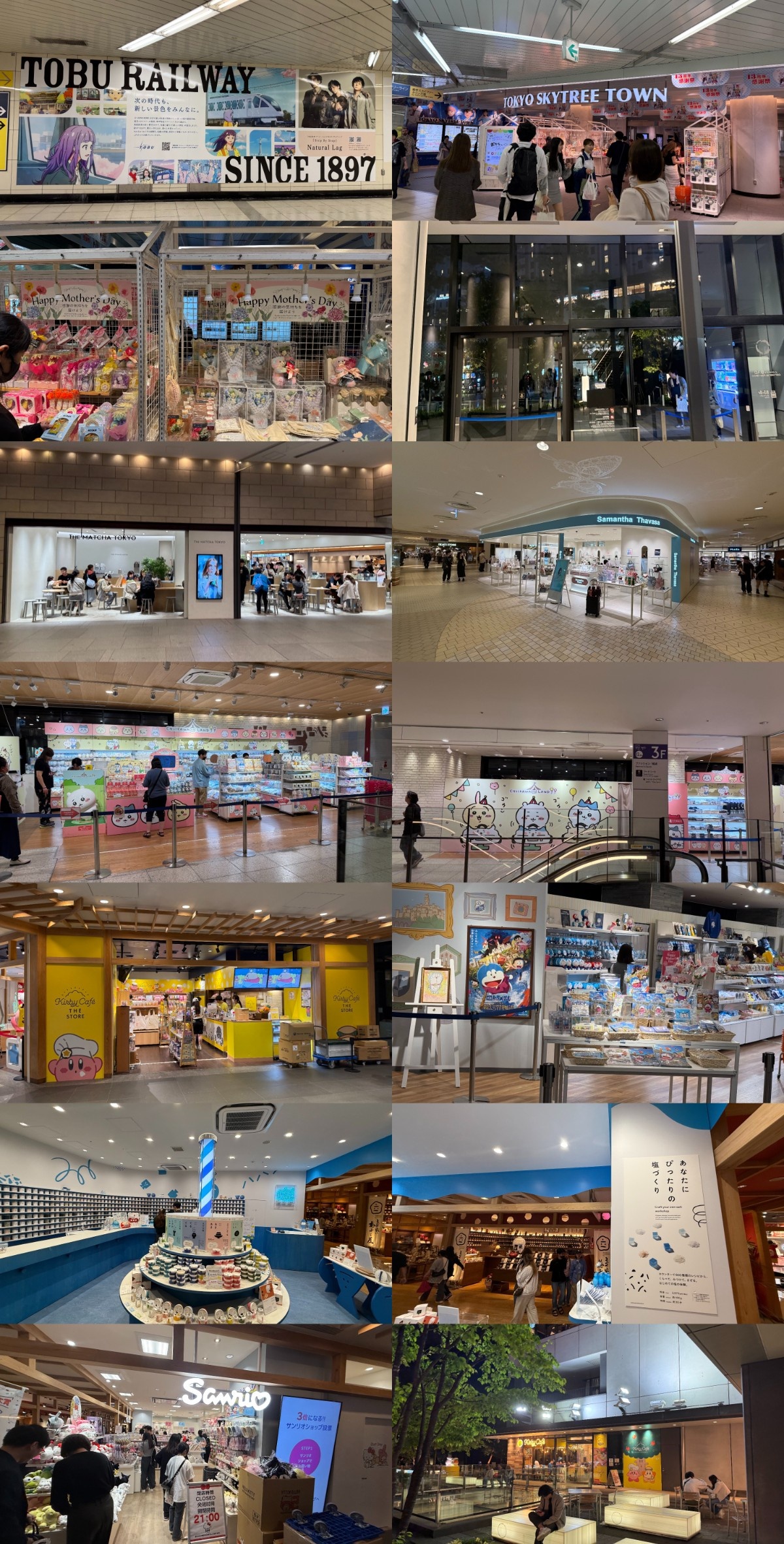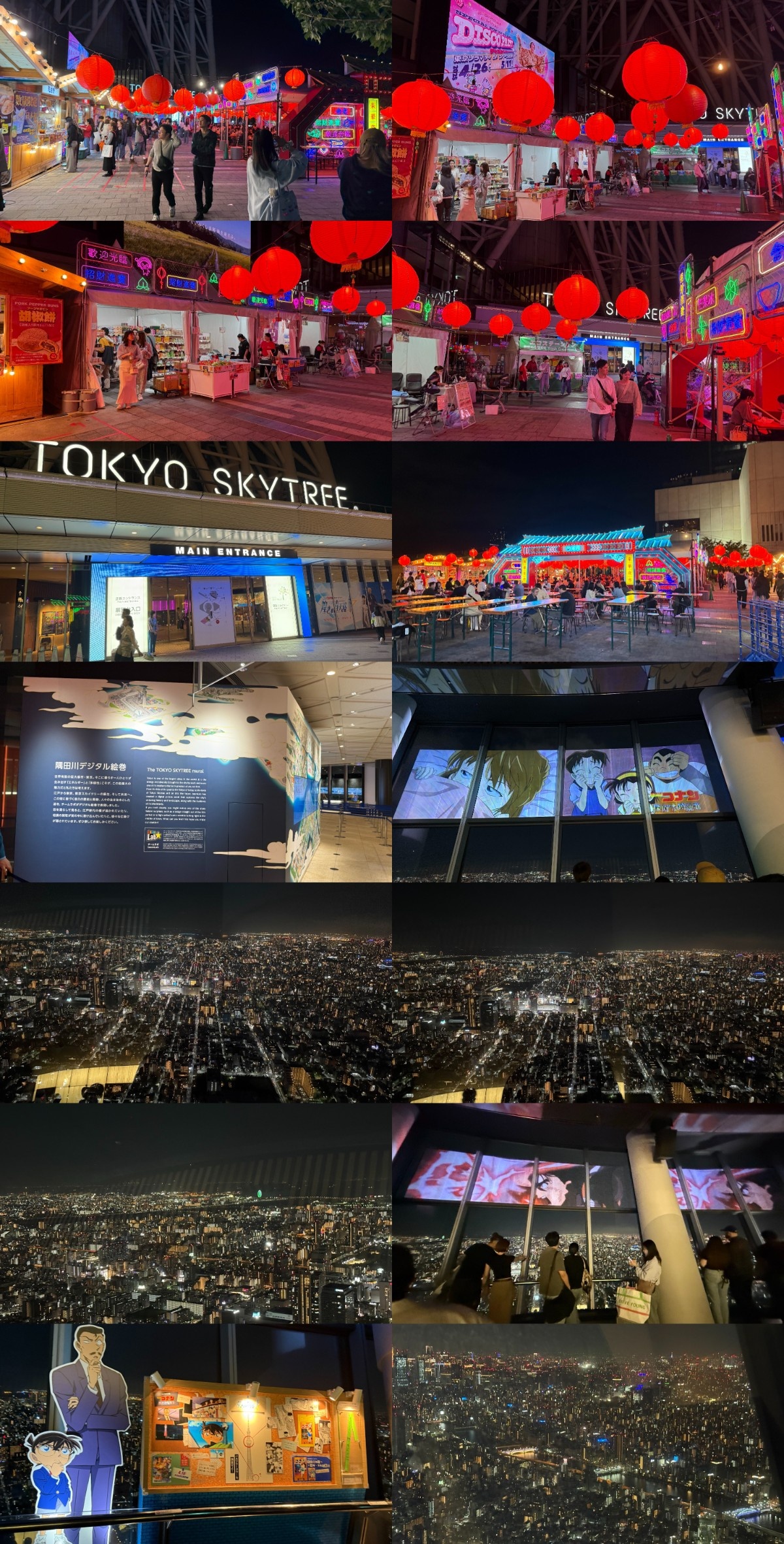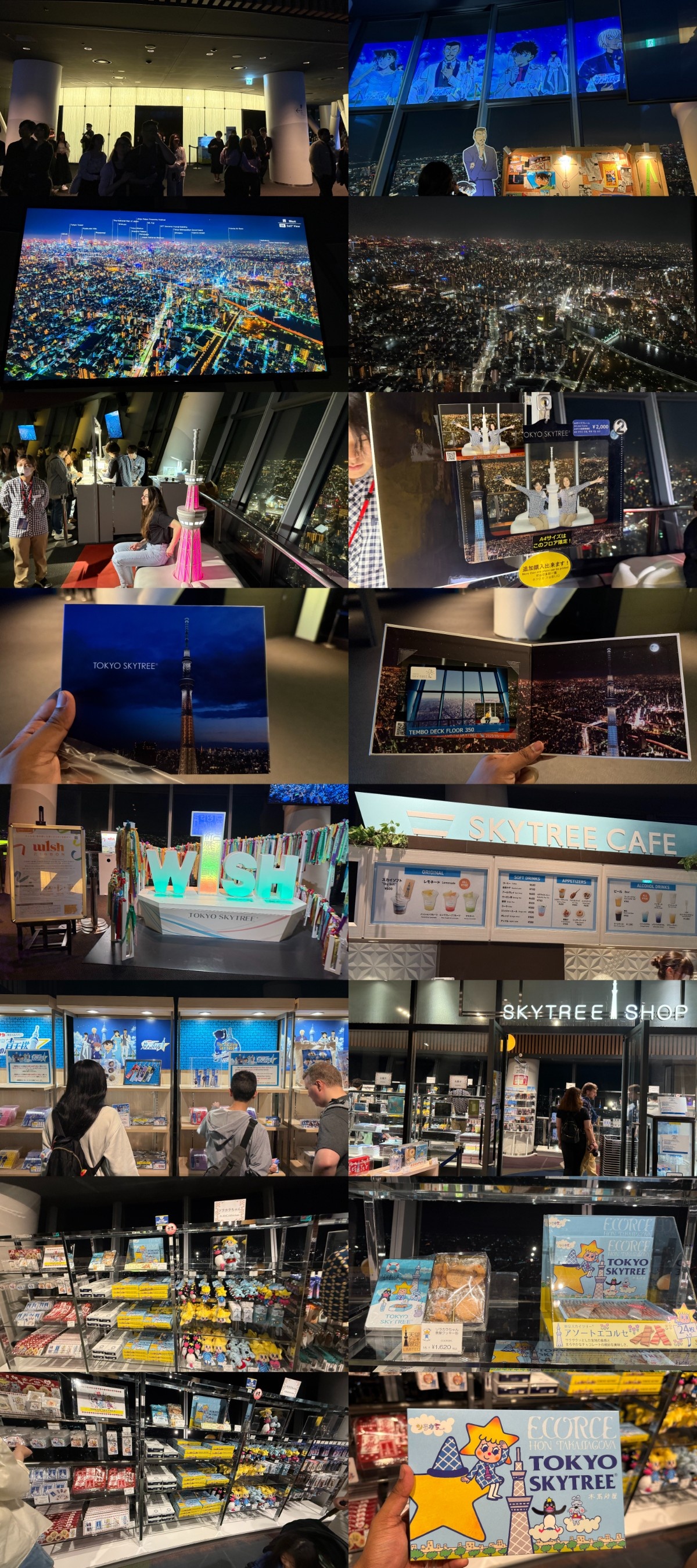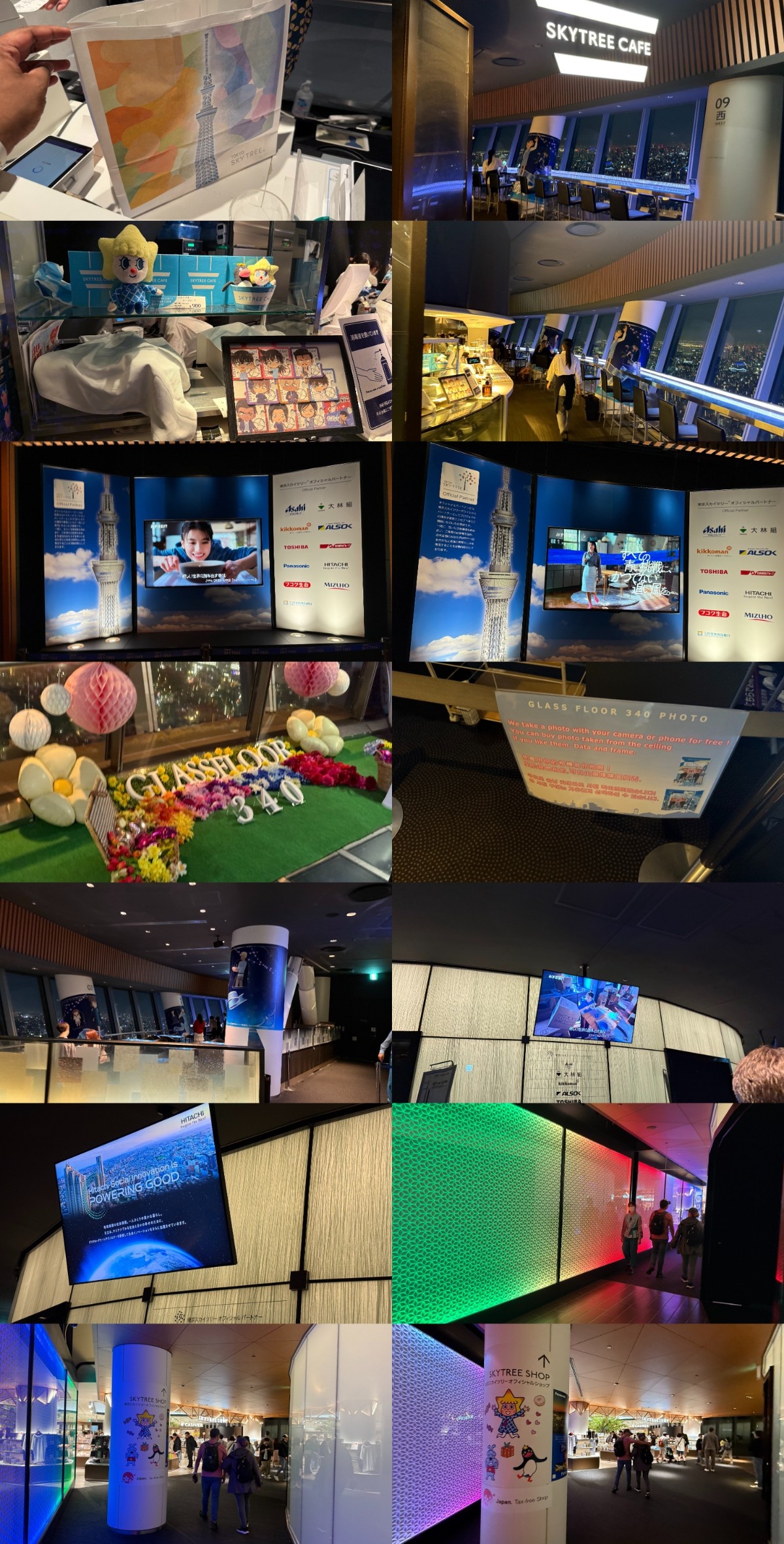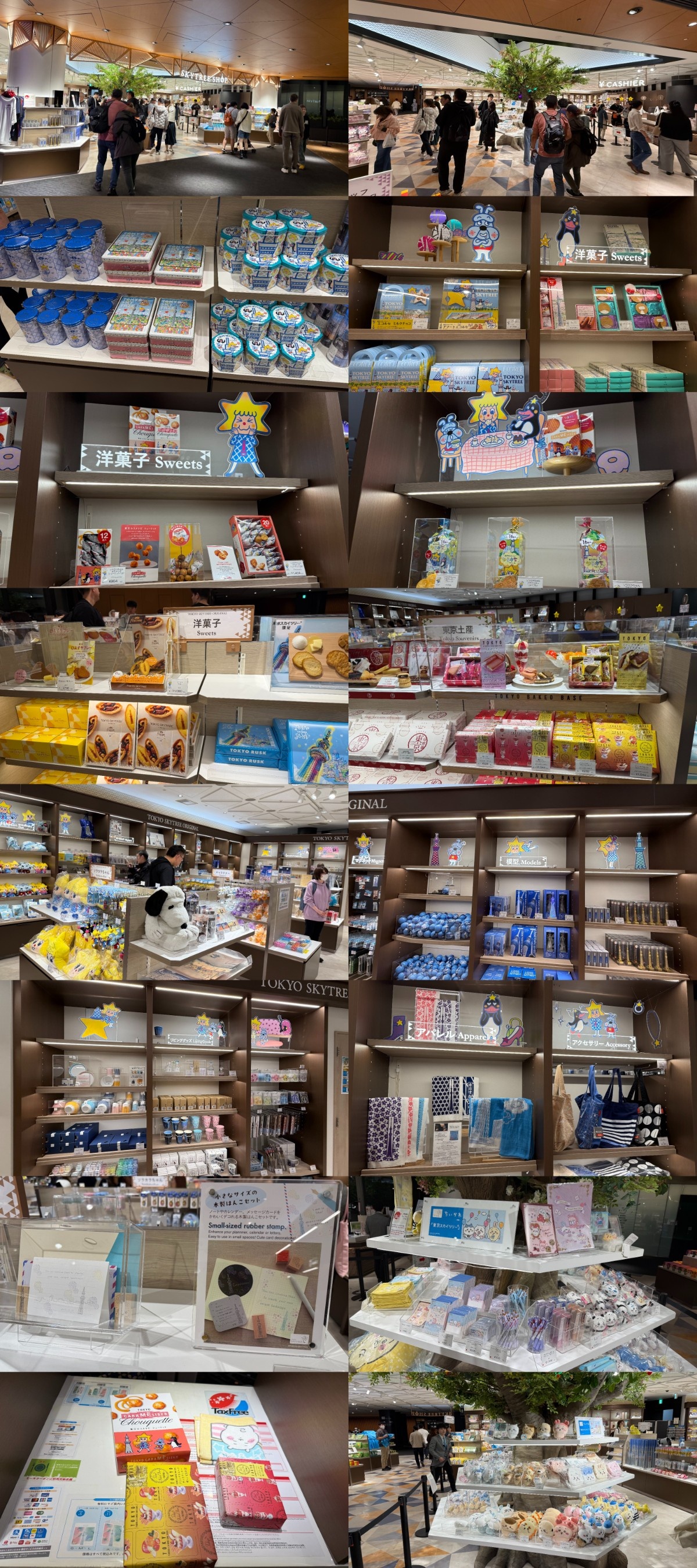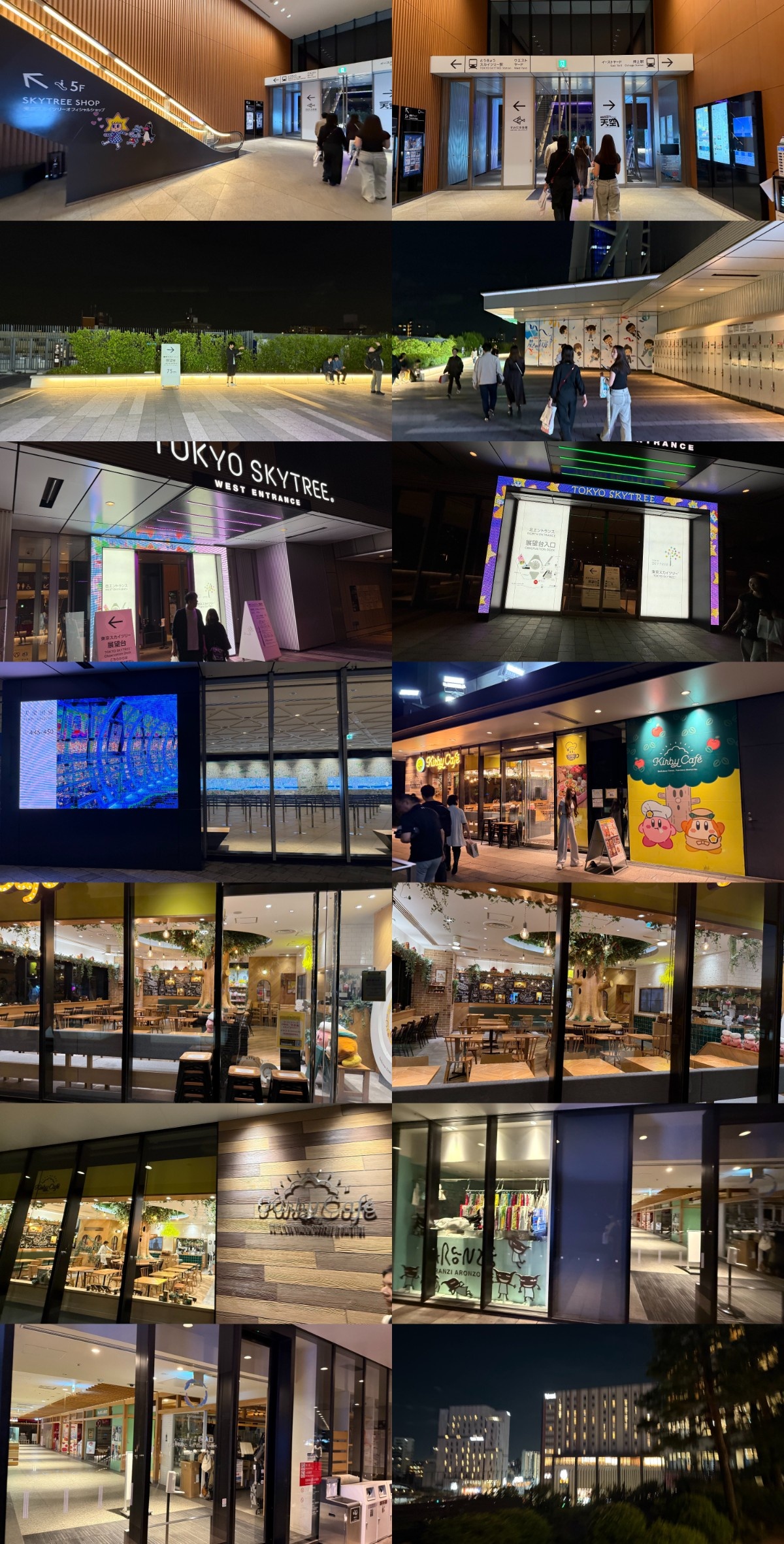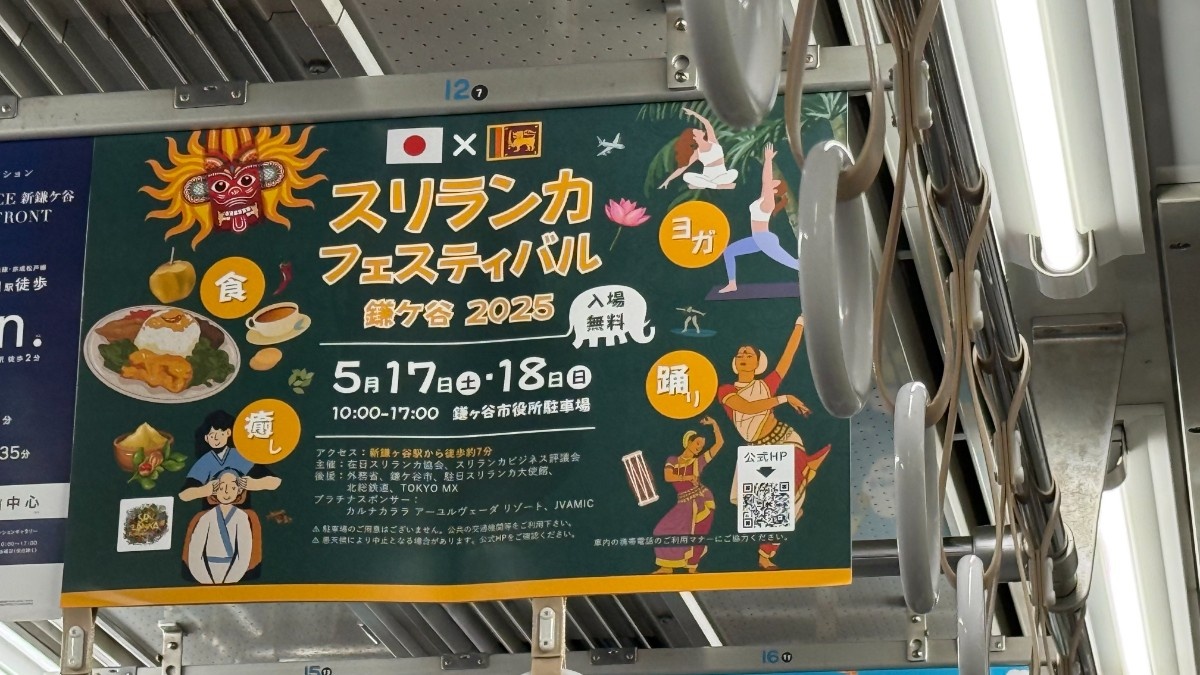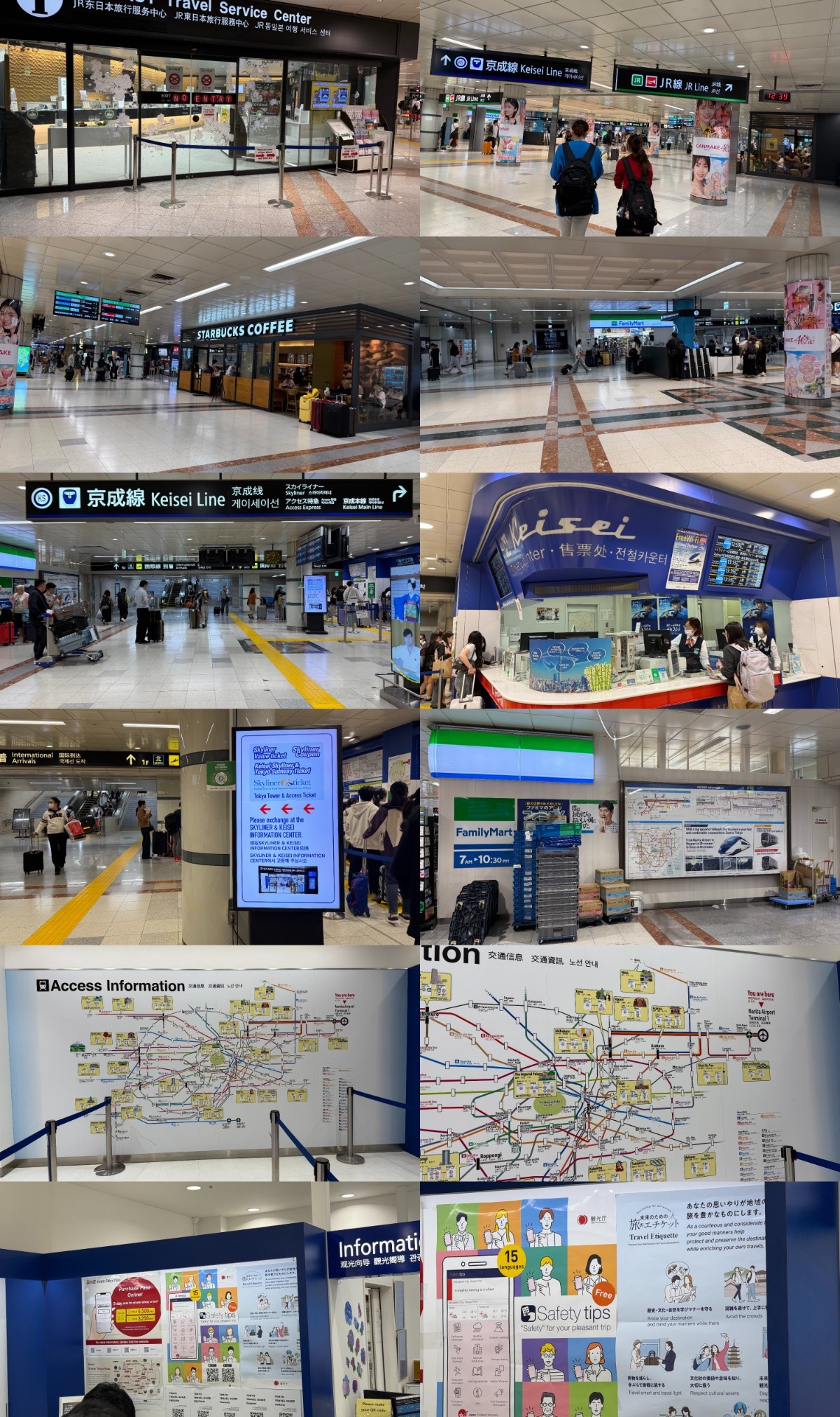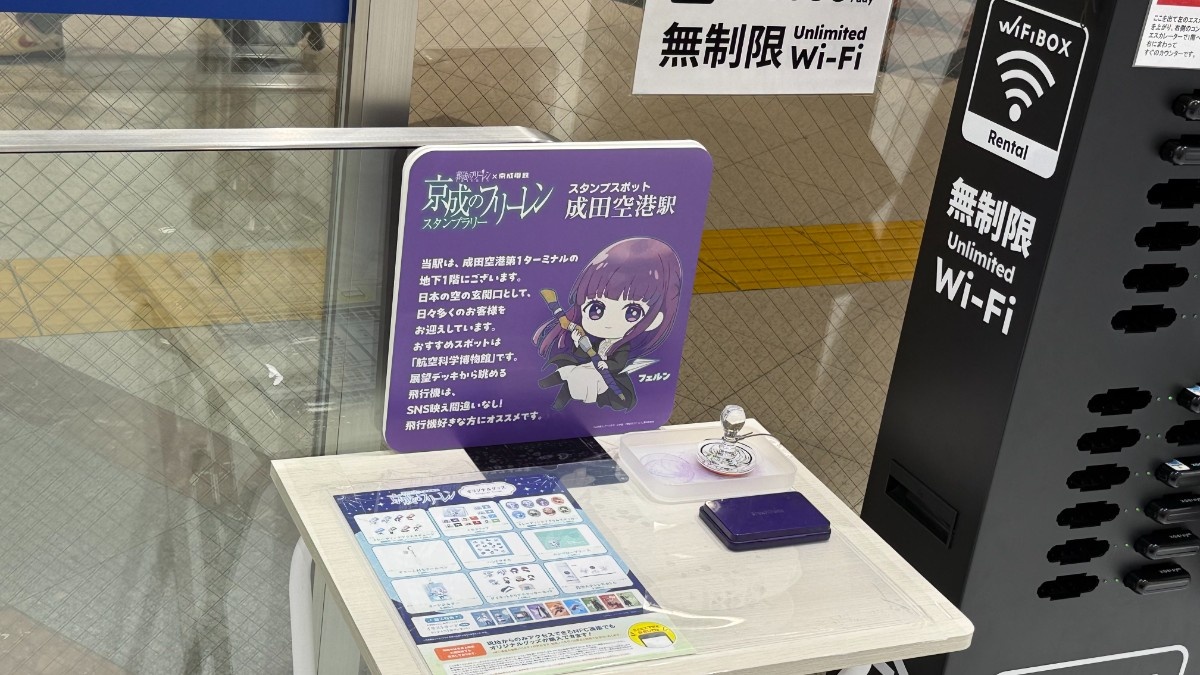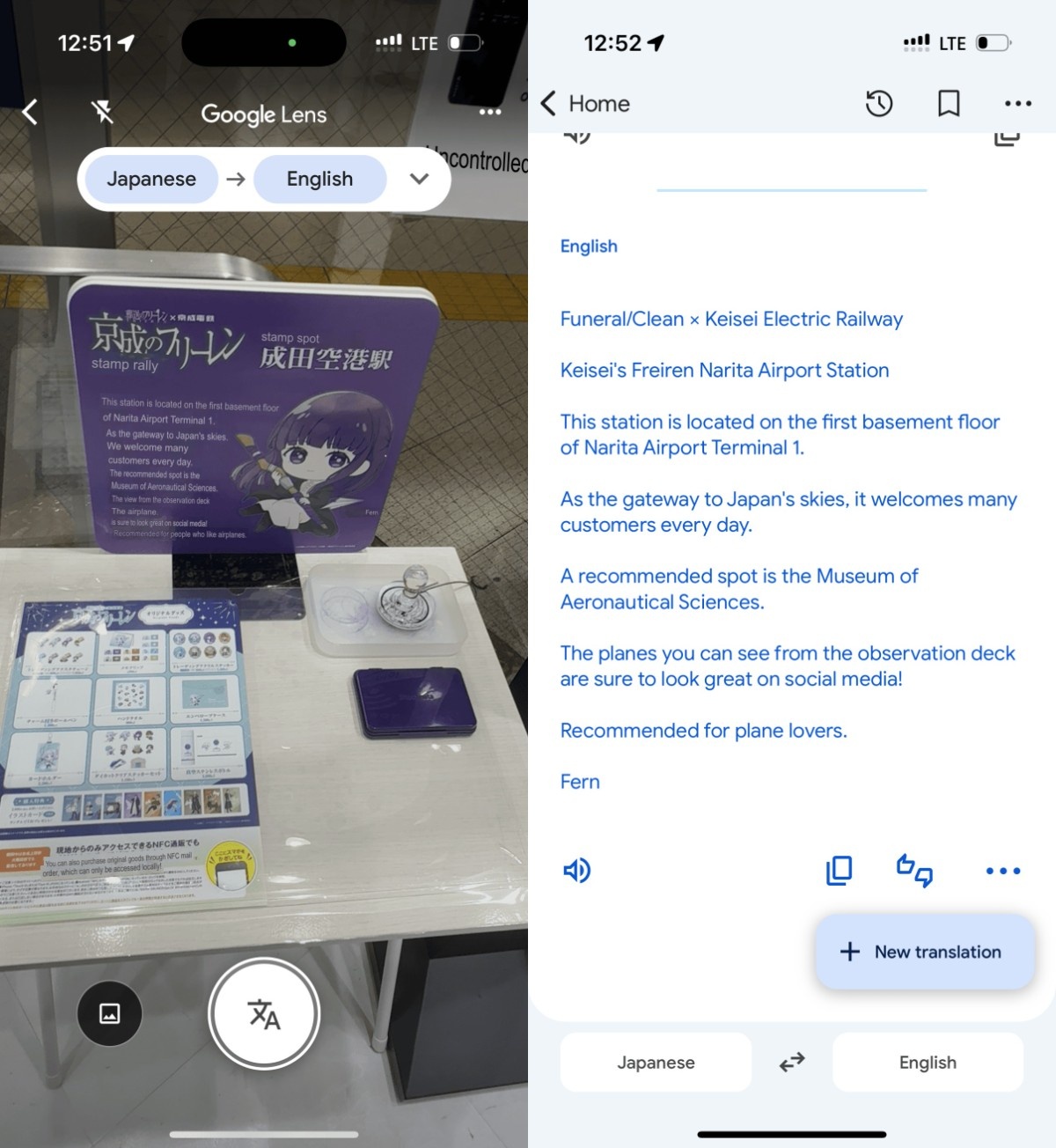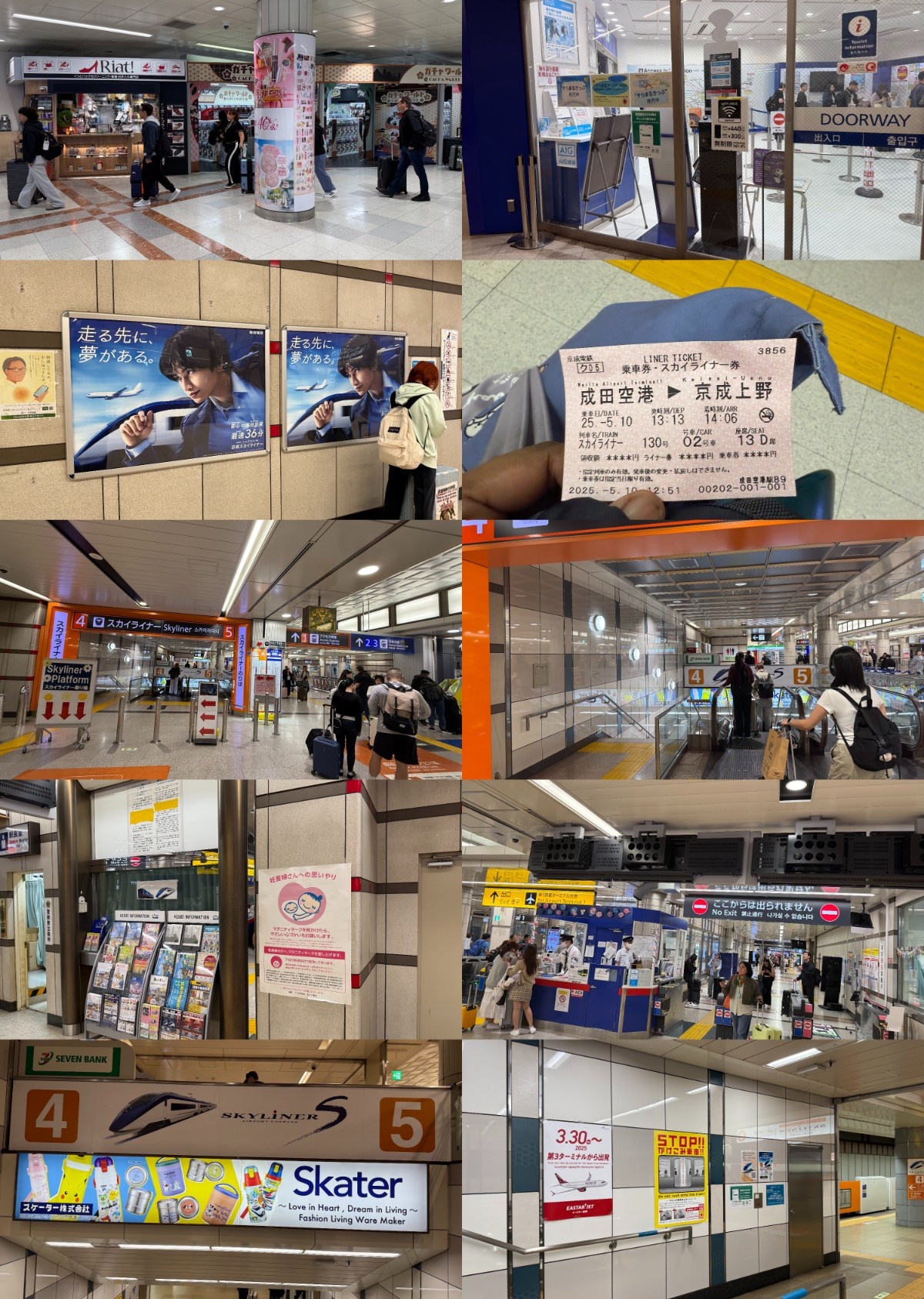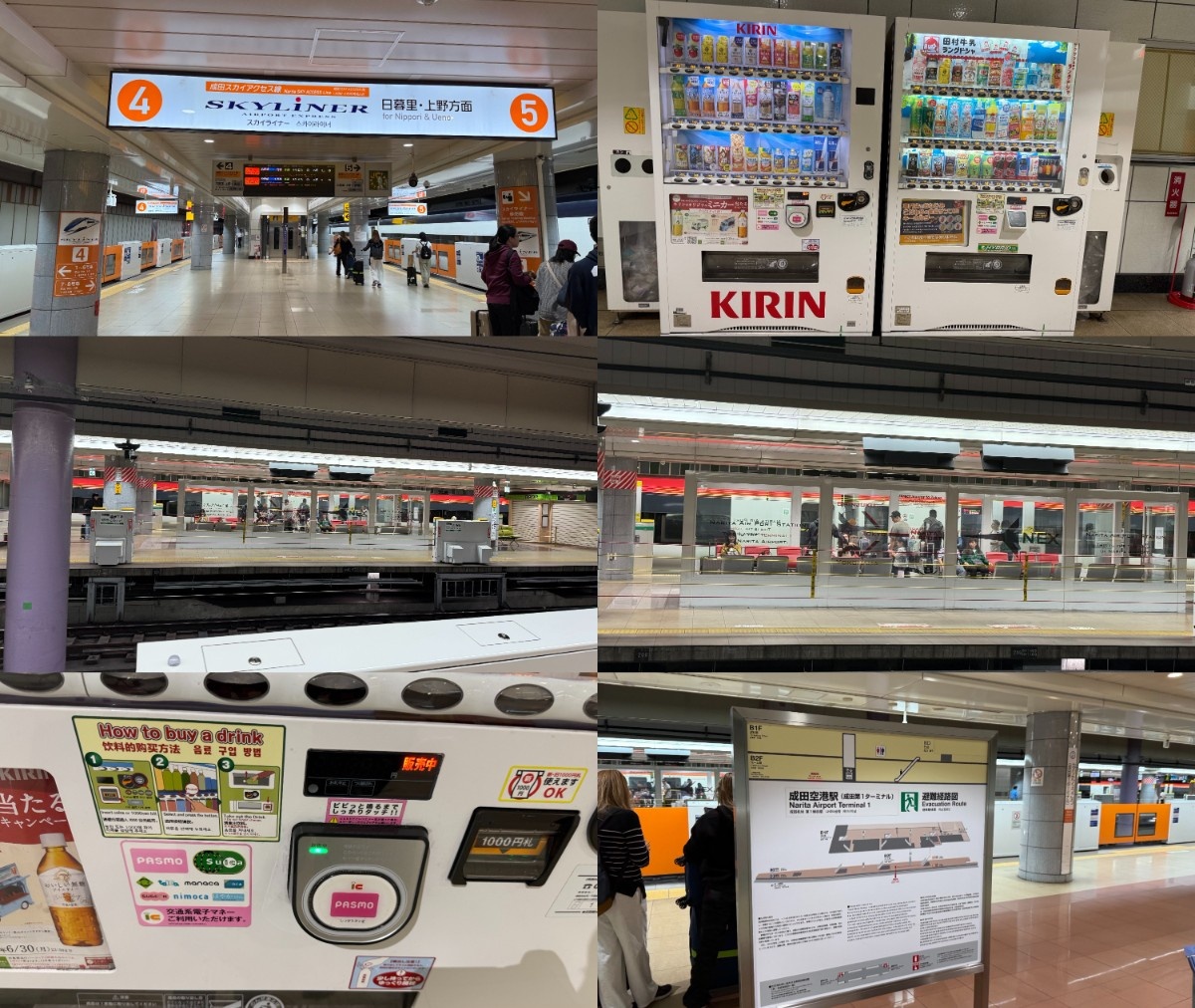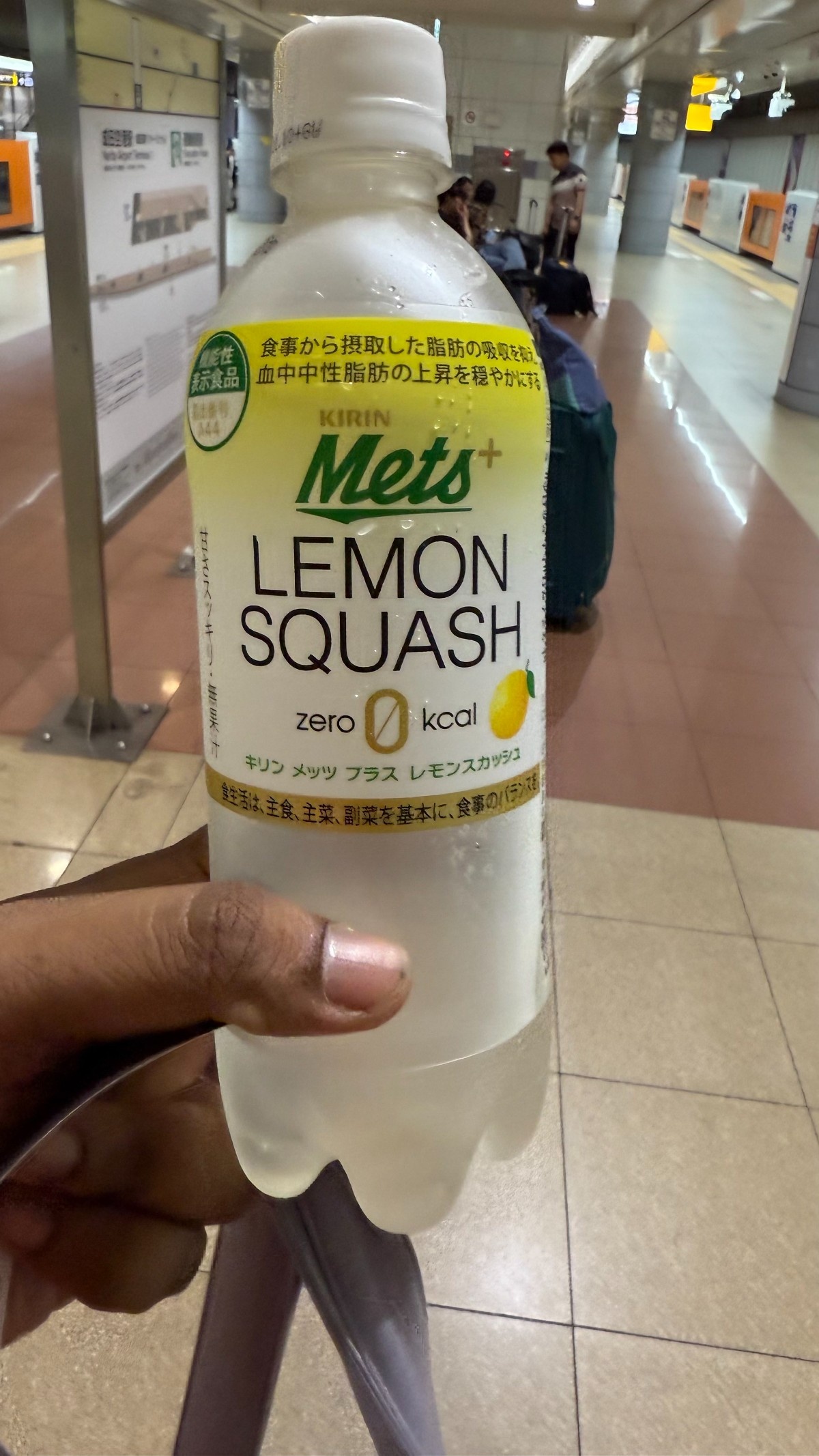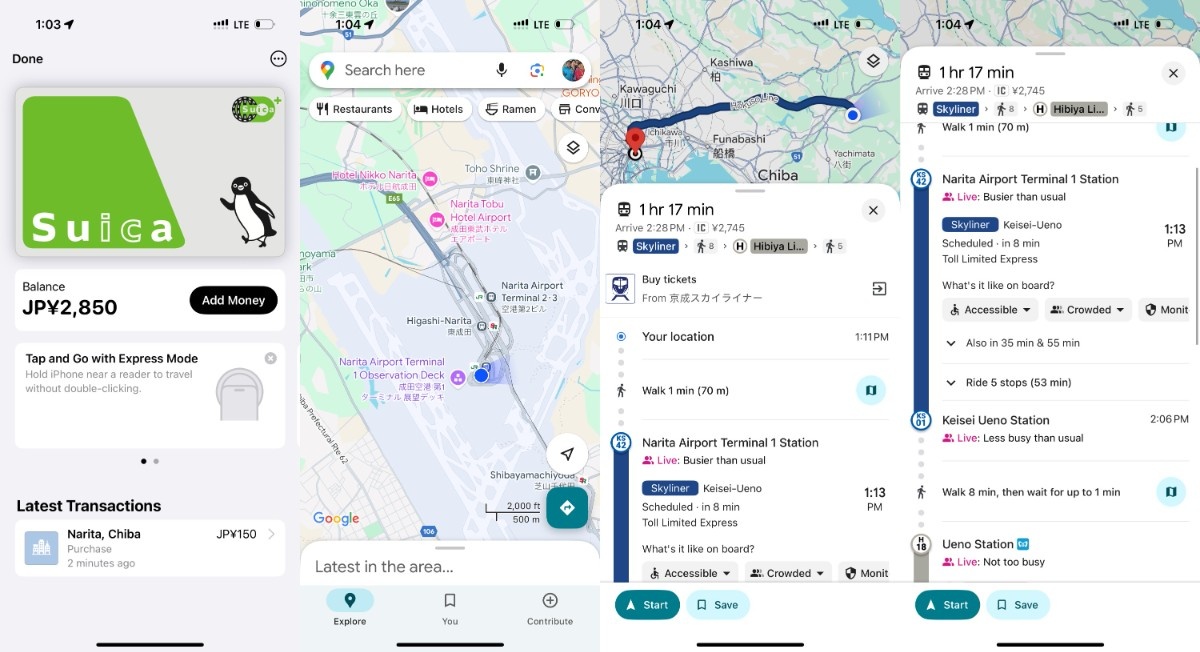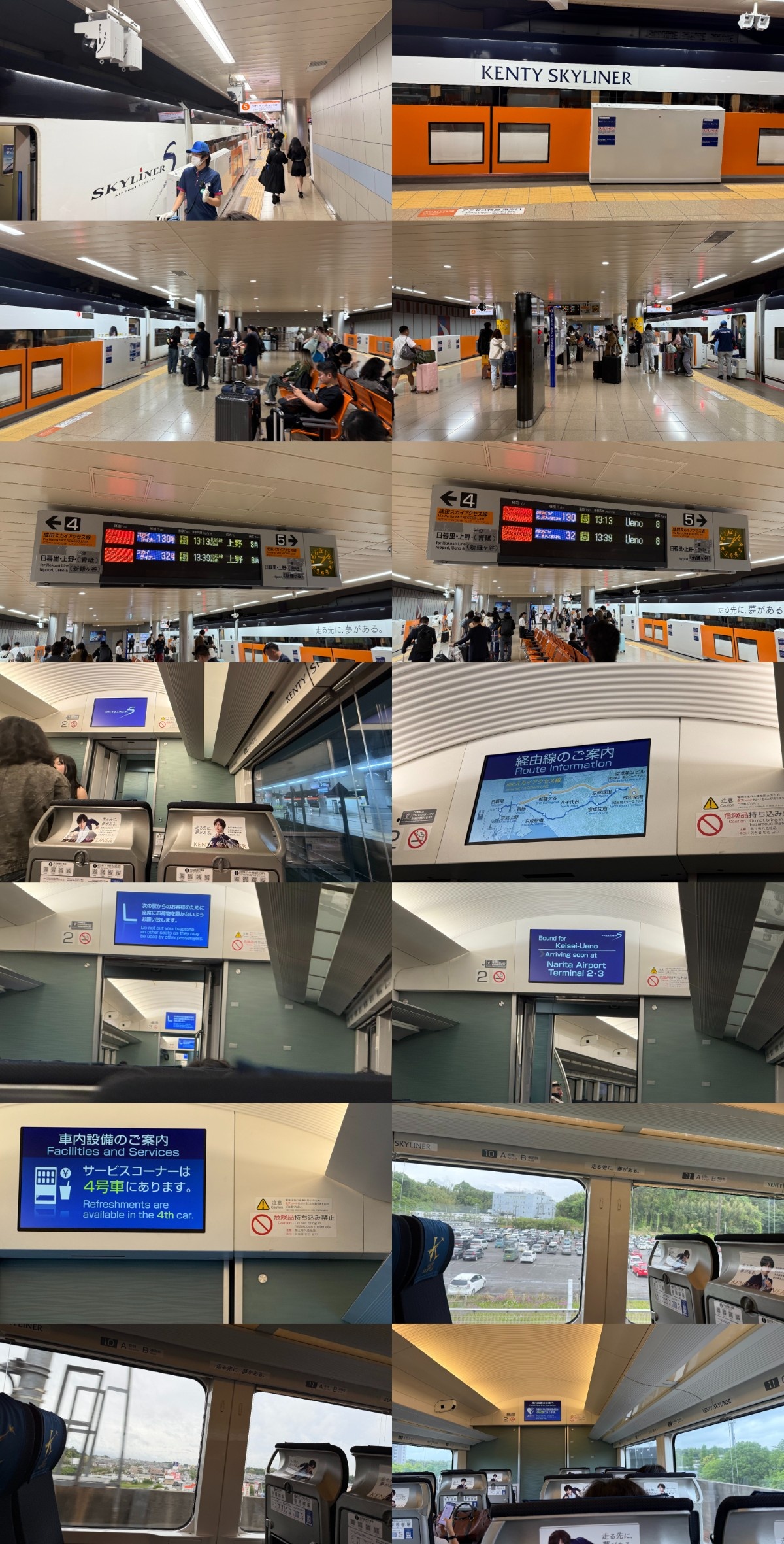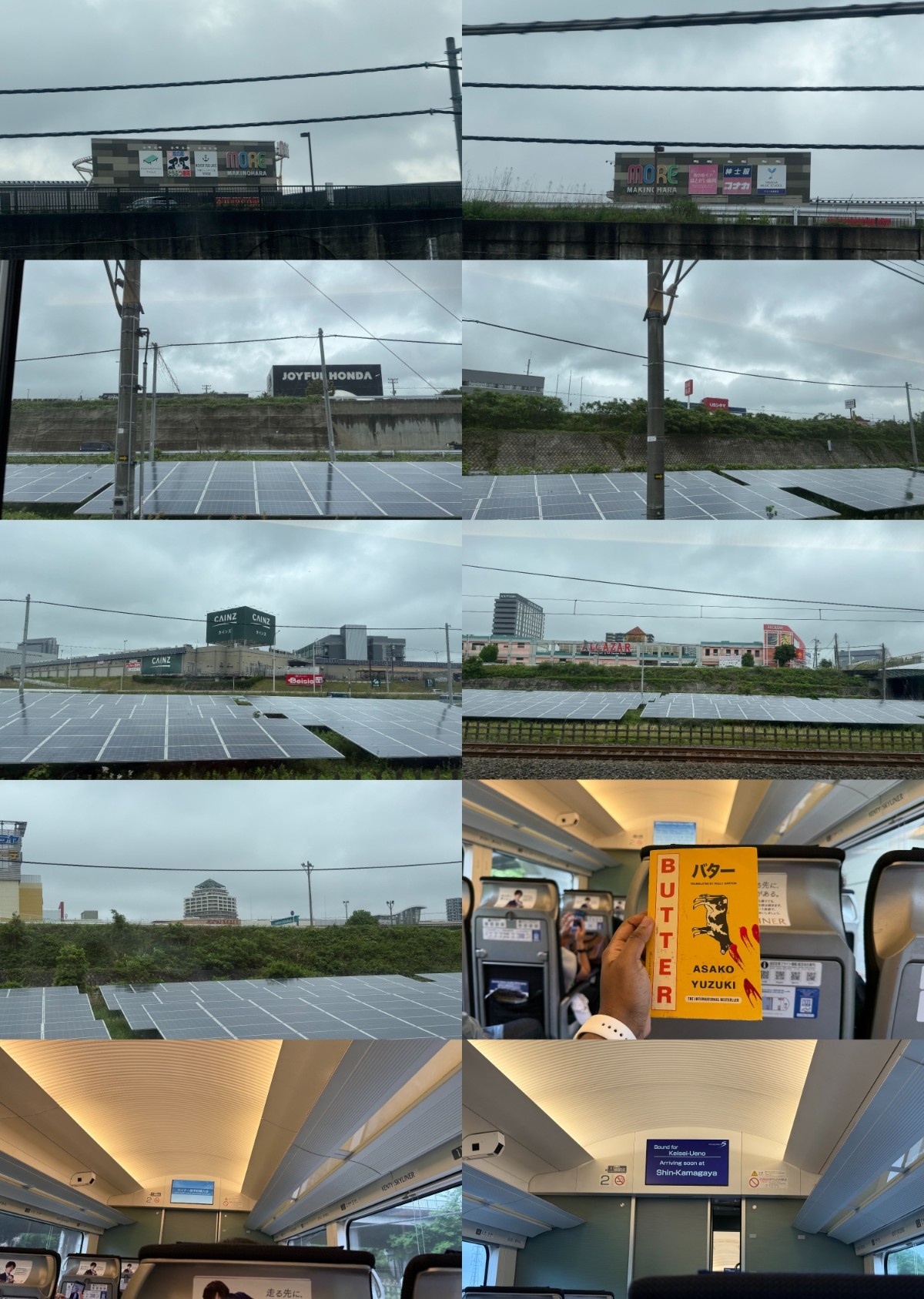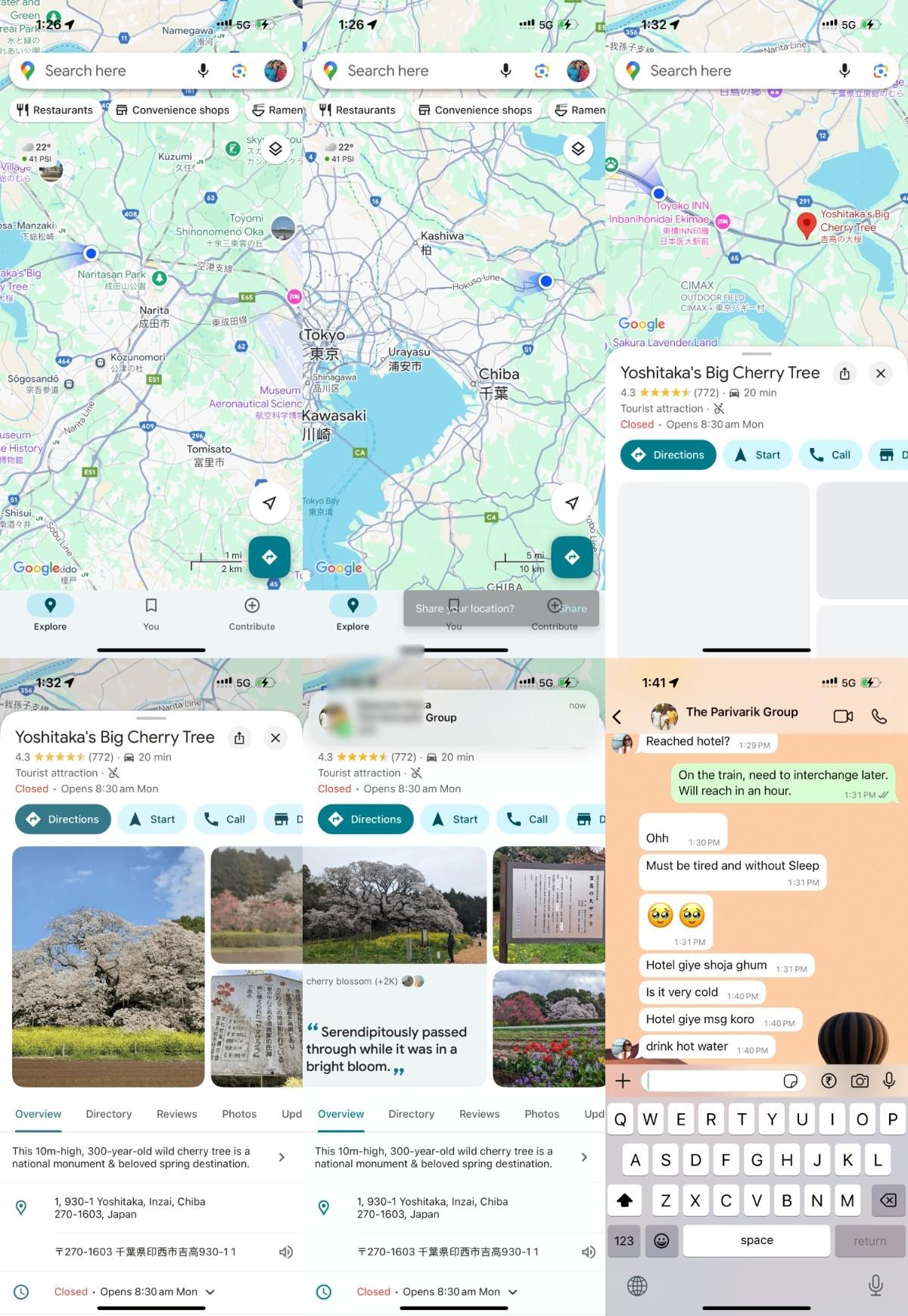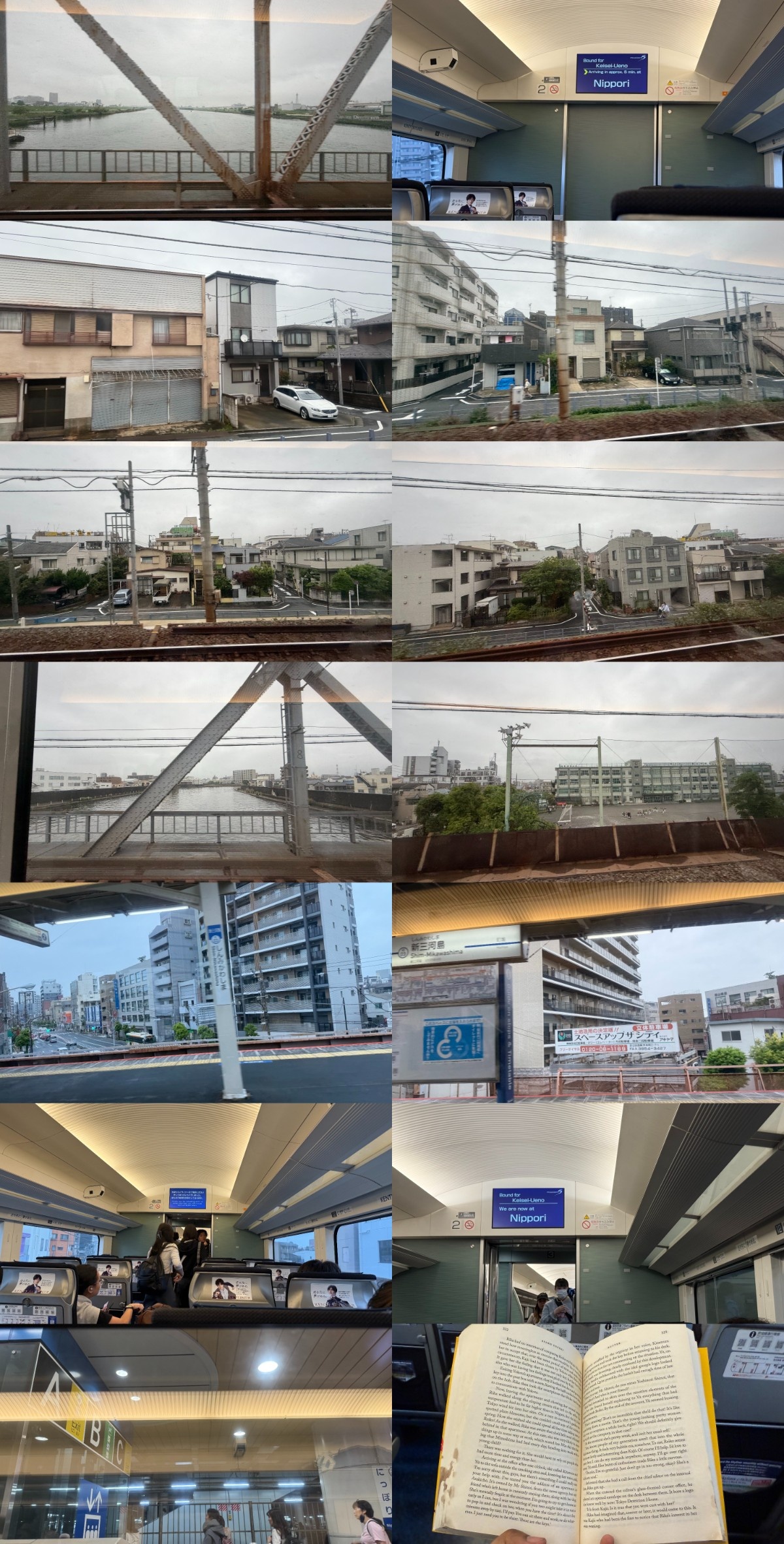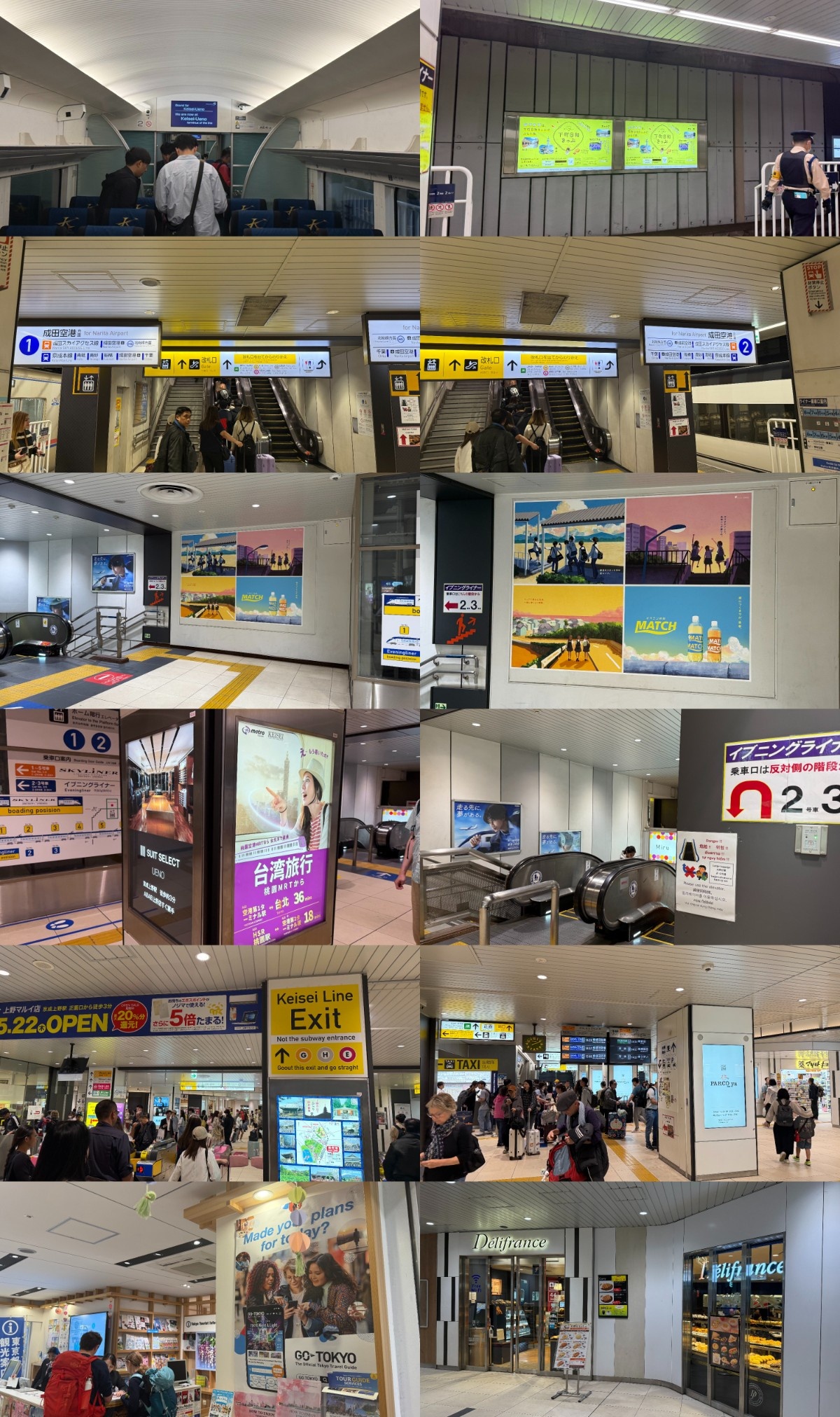In the middle of October 2025, it’s the thick of the job-placement season (for summer internships) at IIM Bangalore, the prestigious Indian business school where I’m studying. Of course, the schedule is so strenuous that there won’t be much time to spend on this website, but I’m still doing what I can to share my journeys with you.
Didn’t I tell you in May that I wouldn’t be online here for months, so busy would be my schedule — only to exceed my own expectations by publishing two trip reports in the meantime? Well, here’s another, about my entry to perhaps the most significant new country I visited in all of 2025: Japan. Let’s see how and when I churn out the rest!
(In that epic month of May 2025 alone, I took 12 flights on 8 new airlines across East Asia, before leaving Singapore permanently and returning to India for an MBA. Of these, this Asiana A380 flight was probably the centrepiece.)
My Asiana adventure, continued: A two-hour A380 (UPPER DECK!) flight to Tokyo
Let me resume where I left off: I found myself at Seoul/Incheon Airport (ICN) on a Saturday morning in May 2025, having flown Asiana Airlines’ A350 from Singapore to kickstart my epic 4-day, 5-flight Japan trip. Having never flown north of Hong Kong before, flying to two new countries — South Korea and Japan — on the same day was nothing short of a revelation for me. In the previous instalment, published in August 2025, I’ve already shared how important it was for me to fly Asiana’s A350 and A380 in one go — that too on the UPPER DECK!
Not that many airlines have had an Economy Class cabin on the A380’s upper deck, and OZ is one of the very few that do. I wasn’t going to let go of this rare opportunity to fly it for comparatively cheap. Impressively, Asiana is one of very few airlines not to have retired any A380s, along with British Airways and — though it has only three of them — Japanese Star Alliance partner ANA, which flies them all exclusively to Honolulu.
Moreover, ICN–NRT is currently the shortest commercial A380 route, now that Emirates Airline’s* Dubai to Muscat and Doha routes are no longer operated by the A380. (Its A380 service to Riyadh (RUH) — resumed in April 2024 — turned out to be short-lived, lasting only until October 2024. For the record, DXB–RUH is shorter than ICN–NRT!)
Not to mention my previous experiences with Asiana’s lovely mascots — see here and here for some details — were another major motivation for this trip. Plus the fact that the airline itself won’t exist for much longer — being merged into Korean Air by the start of 2027 — meant that I absolutely HAD to grab this opportunity with both hands!
*That’s not a typo: Emirates’ official name is indeed Emirates Airline, in the singular. So the apostrophe comes between Airline and the final S.
Flight routing
- 1
- 2OZ102 | Seoul/Incheon to Tokyo–Narita | 10 May 2025 | A380 | HL7634
- 3NH259 | Tokyo–Haneda to Fukuoka | 12 May 2025 | 777-200ER | JA742A
- 4JL310 | Fukuoka to Tokyo–Haneda | 13 May 2025 | A350-900 | JA06XJ (Class J)
- 5NH801 | Tokyo–Narita to Singapore | 13 May 2025 | 787-9 | JA888A
A video by Simply Aviation that sums up the Asiana A380 upper-deck experience (in the reverse NRT–ICN direction):
Korean handicrafts and the Airstar Avenue: ICN Terminal 1 Departures
Saturday, 10 May, morning. It hadn’t even been an hour since I’d arrived on the six-hour Asiana A350 flight from Singapore. No sooner did I go through the arrival corridors than I’d already turned towards the transfer counters of Incheon Airport’s Terminal 1, where all non-SkyTeam airlines (and a few SkyTeam ones) are based.
This was my first time to South Korea, though I wouldn’t be crossing immigration this time, since Japan was the focus of my trip. Needless to say, I was very impressed by the massive size of this global megahub. ICN is located on an artificial island very far from — some 50 km west of — the main city of Seoul, but NRT, my destination for that day, is even further (70+ km) from the centre of Tokyo!
After going through the security check, I took the escalator a level up, and encountered a rather utilitarian-looking corridor with a currency exchange and some shops.
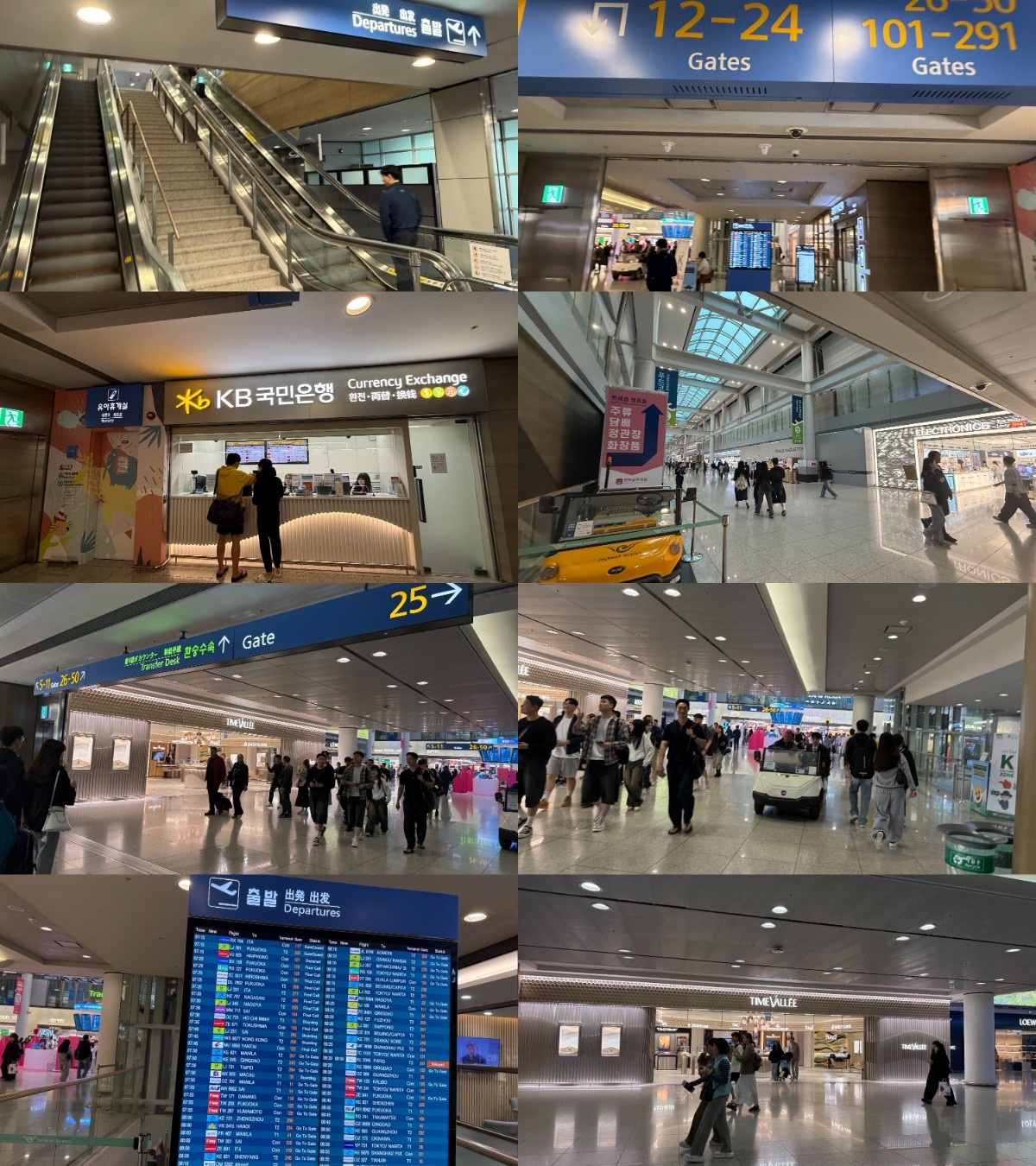
I walked a bit further, and came to a central square having some very cool 3D displays with a surreal extruded effect. At its centre was a row of screens that asked a very unambiguous question: ‘May AI help you?’
After admiring the artworks above, with their neogrotesque — is that an applicable word? — effects, I spied a Korean cultural heritage centre just beside.
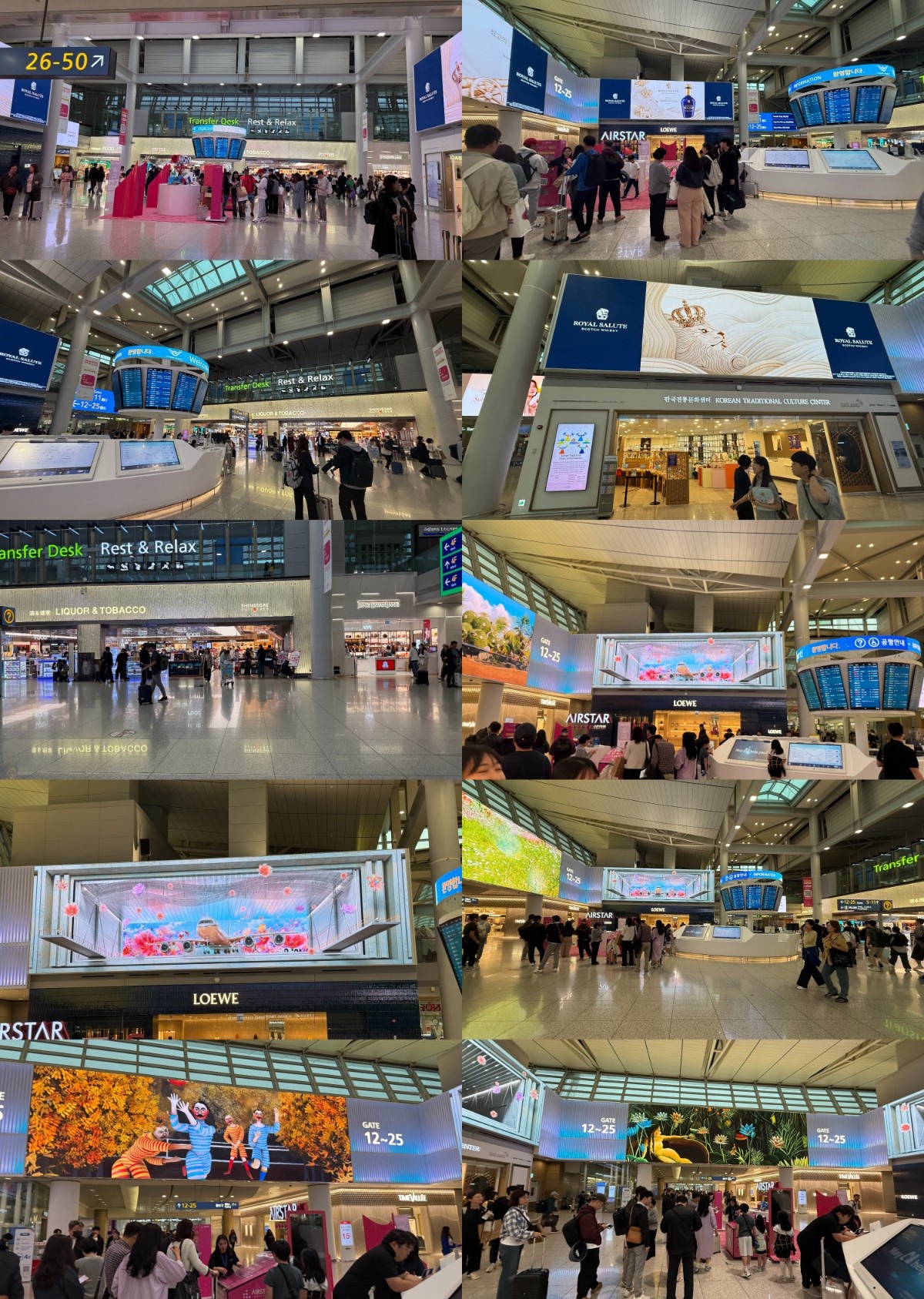
I knew I’d be spending a fair bit of time at the Korean heritage centre. For some time, though, I needed to explore the other areas of the ‘Airstar Avenue’, as the place was called.
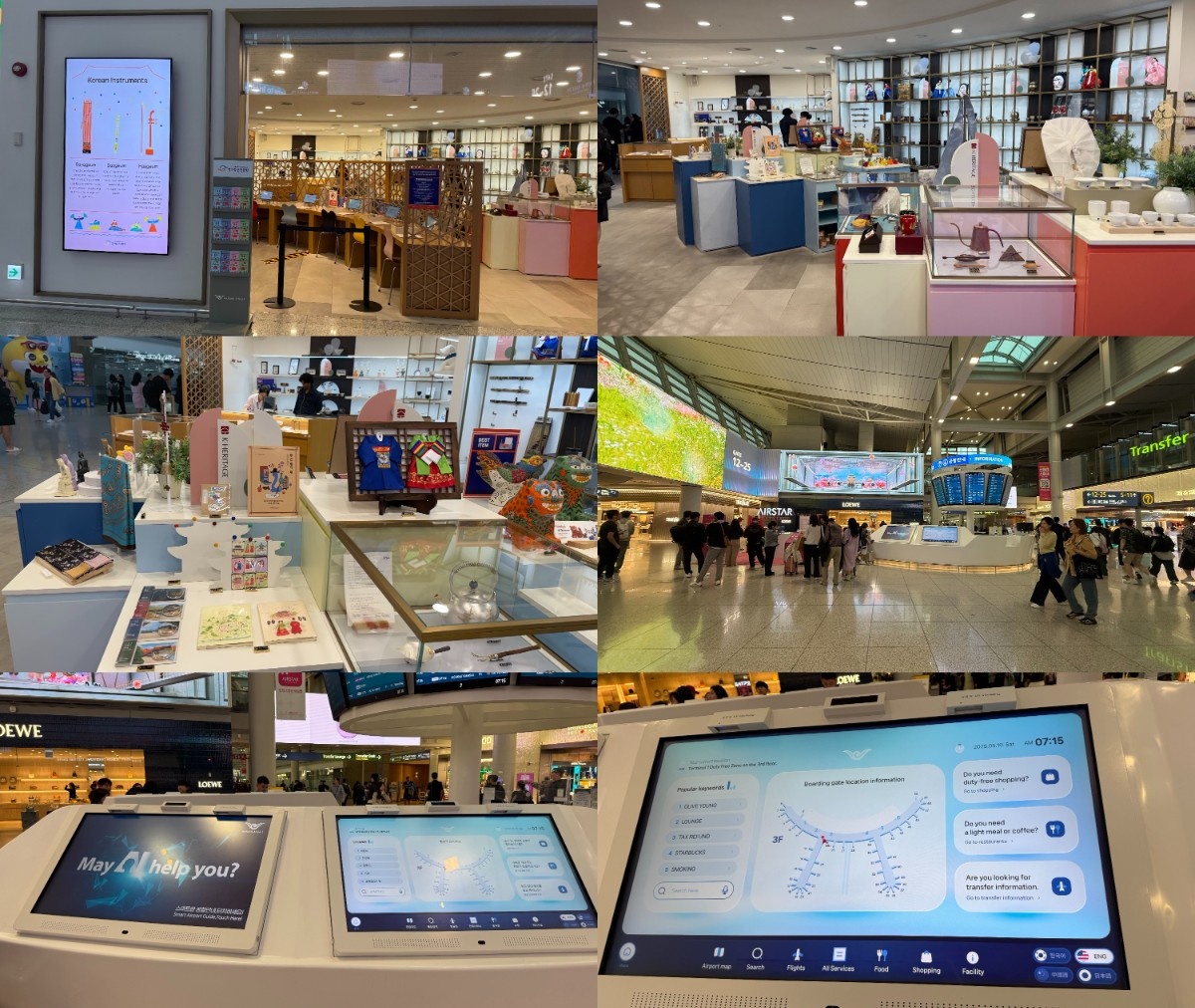
As you might expect from a country with such a strong skincare and beauty landscape, Sulwhasoo ads were omnipresent — coexisting with European fragrance ads, like Lancôme. You’re as likely to find Sulwhasoo in Paris as Estée Lauder here in Seoul, which shows how far K-beauty, in terms of the luxury quotient, has come.
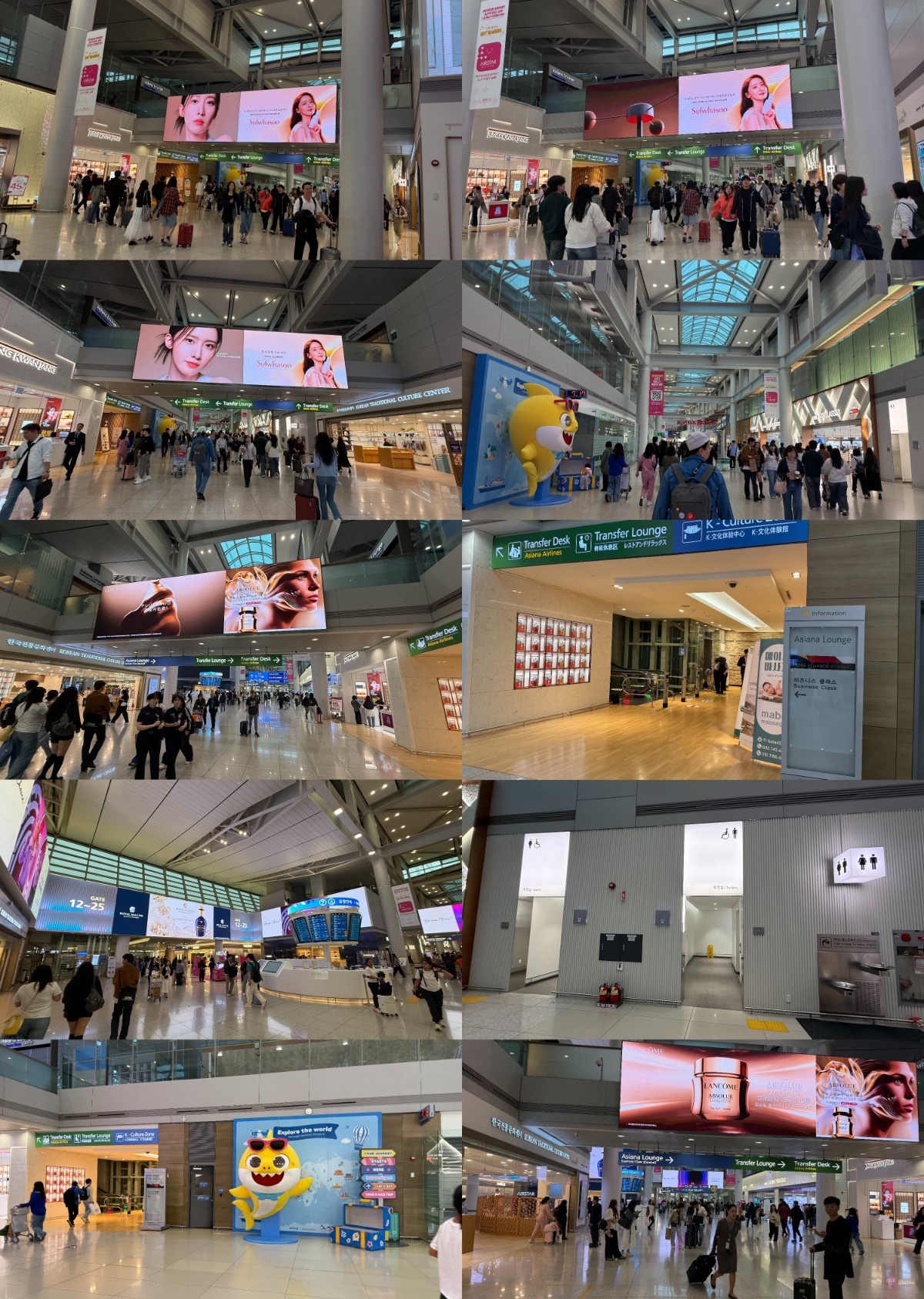
After a brief restroom check, I turned straight into the Korean cultural centre. It had all manner of traditional handicrafts in a modern setting — and, honestly, it looked more like a high-end designer store than a handicrafts shop. They weren’t all that cheap either, with many of them crossing the KRW 100,000 (US$70) mark, but I still found a few that I liked.
Isn’t that all airport stores in a nutshell? Pretty products, high prices! Make no mistake, though: they were beautiful and thoughtful, that’s for sure.
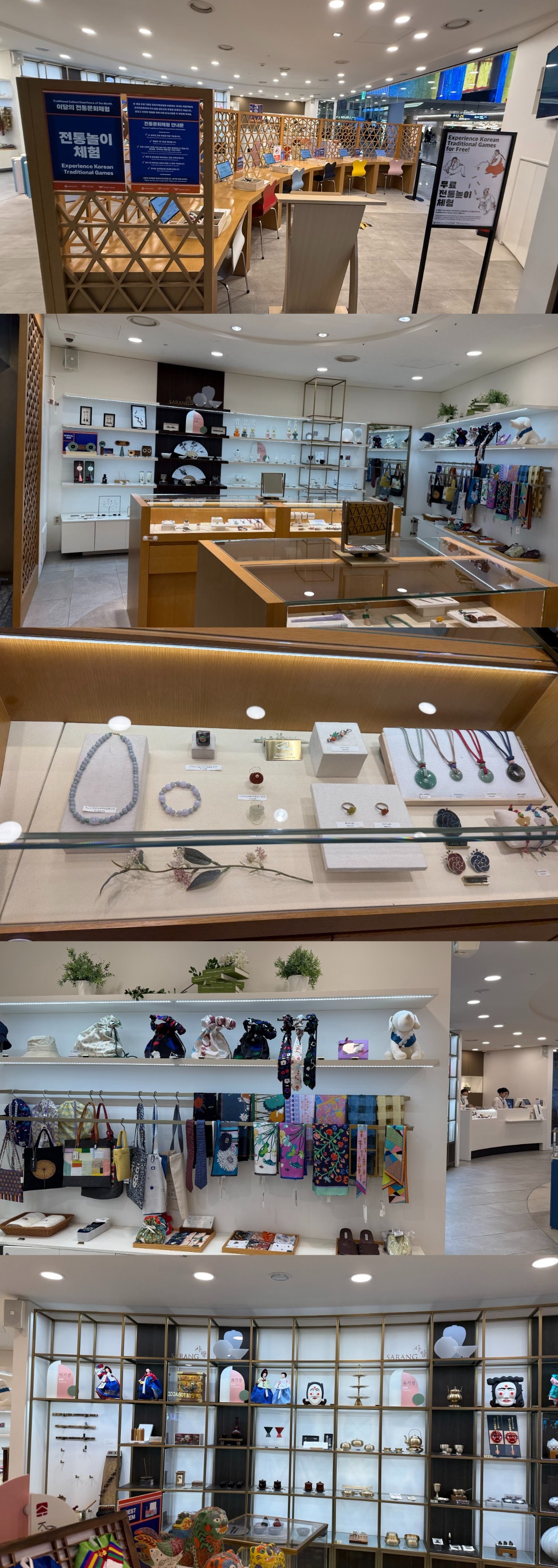
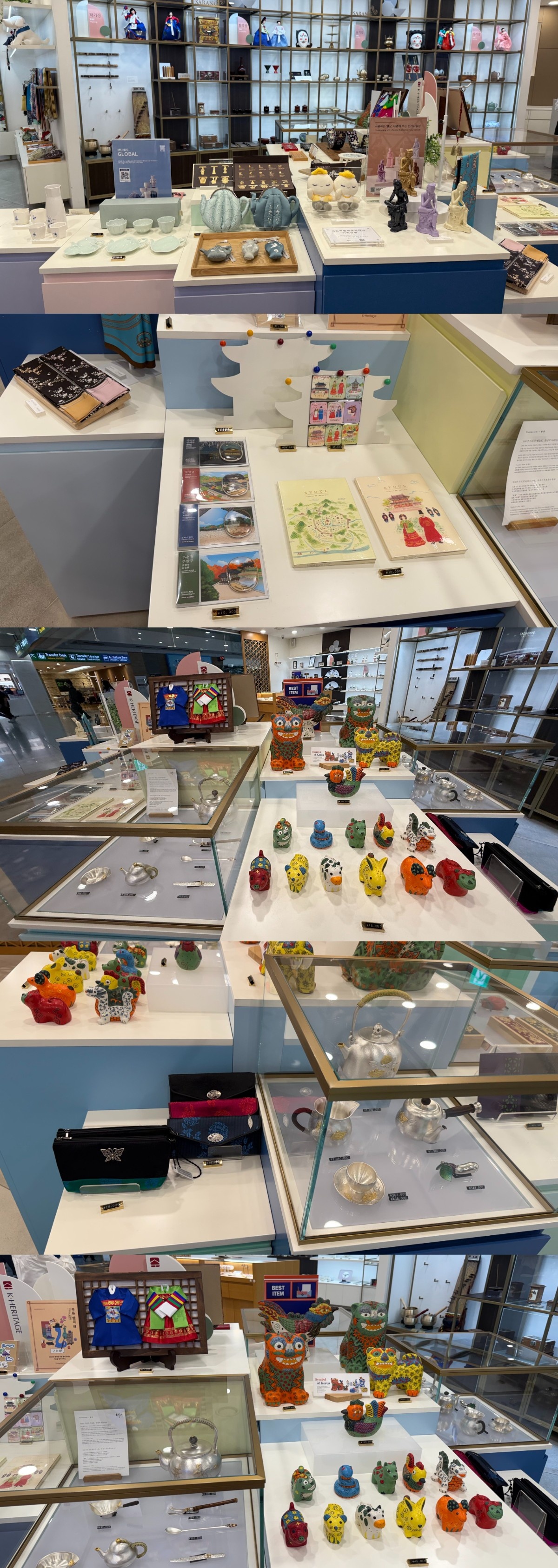
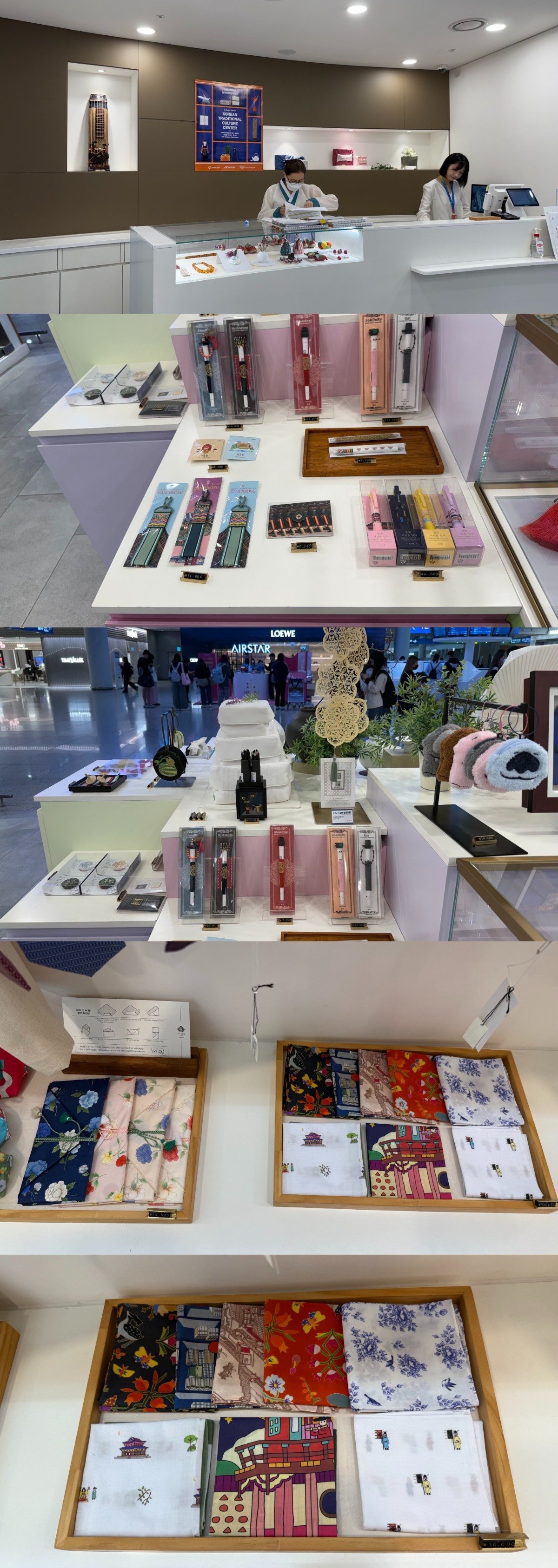
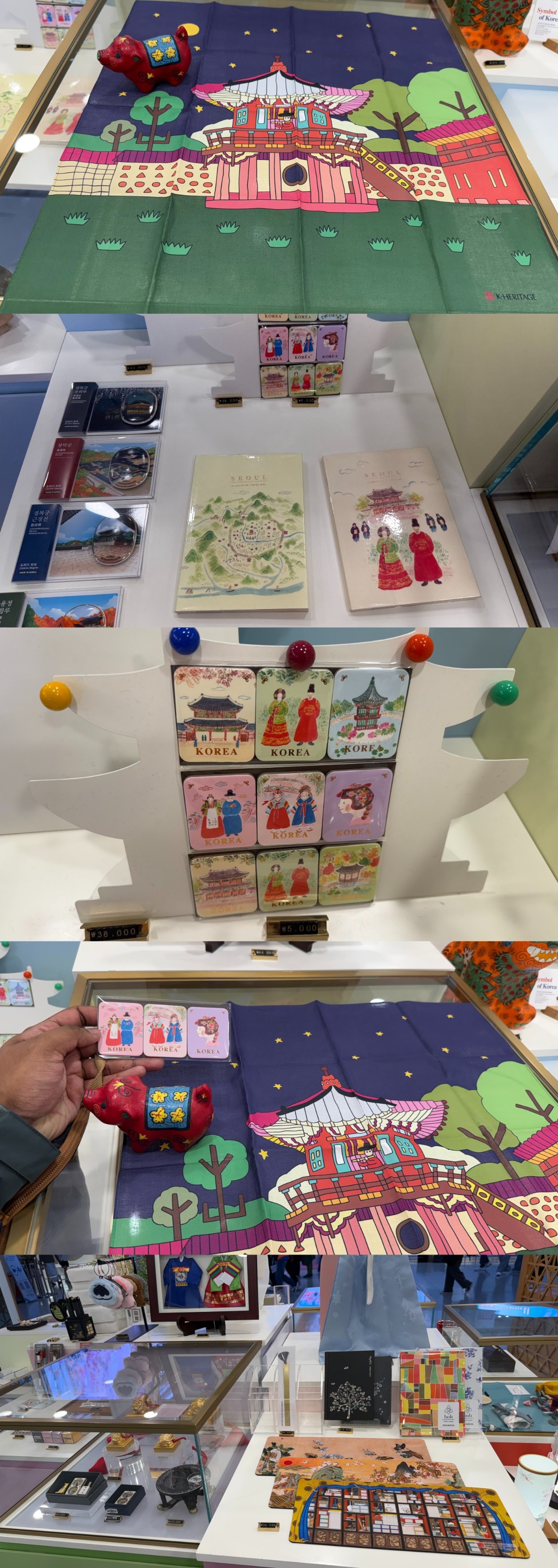
After much searching, I eventually zeroed in on a large, intricate handkerchief, an adorable little piglet 🥰 and three fridge magnets. It was the very least I could do to take home a little bit of Korean culture on this otherwise very Japanese trip!
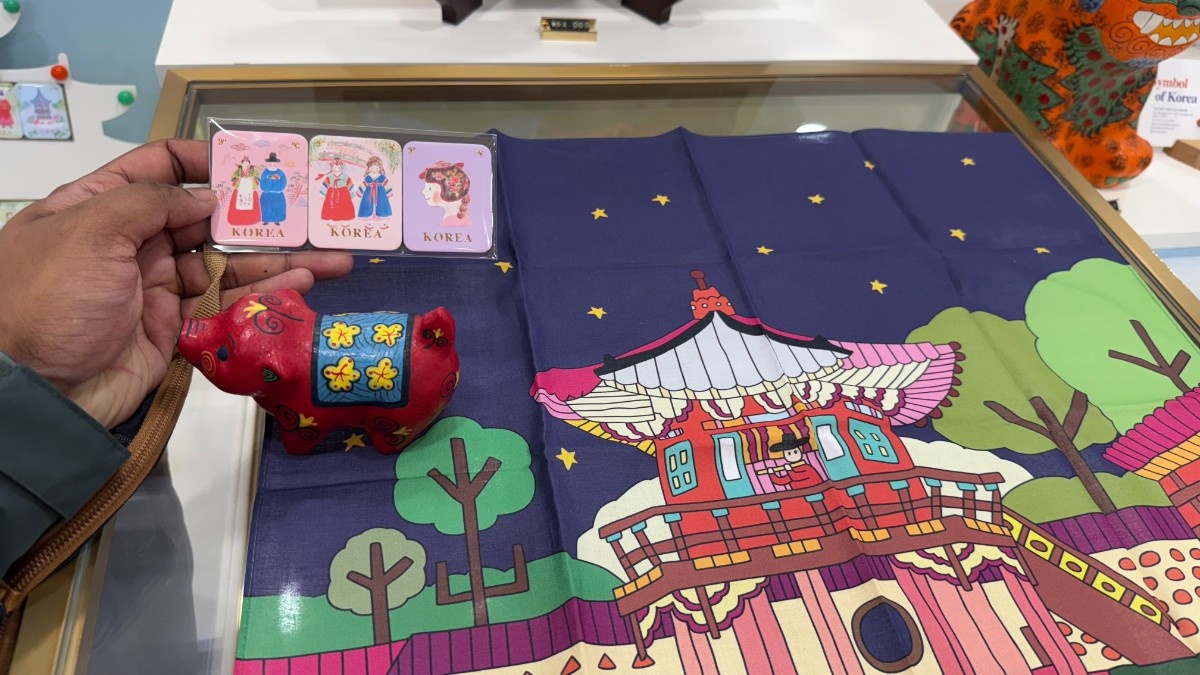

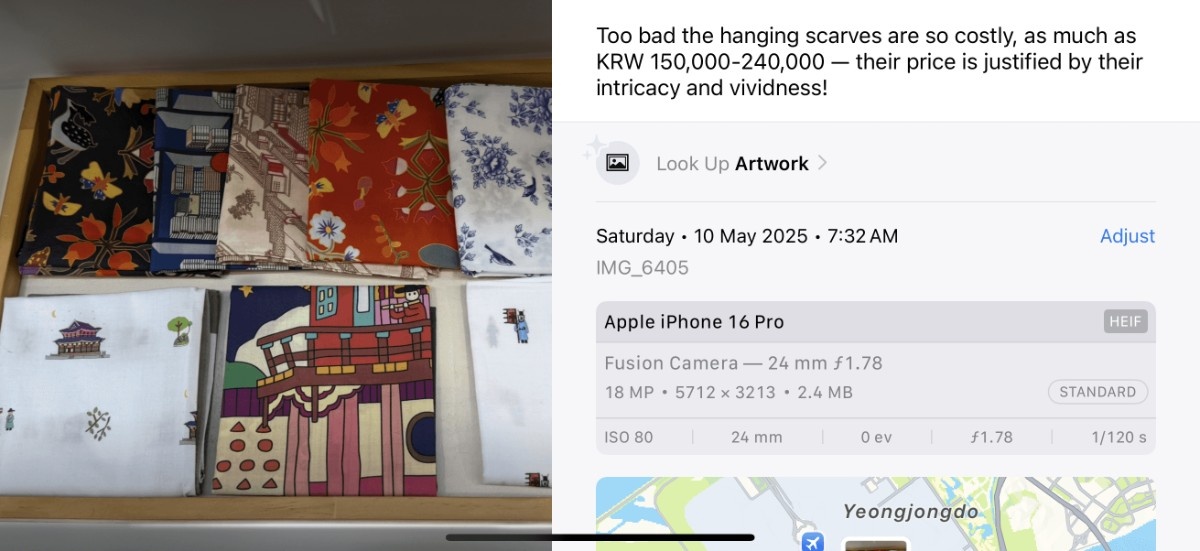
Then I ambled past the food displays, including that most Korean of bakeries (don’t be deceived by the French name!): Paris Baguette, an established brand over in Singapore. Paris Baguette has plenty of branches there, but Tous Les Jours, another Korean bakery chain with a French name, returned to the city-state only at the end of 2024 after a hiatus several years long.
(There are also plenty of Japanese bakeries with French names, with Châteraisé being the most popular one in Singapore.)
I gave the duty-free stores a wide berth, not really caring for all the BT21 merchandise inside them and the Pinkfong/Baby Shark branding elsewhere.
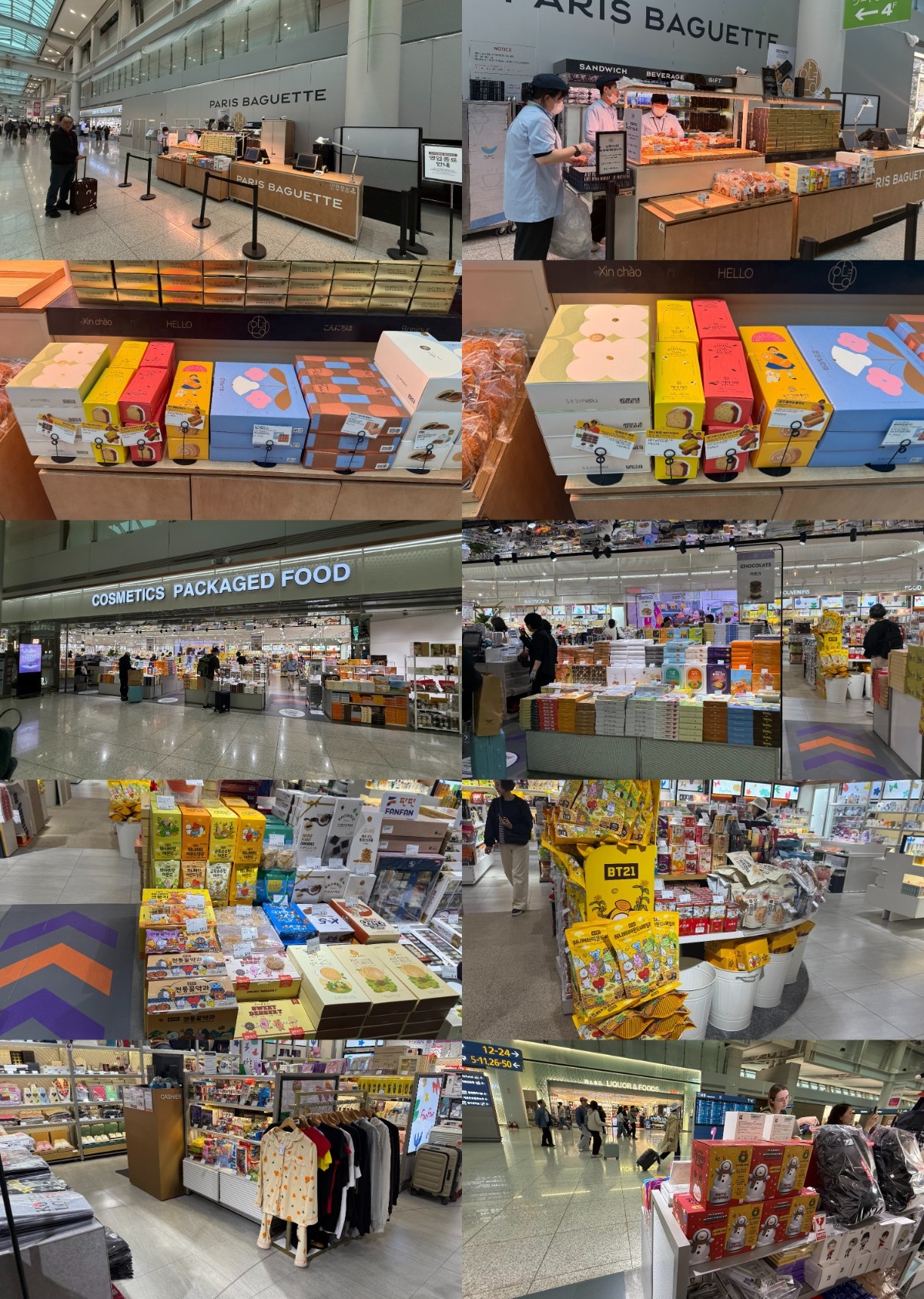
The terminal’s central corridor looked like a very glamorous, jazzier version of the octagonal arches at Colombo’s Bandaranaike Airport to me. I realise I’m comparing apples to oranges — this being a fancy, well-heeled global megahub with luxury boutiques, in stark contrast to the extremely old and small place that is CMB — but the similarities in the high ceilings were striking. Meanwhile, flights boarded to nearby places like Fukuoka and Beijing–Capital.
(It may surprise you that, despite its small size, SriLankan Airlines actually flies from Colombo to Incheon three days a week, and Tokyo–Narita the other four. It does not, however, fly to Hong Kong — that’s left to Oneworld partner Cathay Pacific — but serves next-door Guangzhou instead.)
There were a handful of eateries, but none especially appealed to me in terms of the food offered — though I will admit that the Baskin Robbins looked enticing!
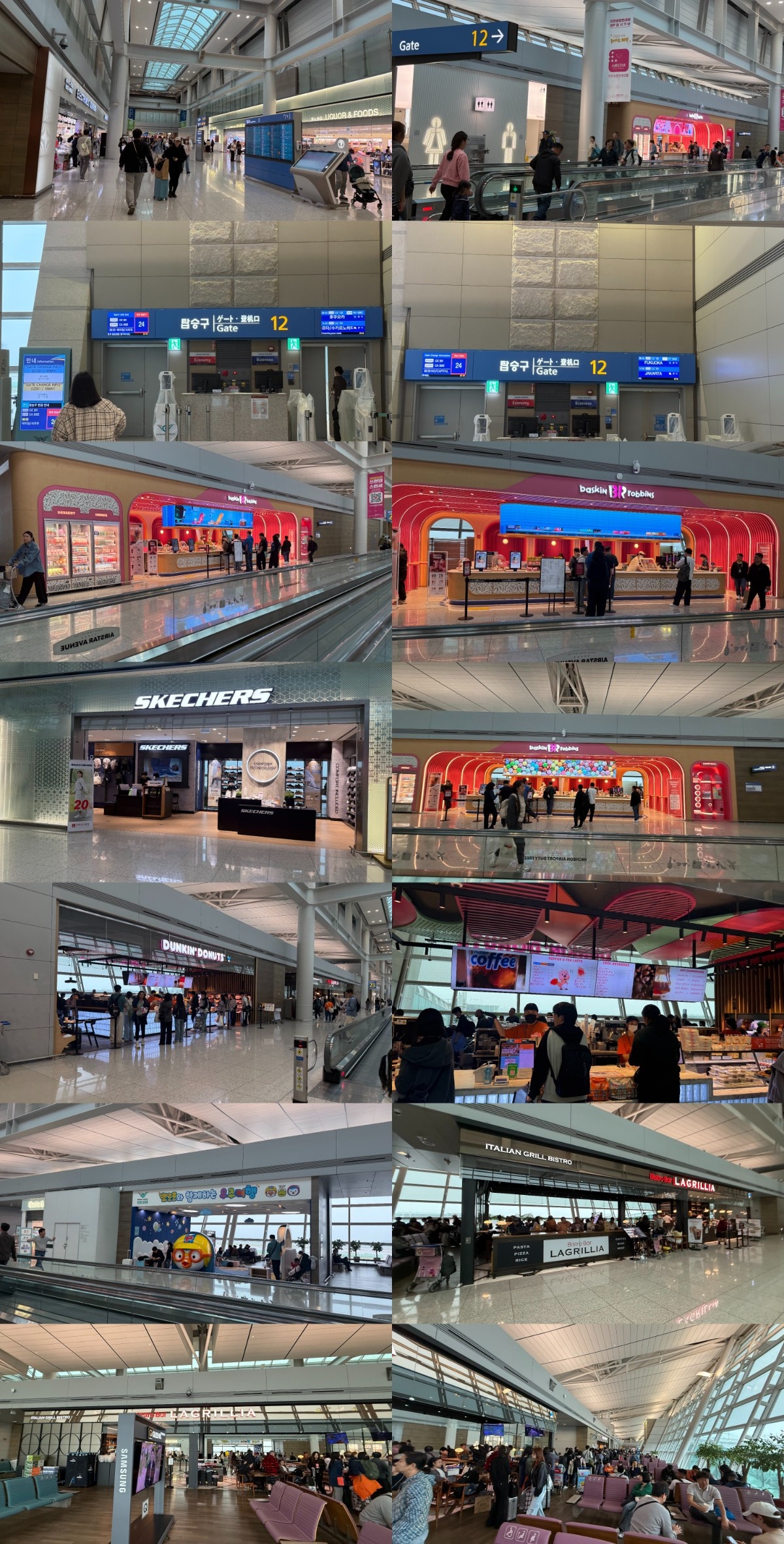
All behold the A380 — on its shortest global flight
At ICN Terminal 1’s main corridor, you have travellators in the centre, with restaurants and shops flanking either side, and the huge departure seating areas on the other side of those. A bit similar to Hong Kong, except HKG really takes it to the next level in terms of how airy and spacious its main corridor is.
I brushed past those restaurants and came to the sprawling boarding galleries with huge, clear windows, feasting my eyes on the endless Asiana aircraft, from older A330s and 777-200ERs to newer A321neos and A350s. It wasn’t long before I spied an A380 parked in the distance: one of six at OZ, with all of them (HL7625/26/34/35/40/41) being in service, despite rumours of retirement.
That’s a feat only British Airways could otherwise match, with every single one of its 12 A380s still flying… aside from Asiana’s Japanese Star Alliance partner All Nippon Airways, which has only three A380s — in special Flying Honu liveries — that are flown exclusively between Tokyo–Narita and Honolulu. Meanwhile, Korean Air, Asiana’s once-competitor and now-partner, also has six A380s (down from 10), with the oldest four (HL7611–7614) being scrapped.
At present, ICN–NRT on Asiana Airlines (OZ102 outbound, OZ101 return) remains the A380’s shortest route globally. However, this sector briefly lost A380 service at the end of May 2025, being replaced by a mix of the A330-300 and A350-900 — though the A380 returned to this sector on 25 August. In the interim, Korean Air’s ICN to Taipei route took the crown as the world’s shortest A380 route from June to August 2025.
While Emirates Airline brought back A380 service from Dubai to Riyadh (RUH) in April 2024 — making DXB–RUH the world’s shortest A380 route — this was discontinued within a few months, in October. Before the pandemic, it flew even shorter routes, to Muscat and Doha. Here’s a detailed, well-presented review of Emirates’ A380 inaugural to Muscat — at the time the world’s shortest — in 2019!
In fact, for a few months in 2021, Singapore Airlines did an even shorter route — the 45-minute hop to Kuala Lumpur — for crew familiarisation purposes!
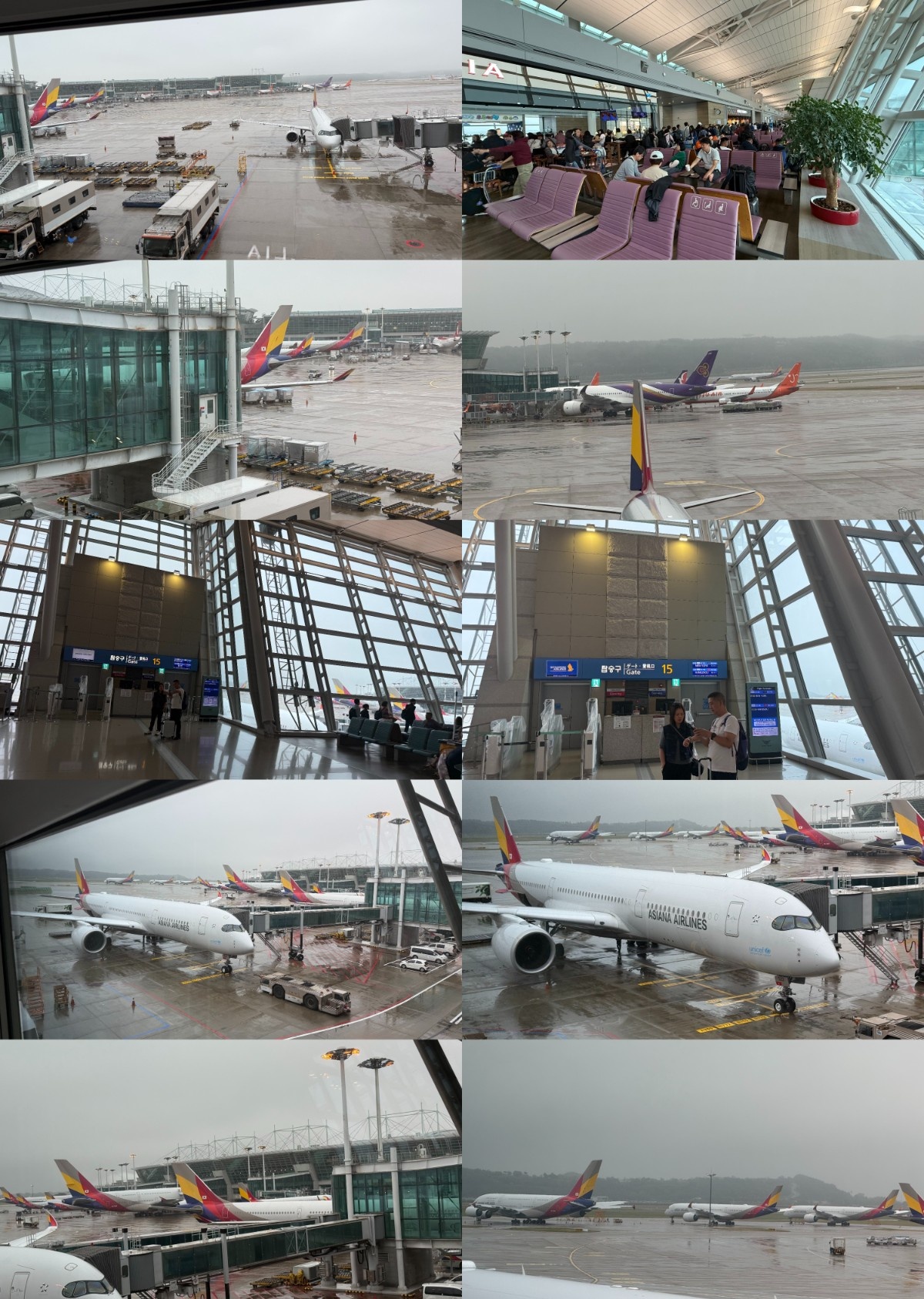
The windows were decorated in places with colourful stained-glass panels, giving a kaleidoscopic effect. At the far end of the corridor lay Gate 17, where my A380 awaited, and I had a peek at the registration: HL7634. This, then, was to be my only A380 flight of 2025 — and my fourth overall, after one on Singapore Airlines (December 2023) and two on Emirates (July 2024). Boarding was yet to start, so I had a bit of time to grab a quick breakfast from Dunkin’.
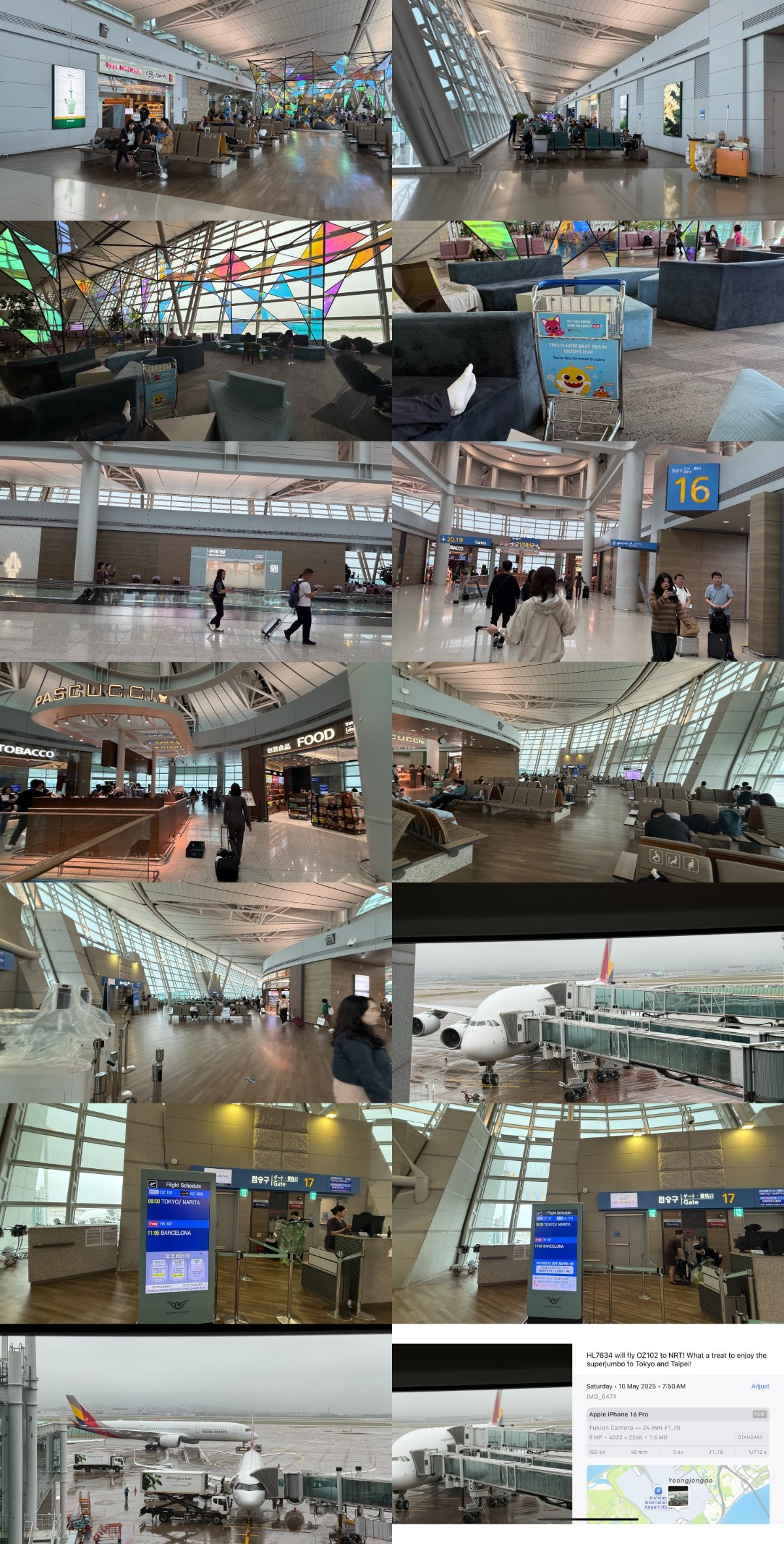
As noted in my photo caption below, I must say I slightly prefer the vast, airy spaces of HKG to this, but those are first-world problems. To be flying from ICN, one of Asia’s (and the world’s) most important and advanced transport hubs, was itself an achievement for me. East Asian airports are among the best in the world, make no mistake — and none more so than Changi. But Middle Eastern airports — like Abu Dhabi’s new Zayed Terminal A, which I visited in September 2025, flying the Etihad A350-1000 to Mumbai — and some Indian ones, particularly BLR T2 and BOM T2, are among my favourites too.
I headed to Dunkin’, which still featured the old Dunkin’ Donuts branding. For the sum of KRW 11,500, I bought an egg sandwich and orange juice. The prices were actually quite similar to Singapore dollar prices: all you had to do was remove three zeroes (or divide by 1000) from the KRW value to get the SGD. In fact, the TVs showed numbers like 5.4 and 7.6 — practically SGD as far as I was concerned!
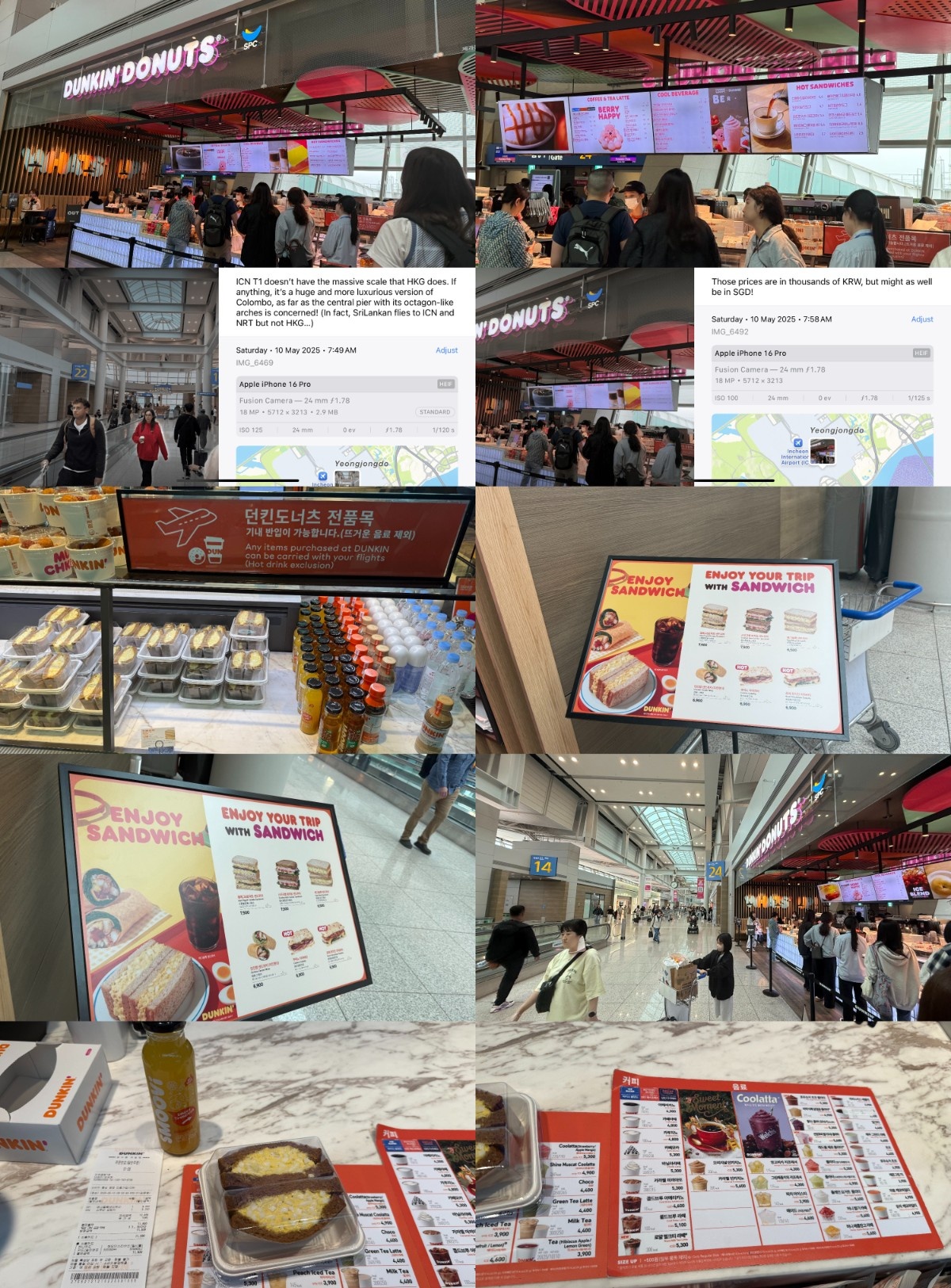
Having previously sent pictures of the Korean cultural centre (and the things I’d bought from there) to my family, I looked up my A380, HL7634, a bit and informed them that I would be ready to board soon.
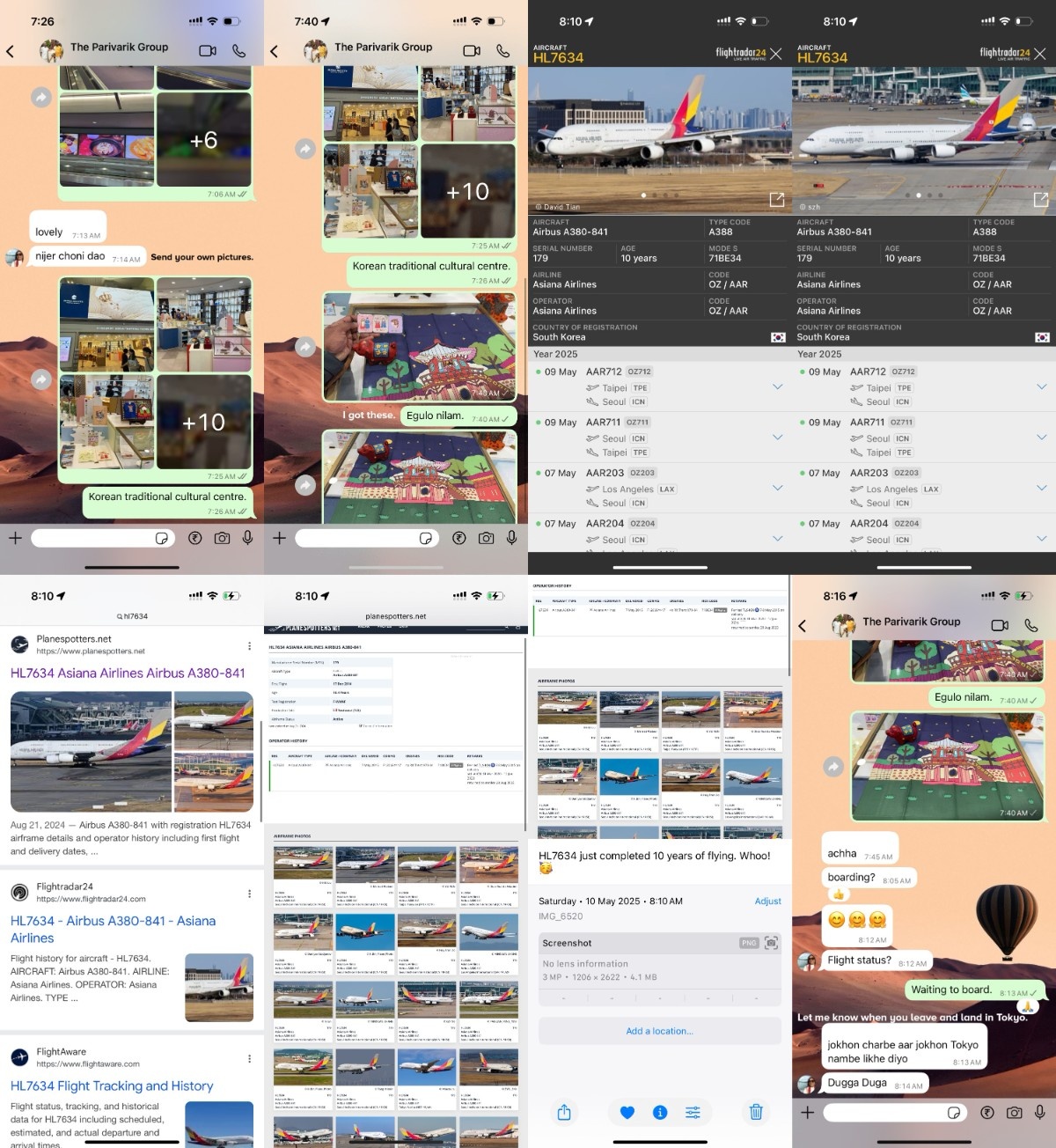
With sandwich and orange juice in hand, I returned to the gate just as boarding was about to commence. Plenty of aircraft were landing, most of them with HL (Korean) registrations, save for an A340-300 of Swiss International Air Lines.
As passengers lined up to board the superjumbo, I posted about my OZ A380 adventure to the MileLion group on Telegram. This is Singapore’s largest miles-and-points community, named after the namesake website, with over 35,000 members at last count.
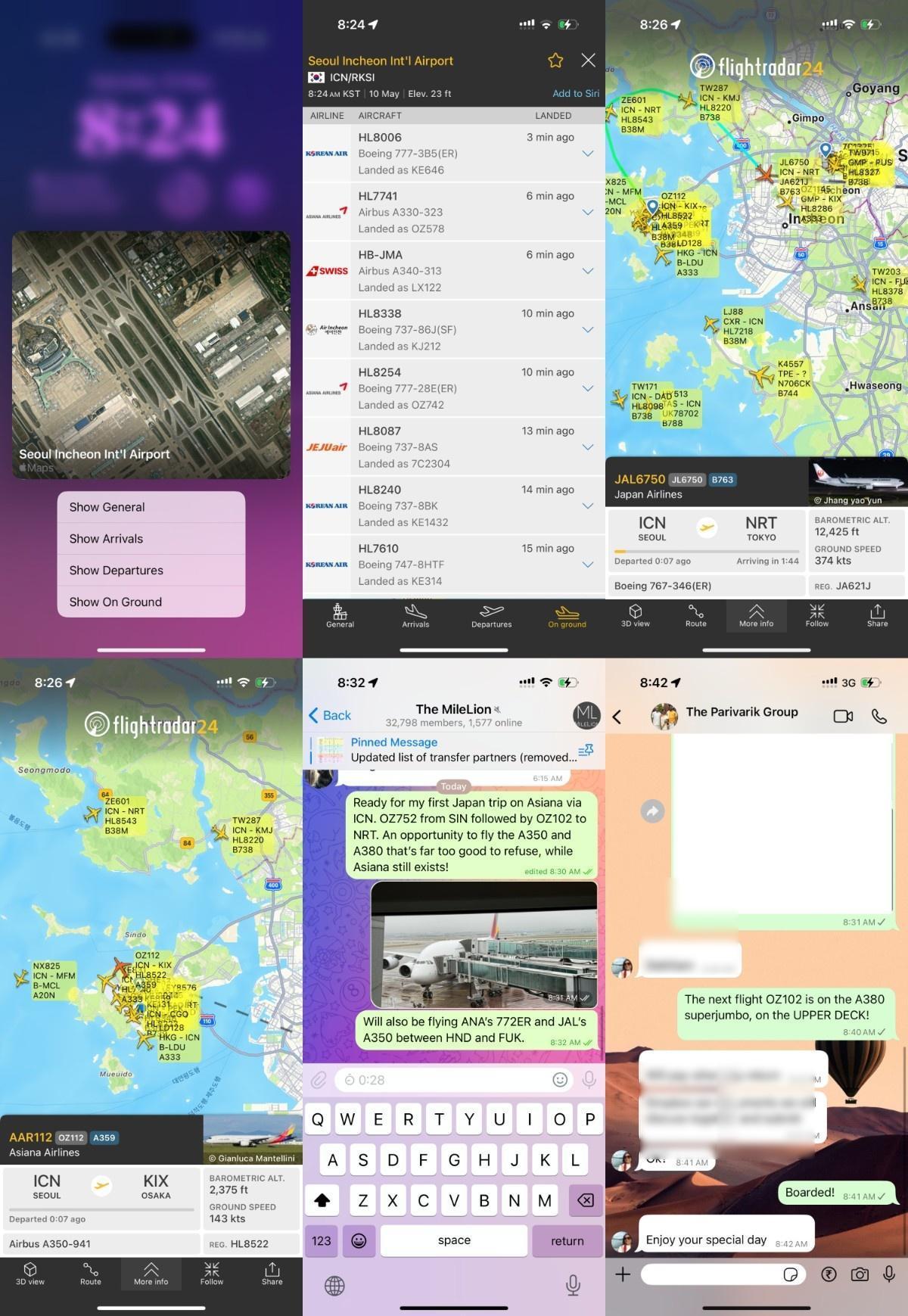
With a few more sexy A350s to ogle at — plus the odd Jin Air 777-200ER or Air Premia 787-9, in a country packed to the brim with such low-cost carriers — I waited for the last few chairs to be empty. I simply could not resist snapping as many OZ aircraft as I could! When would I return to Incheon again — and, indeed, would Asiana still exist at that time?
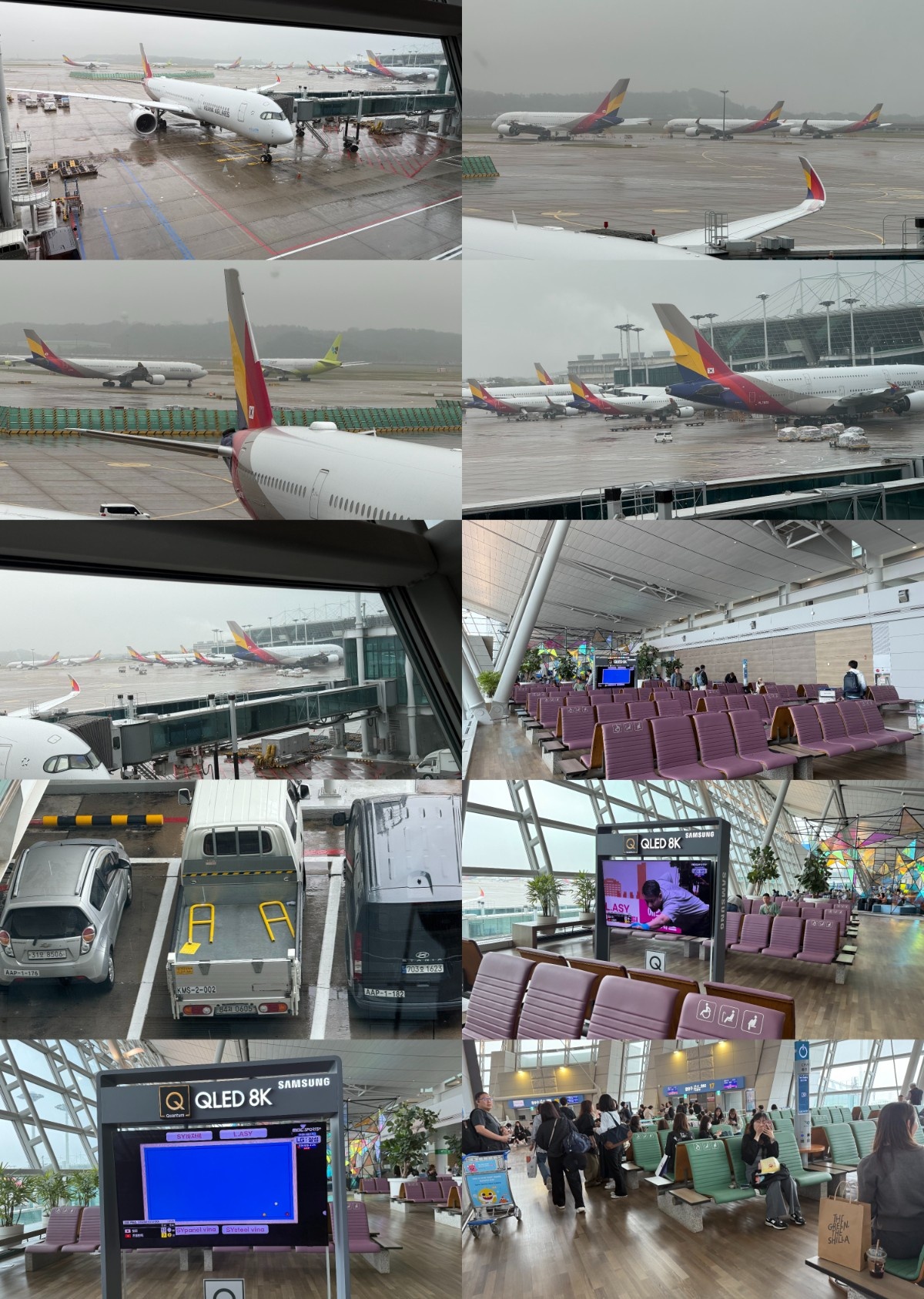
As the last few people turned towards the jetbridge, I experienced the thrilling feeling of going UP a level to the UPPER deck: something that most other airlines’ A380s reserve for First and Business Class passengers. A very special A380 flight, indeed — how short and how sweet, on the upper deck, on an airline that won’t exist for much longer!
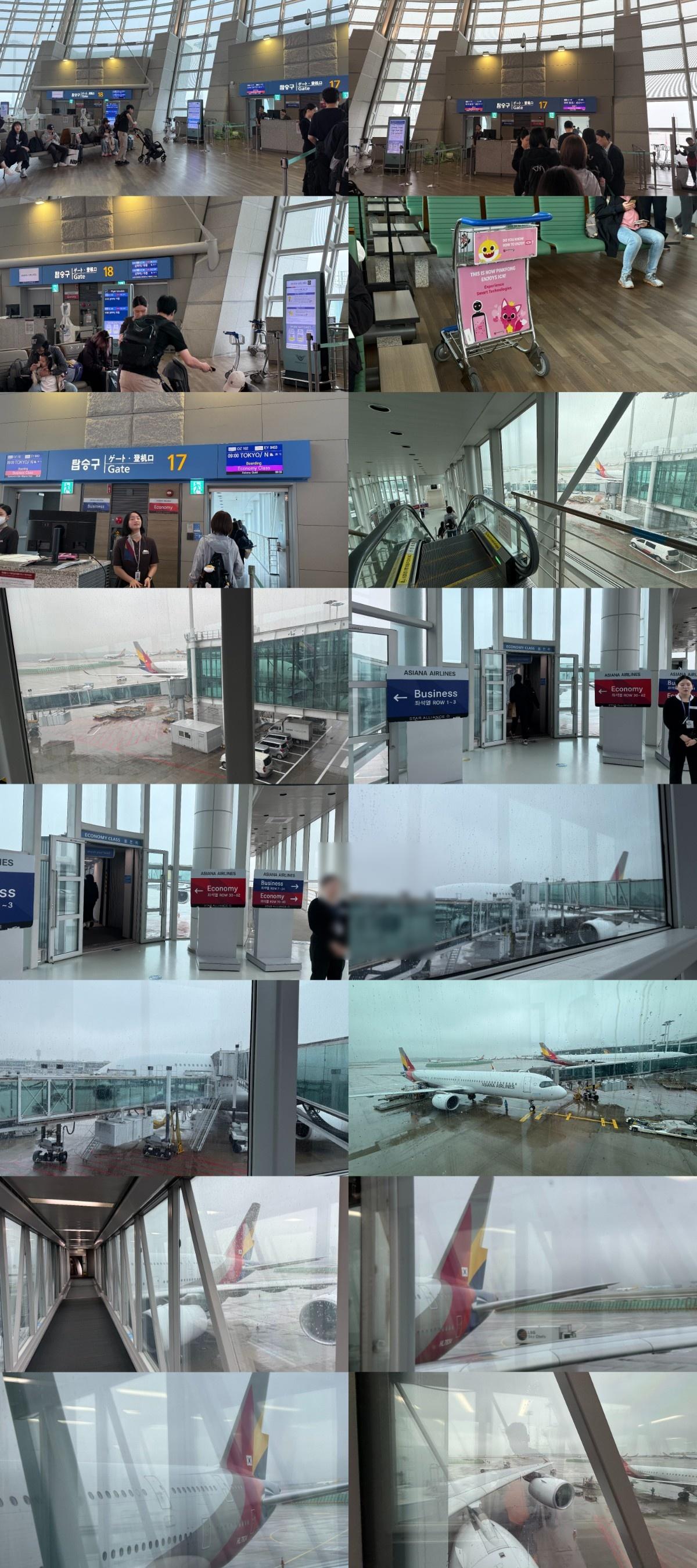
The flight: Boarding and departure
Flight: Asiana Airlines OZ102/AAR102
Date: Saturday, 10 May 2025
Route: Seoul/Incheon (RKSI/ICN) to Tokyo–Narita (RJAA/NRT)
Aircraft: HL7634, Airbus A380
Age: 10 years 4 months at the time (built: 17 December 2014, delivered: 7 May 2015)
Seat: 75K (starboard side, window; upper deck)
Boarding: 8:40am KST/JST, UTC +9
Departure: 9:28am KST/JST
Arrival: 11:16am KST/JST
Duration: 1 hour 48 minutes
Notes:
• First flight to Japan, my northernmost and easternmost country visited so far — with South Korea itself breaking that record barely two hours before, with the inbound flight from Singapore. However, since Tokyo is latitudinally south of Seoul, ICN remains the northernmost airport I’ve visited to date.
• Second flight on Asiana Airlines, after the inbound flight from Singapore (OZ752) on the A350-900.
• Fourth flight on the A380, after one on Singapore Airlines (to Mumbai) in December 2023, and two on Emirates Airline (from Singapore to Dubai and back) in July 2024.
(I will say that I did board — though not fly on — the Singapore Airlines A380 earlier, on 25 October 2020. This was the Restaurant A380@Changi event, as part of a series of on-ground events during COVID-restricted times.)
Two full decks of Asiana’s signature beigeness
The infamous beige interiors of the airline made their appearance again, as passengers were beginning to settle in. The Smartium business-class cabin — which hasn’t been reviewed that often by bloggers since the pandemic (here’s one from The Flight Club from Italy) — had barely started to fill up.
I proceeded to the rear economy cabin, which was in a 2-4-2 configuration (like an A330) due to the upper deck’s curvature. Most importantly, this meant it had extra seat storage by the walls of the plane — something you don’t generally find at the back of the bus! The IFE screens were playing a loop of safety warnings mixed with cultural events, like concerts, in Seoul.
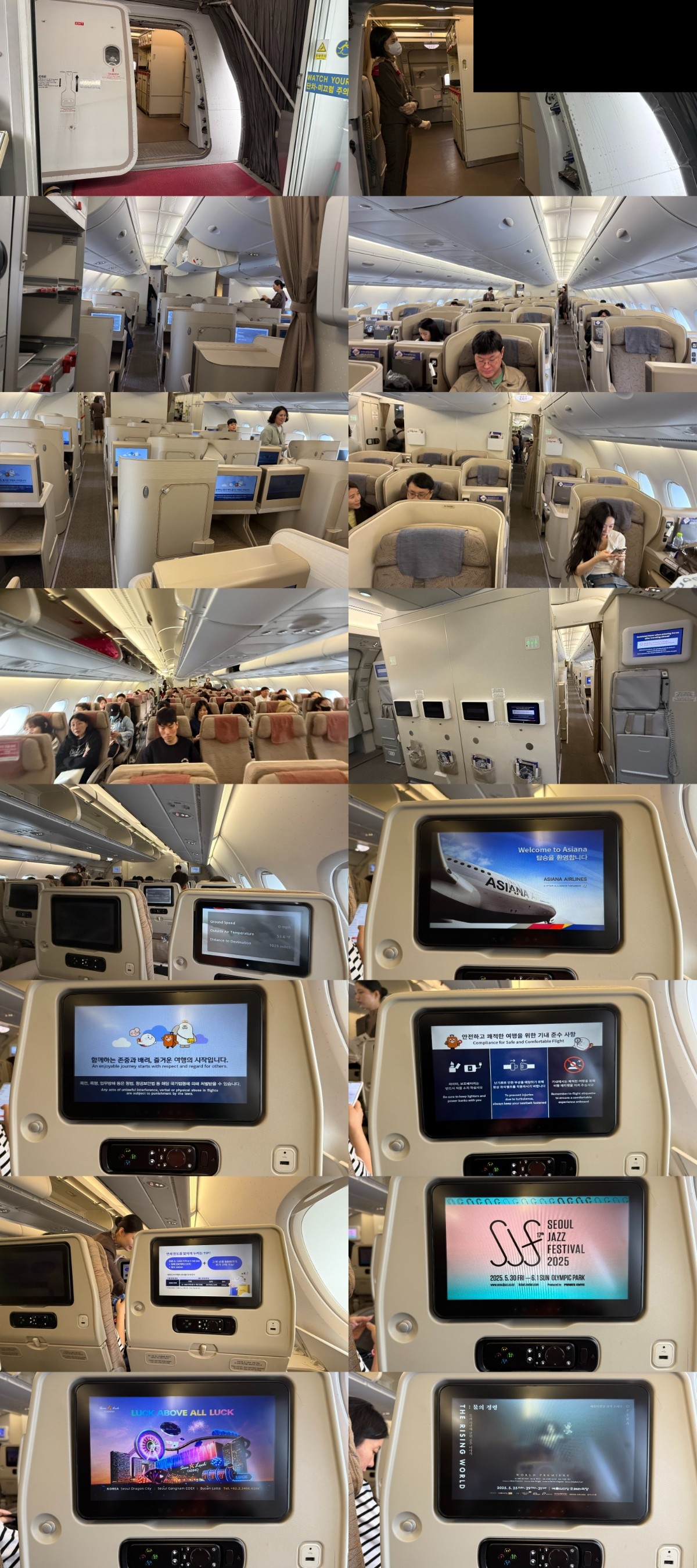
Many Northeast Asian carriers have an inflight magazine — or at least a digital PDF version (like ANA’s Tsubasa Global Wings, or EVA’s enVoyage) — but not Asiana Airlines. It followed the lead of its more illustrious Star Alliance partner SQ in eliminating them entirely. (Meanwhile, merger partner Korean Air has a entirely refreshed Morning Calm magazine, whose crisp new design is a delight to see. And Thai Airways brought back its physical Sawasdee magazine in May 2025…)
So there wasn’t much to leaf through, other than the Asiana Duty Free magazine and the safety card. While the former had the updated OZ logo with the red ‘chevron’ removed, the latter didn’t. There’s only so much skincare/K-beauty products you can withstand after a point, if you ask me!
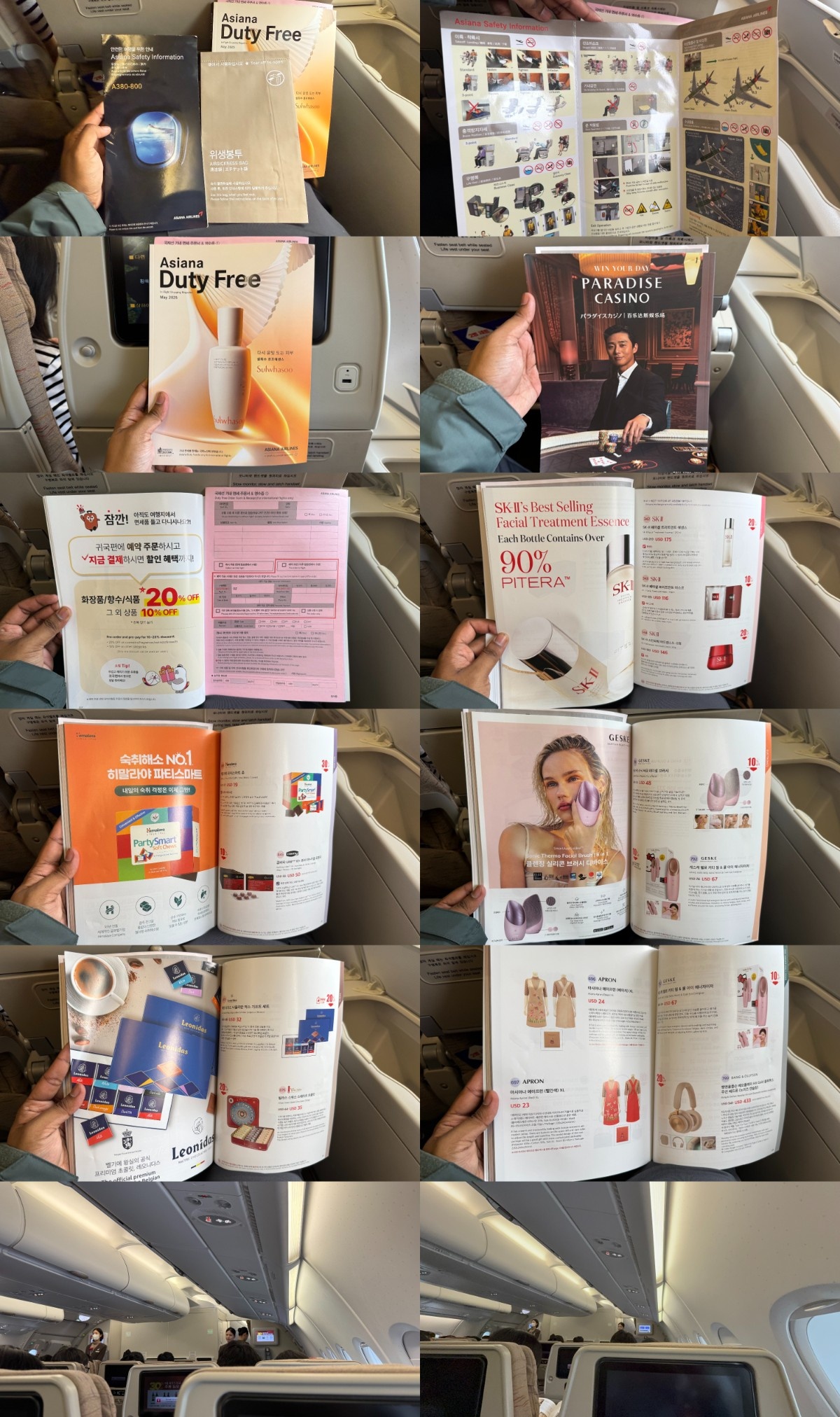
I might add that soft Western instrumental music was playing during the boarding process. I might’ve expected something more Korean, or perhaps distinctive to Asiana, but this was good enough for me.
Shortly, the captain made his welcome, announcing the codeshares with ‘EVA, NH, 5J and UA’ (at least that’s what I heard), which I found weird. After announcing some safety instructions, he made another announcement a few minutes later, which mentioned the Star Alliance and the weather in Tokyo. The lead flight attendant then made hers, which was more functional than welcoming.
In tune with this function-over-form, business-like boarding aesthetic, OZ’s dry-as-dust, green-screen boarding video was played — and there was no background music! I’ve already touched upon it in the previous instalment on the A350, and don’t need to do so again, given how boring it was. So far the bo(a)r(d)ing experience was shaping up to be very dull, A380 upper deck be damned…
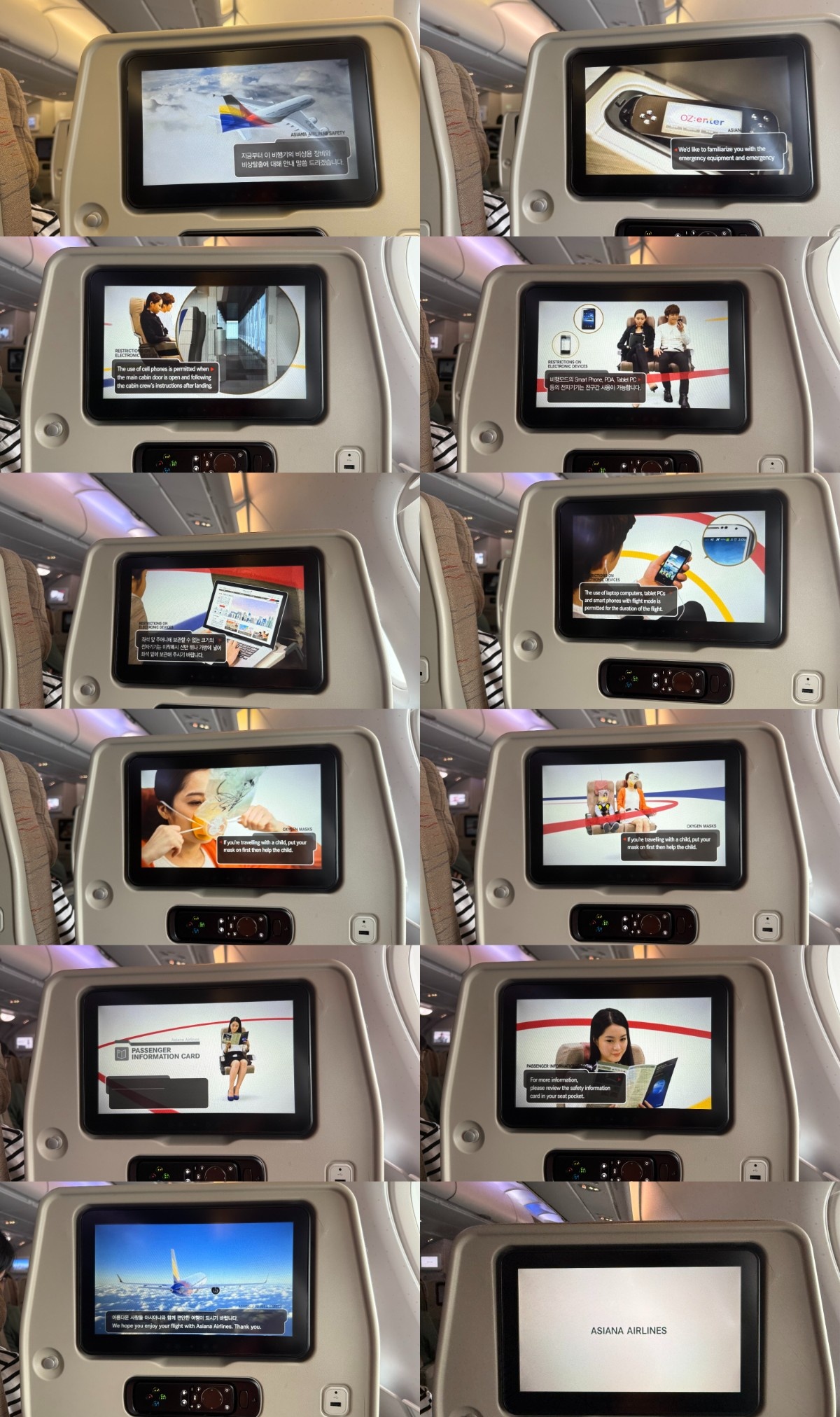
…though I will admit that I’ll take a boring and super-functional video like this any day over Korean Air’s outlandish virtual-human video (which, by the way, has only Korean audio and not English)!
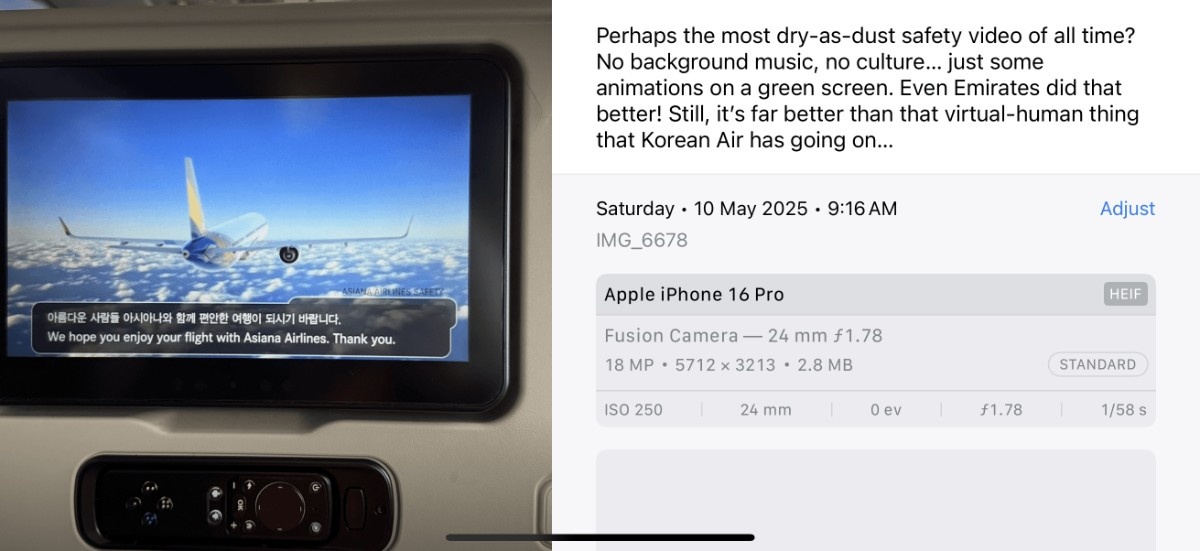
It was raining, and on the inbound I’d been super bummed about not being able to take clear pictures of any planes as my A350 skimmed to a stop on the Incheon runway. Now, however, the visibility was somewhat better, and I was able to spot a few Jeju Air and Eastar Jet 737s, plus an Asiana 777-200ER at close quarters.
Unlike the outright horrible Thai Airways 777-200ERs that I’ve flown all too often in the past, this 777-200ER (HL8284) was rather new, built in 2013. For that matter, in two days’ time I’d also be flying Japanese Star Alliance partner ANA’s own domestic 777-200ER on the short hop from Tokyo (HND) to Fukuoka (FUK) — and I thoroughly enjoyed it. Not all 777-200ERs suck, you see?
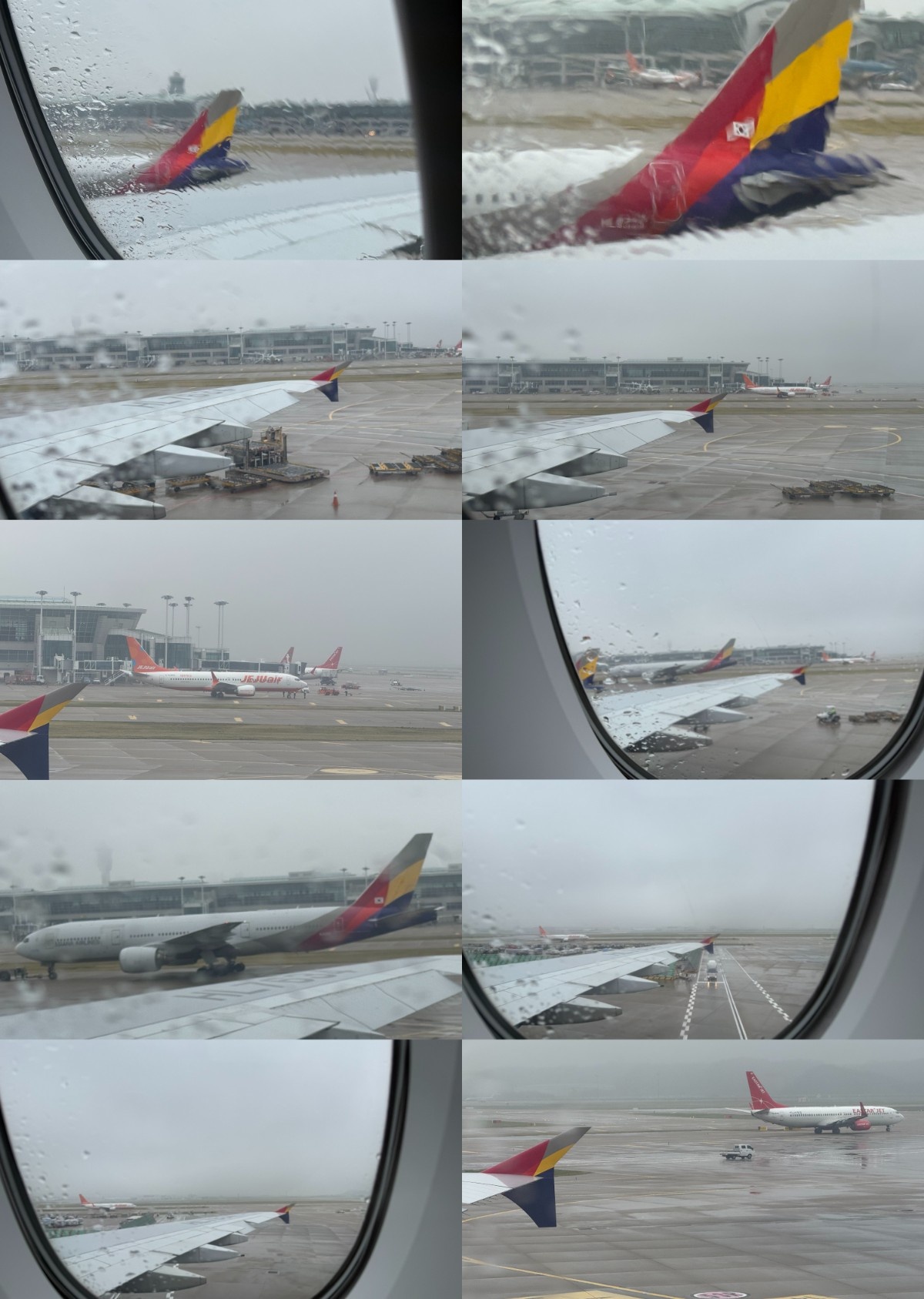
At this point, the OZ:enter IFE system showed a welcome animation, and I immediately proceeded to the fleet information page. What I didn’t notice at the time was that even though the Asiana A380 (like the A350) doesn’t have a tail camera, it does have a nose camera — something I never even knew about! I’m kicking myself now…
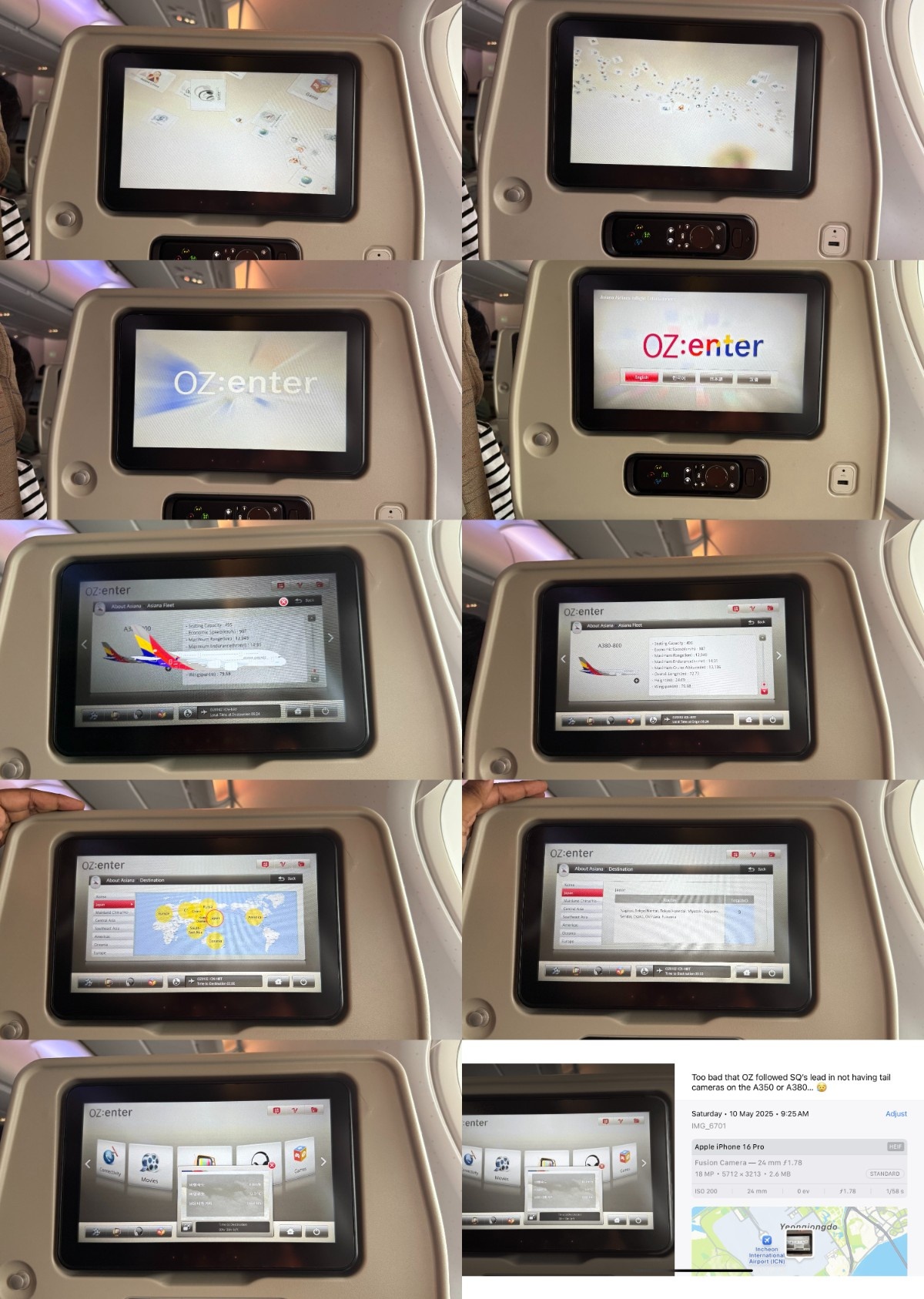
As we prepared to take off, a number of other Asiana aircraft came into view, as well as an Uzbekistan Airways 787-8 that had arrived as HY511 from Tashkent an hour ago. (Good luck trying to find an Uzbekistan Airways plane at Hong Kong or (shudders!) Singapore… While the likes of ICN, BKK and KUL have several connections to Kazakhstan and Uzbekistan, the two premium airports of HKG and SIN have practically nothing to Central Asia.)
At a quarter past nine, all four mighty engines whirred to life, with raindrops flying against the window glass. HL7634, in all her hulking entirety, whooshed above the island on which ICN — one of the world’s biggest air transport hubs — is located, bringing an end to my first (brief) visit to South Korean soil. From the land of Hyundai/Kia, LG/Samsung, K-dramas and Blackpink, I was now headed for Asia’s other big cultural powerhouse: think manga, anime, otaku, Hello Kitty, Toyota, Sony (PlayStation and otherwise), Nintendo and whatnot!
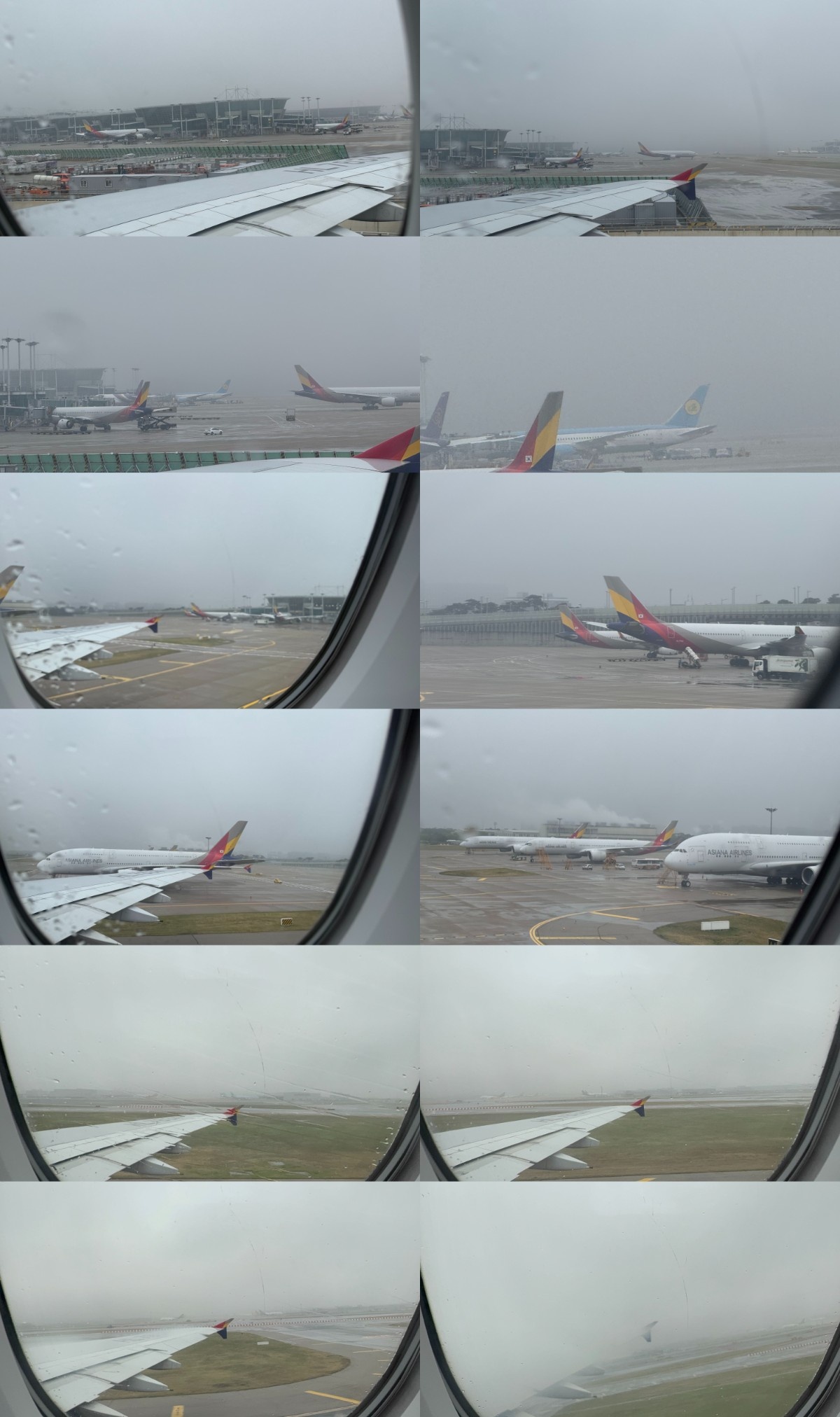
Yuxiang, meet wagyu: A confluence of Asian cuisines for breakfast
Immediately after takeoff, just like on the preceding late-night A350 flight, a funky ad for Asiana Duty Free was screened — big letters for each category in English, followed by instructions on ordering in Korean. Not that I’d care!
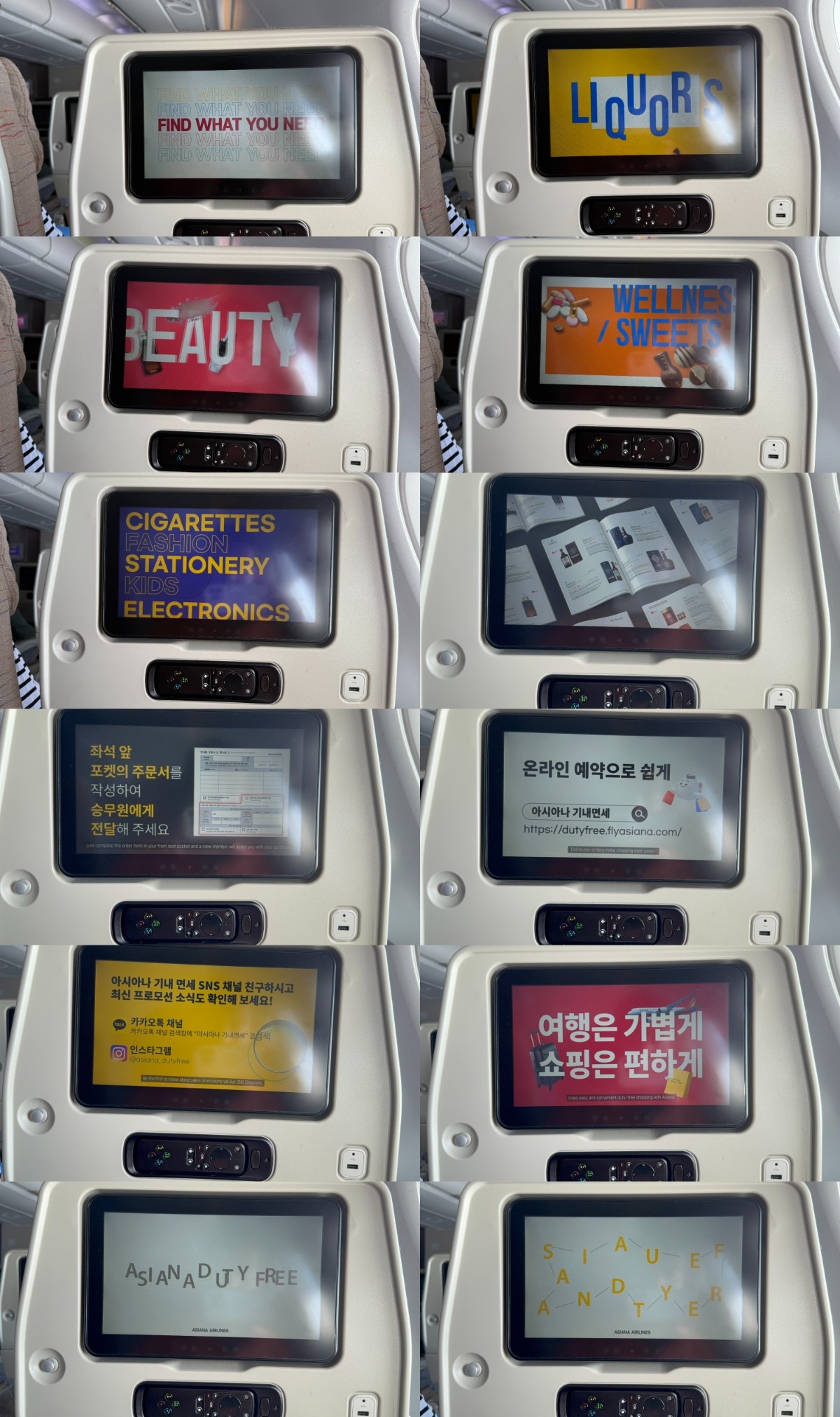
I switched on the familiar interface of Panasonic’s Voyager3D airshow, which I’ve also seen on Singapore Airlines’ A380. As we cruised east over the Korean mainland, I was able to enjoy the sheer size of the A380 upper deck’s windows, with a majestic view of the blue skies out from them.
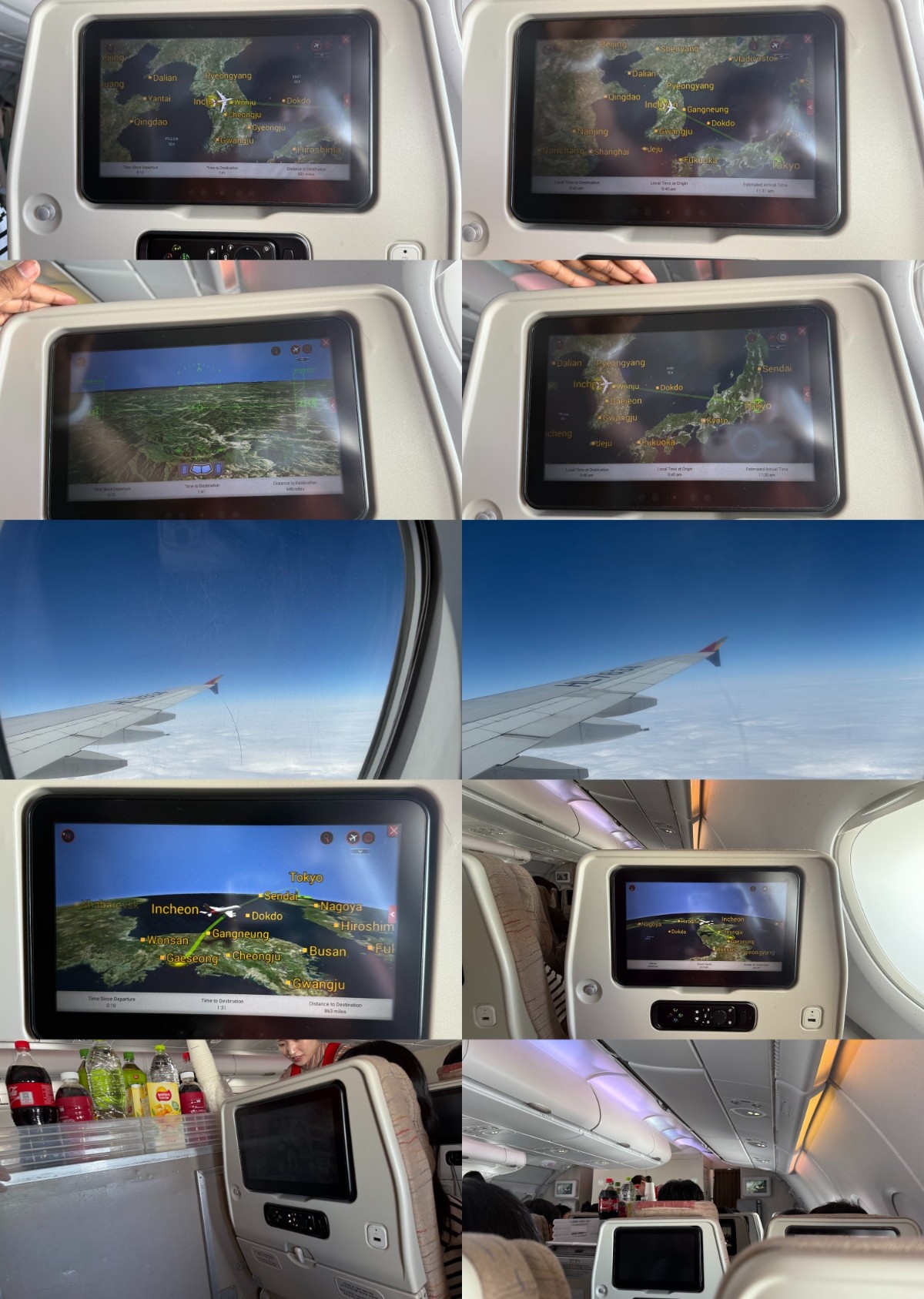
Next came flight attendant H.H. Lee, rolling out the meals and drinks. She was clad in a traditional apron with Asiana-branded pens at her hip pocket. There was just the one option, and even though it was beef (which, being a practising Hindu, I do not normally eat), this time I decided to take it no matter what — just like with the minced beef in the bibimbap on the previous A350 sector. Wagyu beef Yuxiang egg noodles, it was called — a Japanese delicacy, a Chinese descriptor, served on a Korean airline!
The presentation was very pretty indeed, and the food was served in two boxes along with a cup of Coke. One a cardboard box called ‘Tasty Travel’ with a Choco Financier cake, a tub of yoghurt, gochujang chilli sauce and a cup of water, and the other with a beautiful collage of pictures entitled ‘Connecting Life’s Beautiful Journeys’, containing the aforementioned beef noodles.
Among the East Asian airlines that I’ve flown, this was probably the most delicious breakfast I’ve eaten. In great contrast, SQ has disappointed me with its catering on Southeast Asian flights more often than not — especially on breakfast sectors. I certainly appreciated something more substantial than the bog-standard omelettes, croissants and baked beans that SQ, TG and AI serve.
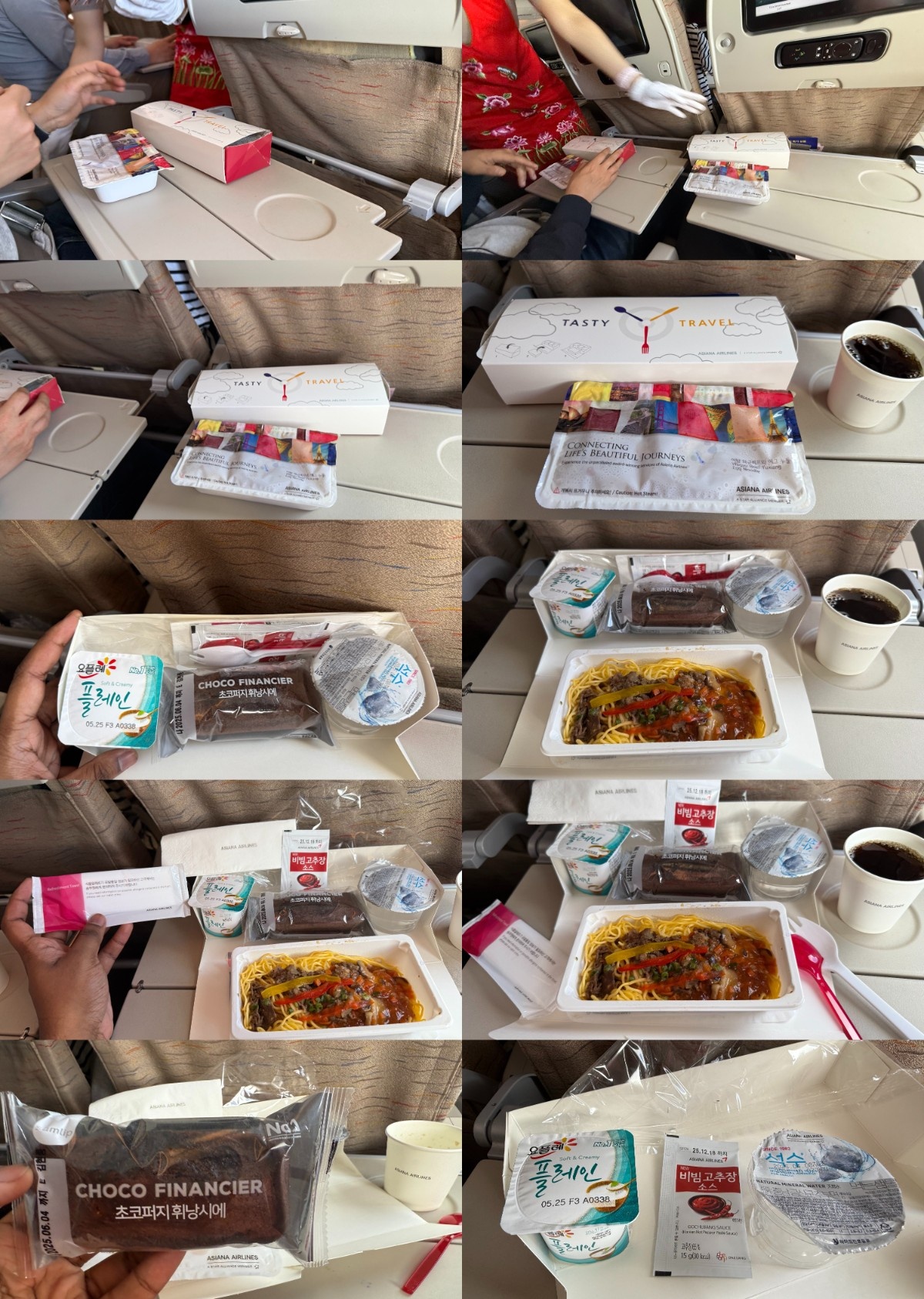
Some captions that I’d written on my photos, as I dug into the breakfast while enjoying the roar of the A380’s engines.
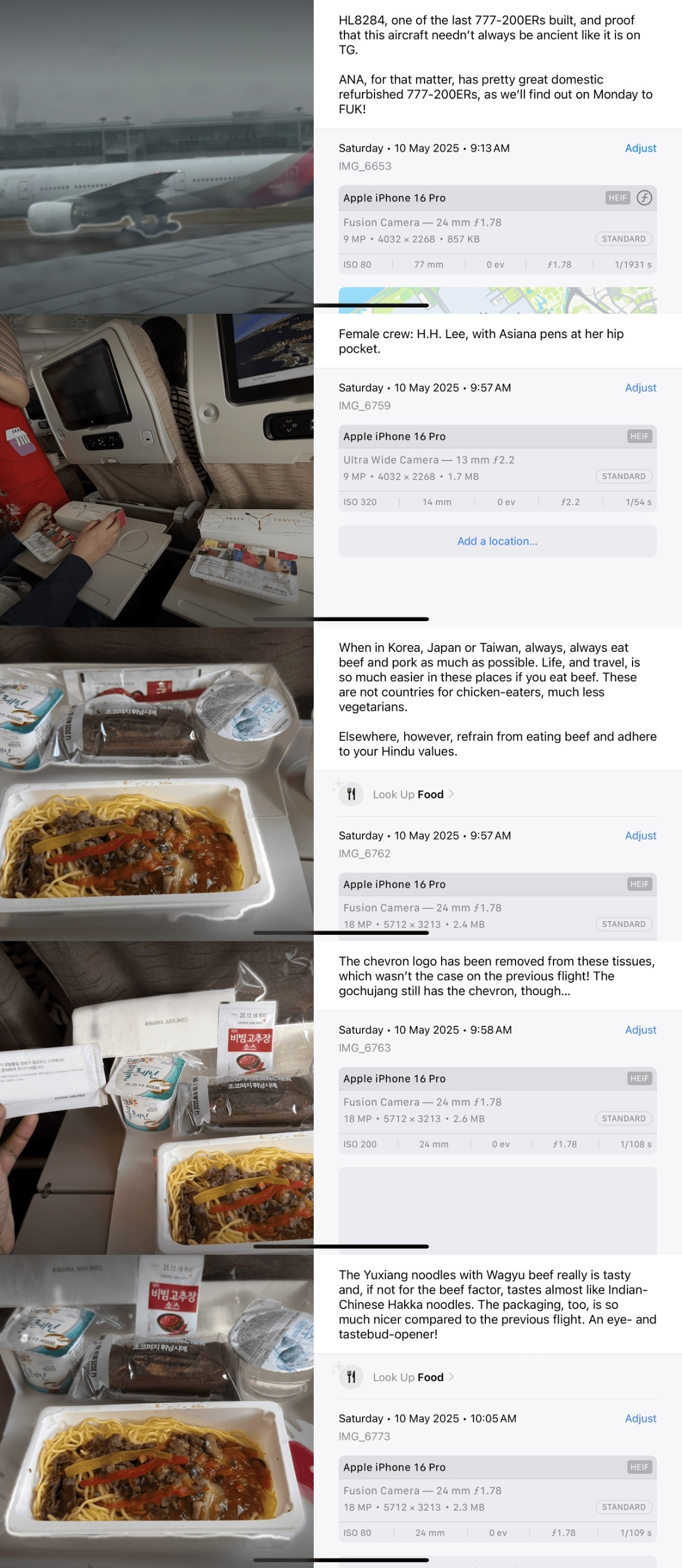
Konnichiwa, Nihon e yōkoso! (Hello and welcome to Japan!)
It seemed as though no sooner had I taken off from Incheon than I was about to enter Japanese territory. I used the time to fill in my long-awaited journal entry, which you see here, while also watching the airshow — though stupidly (as I said above) I hadn’t thought about the nose camera!
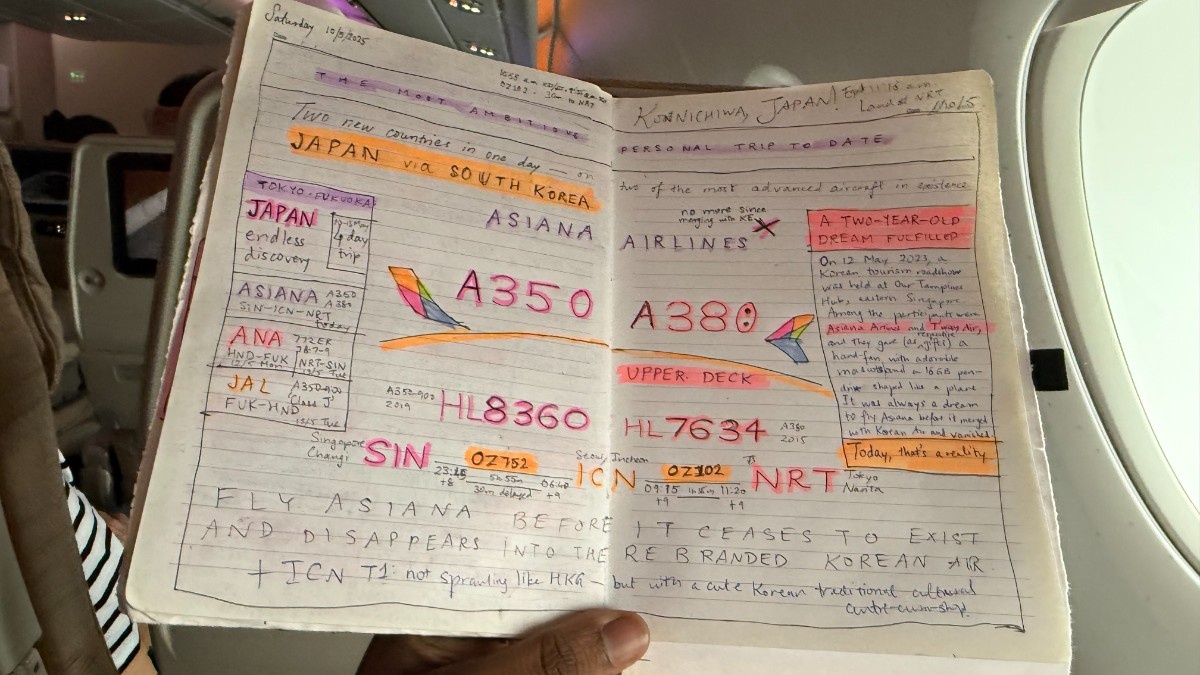
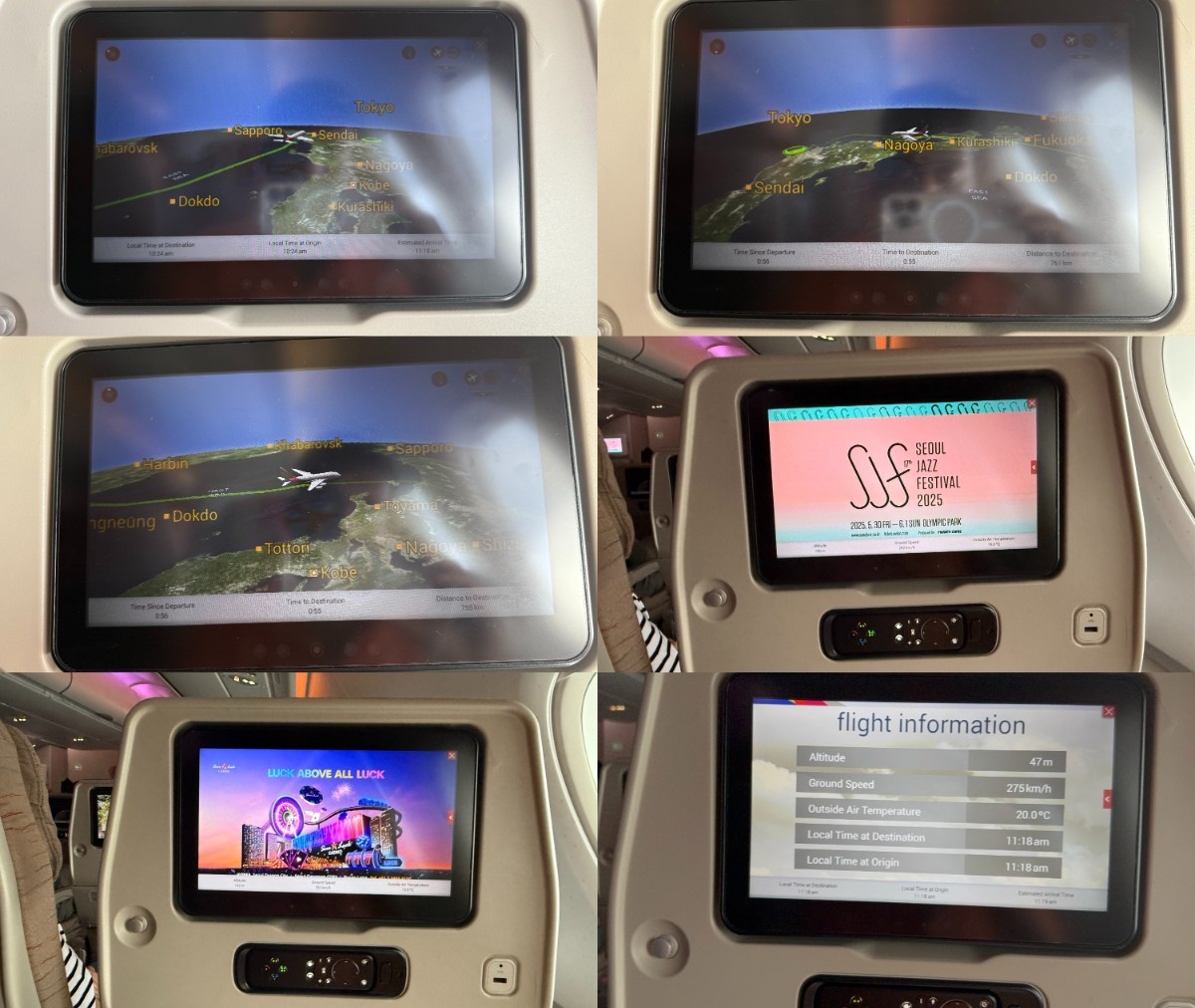
At a quarter past eleven in the morning, HL7634 swooped down over Narita Airport — some 70 km east of Tokyo — and glided to a smooth stop. All of a sudden, my first upper-deck A380 flight came to an end, and while the weather was a bit rainy, the visibility wasn’t as horrible as it was in ICN. This, then, marked my entry on Japanese soil, and welcomed me to one of the most tourist-popular countries in the world — as unique for its culture as it’s celebrated for its people.
NRT is one of only two Japanese airports to receive A380 service, along with Kansai Airport (KIX), which lies some 40 km southwest of Osaka. While NRT is served by ANA (though only to Honolulu), Emirates and Asiana — and, seasonally, Singapore Airlines — with the A380, KIX gets only Emirates, as you’d expect.
Though Tokyo’s closer-by Haneda Airport can technically handle the A380, it does not receive A380 service from ANA, Emirates or anyone else.
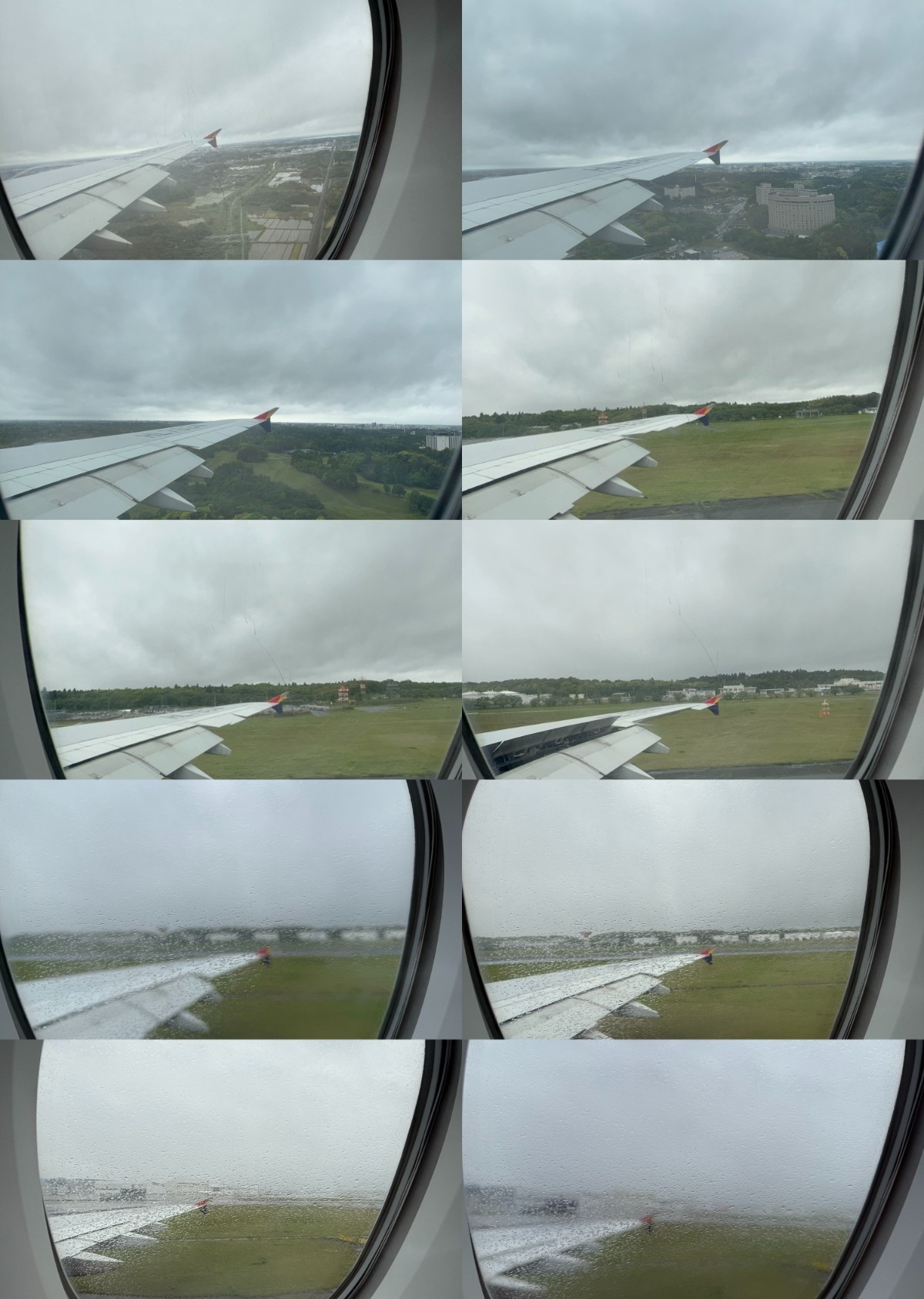
Within moments of touchdown, I had access to the LTE network of local operator au, thanks to an eSIM that I’d purchased in advance. I used it to track not only my A380, but other recent arrivals into Narita, on Flightradar24. Most of them were international airlines — including fellow Star Alliance carrier Austrian, which doesn’t serve Singapore — aside from local LCCs like Peach (owned by ANA) and Jetstar Japan (owned by JAL).
Did you know that All Nippon Airways and Japan Airlinrs don’t fly to Incheon Airport at all? They prefer to serve the closer-by city airports of Haneda (HND) in Tokyo and Gimpo (GMP) in Seoul, in order to attract business traffic. Instead, they leave the ICN connecting traffic for their Star Alliance and Oneworld partners, respectively.
Similarly, ANA does not fly to Taipei’s bigger Taoyuan Airport (TPE), but instead serves the closer-by Songshan Airport (TSA). However, Japan Airlines serves both TPE (from NRT) and TSA (from HND).
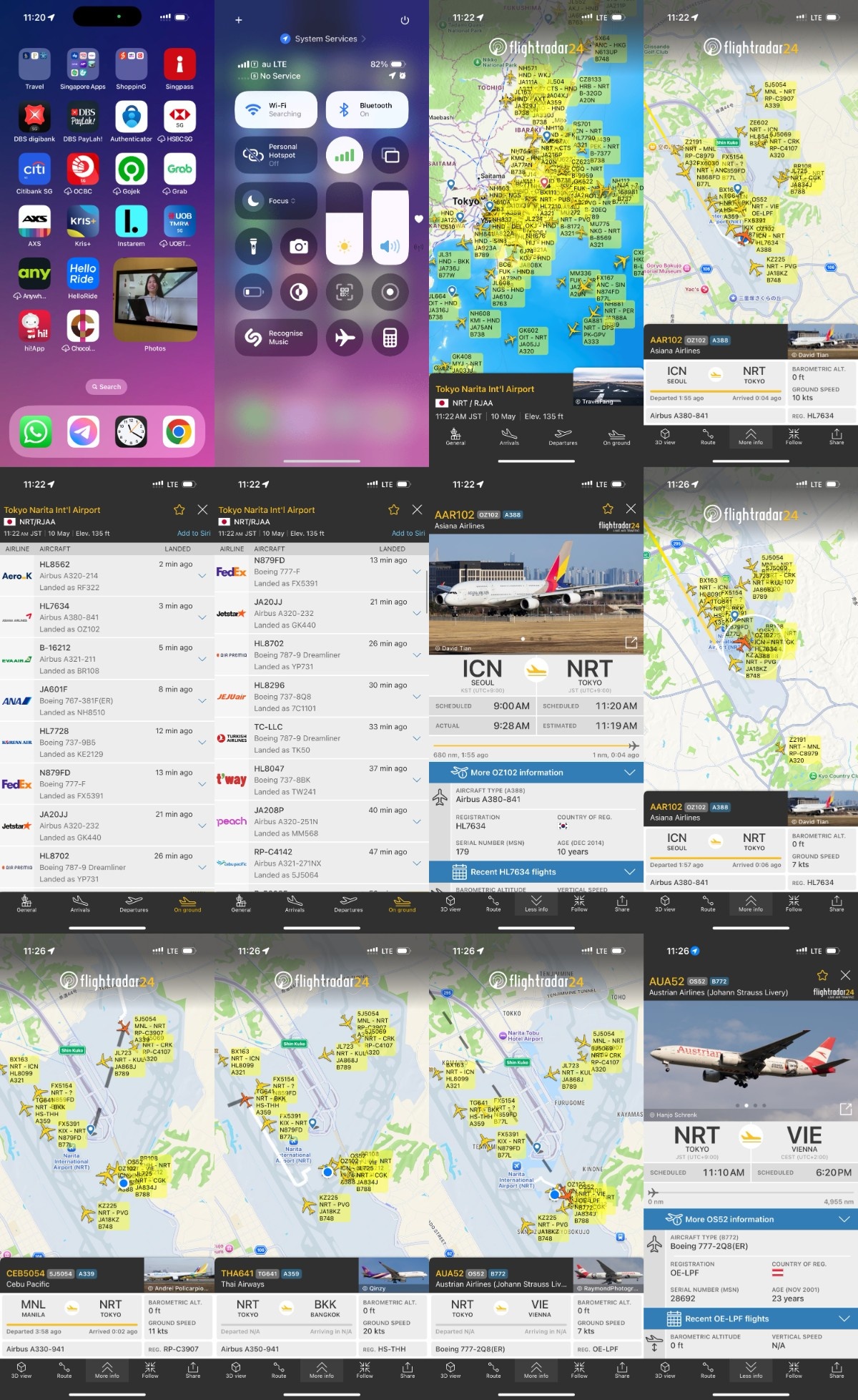
Mine was far from the only HL (Korean)-registered aircraft on the ground at NRT, as there were several recent arrivals, almost all from ICN. Low-cost airlines included 737-800s from Jeju Air and T’way Air, a 737 MAX 8 from Eastar Jet (all of these are independent, mostly 737-operating LCCs), an A321 from AirSeoul — owned by Asiana itself, alongside Air Busan — and both a 777-200ER and a 737-800 from Jin Air, which is Korean Air’s LCC subsidiary. There was also a lone, ancient 737-900 (non-ER) from Korean Air itself: a type that’s largely non-existent outside KE in Asia, though Indonesia’s Lion Air operates mostly 737-900ERs.
Moreover, sticking to Korean airlines, there was yet another independent LCC arrival: an A320 (HL8562) from Aero K, a niche operator based in the city of Cheongju (CJJ) and operating older A320s from there. South Korea sure has a lot of low-cost airlines — especially independent ones! That’s in contrast to Taiwan, where Tigerair Taiwan — owned by China Airlines — is the only game in town.
This aside, NRT being the diverse longhaul hub that it is, there were a wide range of widebodies from Turkish Airlines and Swiss (which I could spot), Austrian (which doesn’t fly to Singapore), SriLankan Airlines and even Fiji Airways. Many A320/1s had also landed from the Philippines — three from Cebu Pacific alone — and Taiwan (EVA Air, Tigerair Taiwan).
However, I didn’t see any US airlines like United or American that you might expect in Northeast Asia — though of course United has a big hub at NRT, with several 737s based here, and I’d see many of them when returning to Changi three days later.
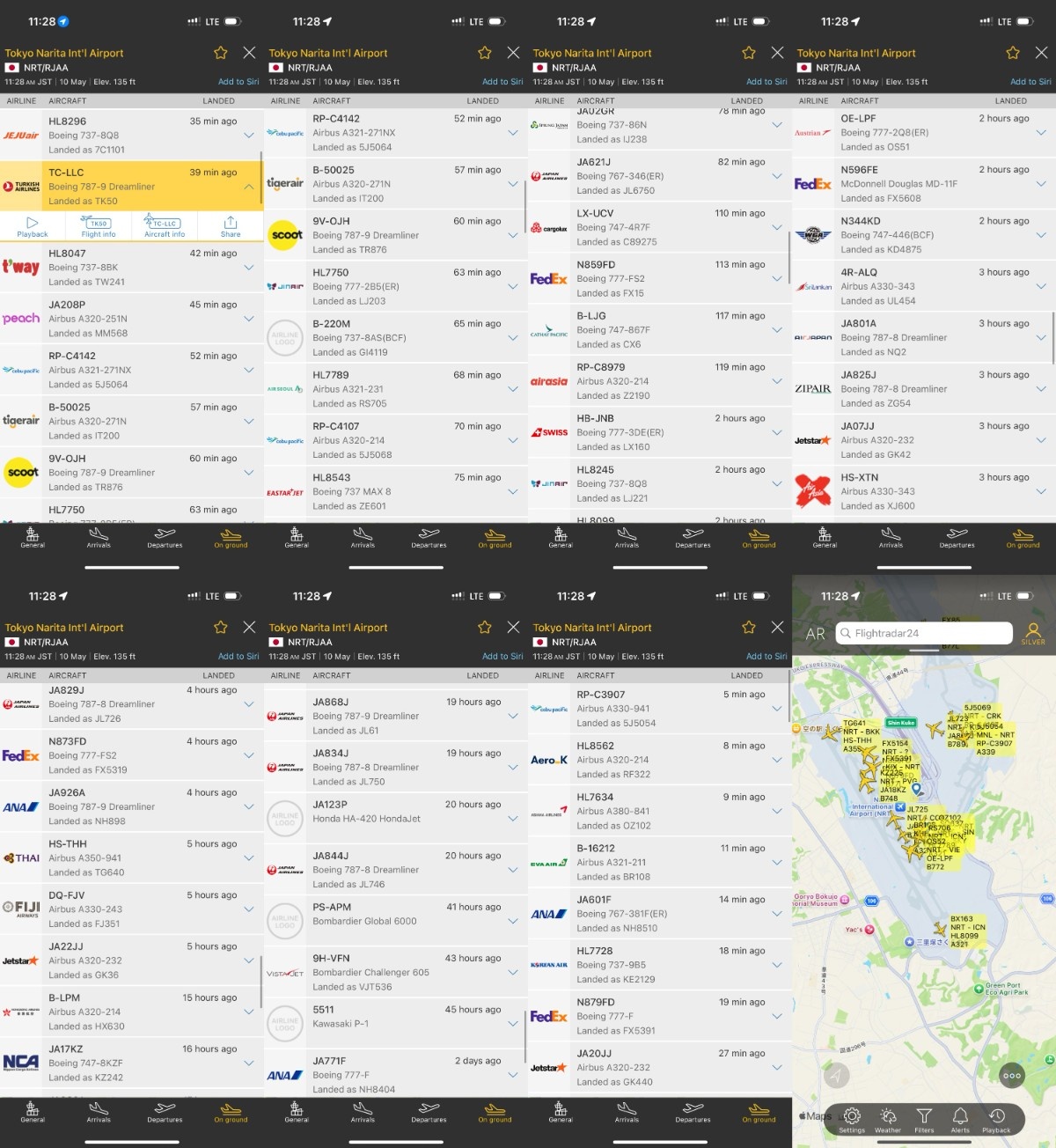
Slowly, however, the intensity of the rain increased, leaving very little to see of an Austrian Airlines 777-200ER (OE-LPF) that was ready to depart as OS52.
This old bird started life in 2001 as PP-VRB, for the erstwhile Brazilian airline Varig — one of three now-defunct Brazilian airlines (before TAM Airlines and Avianca Brasil) to have joined the Star Alliance. After a decade at Aeroméxico, she joined Austrian in 2018, wearing first a 60 Years sticker and now, since 2025, a Johann Strauss sticker (wearing headphones!!!).
As Austrian takes delivery of more 787-9s, with two (OE-LPL and LPM) currently in its fleet, the aging 777-200ER will be on its way out — as was seen with the likes of Malaysia and Vietnam Airlines.
HL7634 came to rest next to TC-LLC, one of Turkish Airlines’ first 787-9s, which had just arrived as TK50. Before long, the cabin had emptied out, and I bid a hasty farewell to the cabin crew, who were busy preparing for the return flight. I didn’t exchange many words with them, given that Korean cabin crews are more reticent than their Japanese or Singaporean counterparts.
Right next door, 9V-SKY, Singapore Airlines’ second-last A380, was preparing to head back to Changi as SQ637. Unfortunately, SQ’s SQ638/637 A380 service to NRT lasted all of one month — 1 to 31 May 2025 — and was replaced by the 787-10 thereafter, instead of the 777-300ER with First Class.
Suffice it to say that SQ’s rostering of A380s to Tokyo, Hong Kong and Shanghai — all of which have Disneylands! — since 2022 has been very substandard.
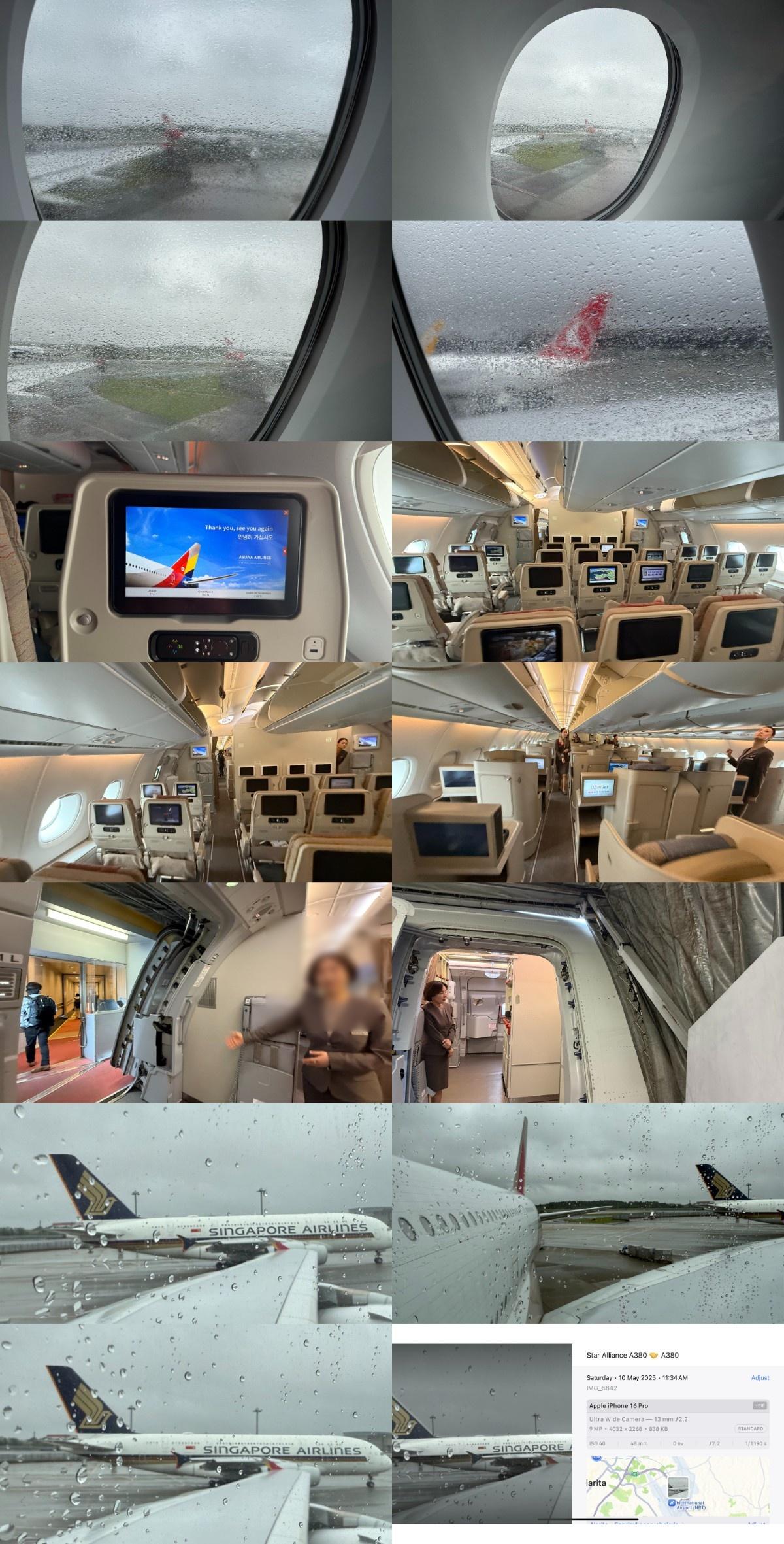
Having taken pictures of the two Star Alliance A380s — mine and SQ’s — to my heart’s content, I stepped onto the jetbridge and joined the crowds heading to NRT Terminal 1 South (which Star Alliance carriers use), with the Turkish 787 and A320s from Peach and Cebu Pacific for company.
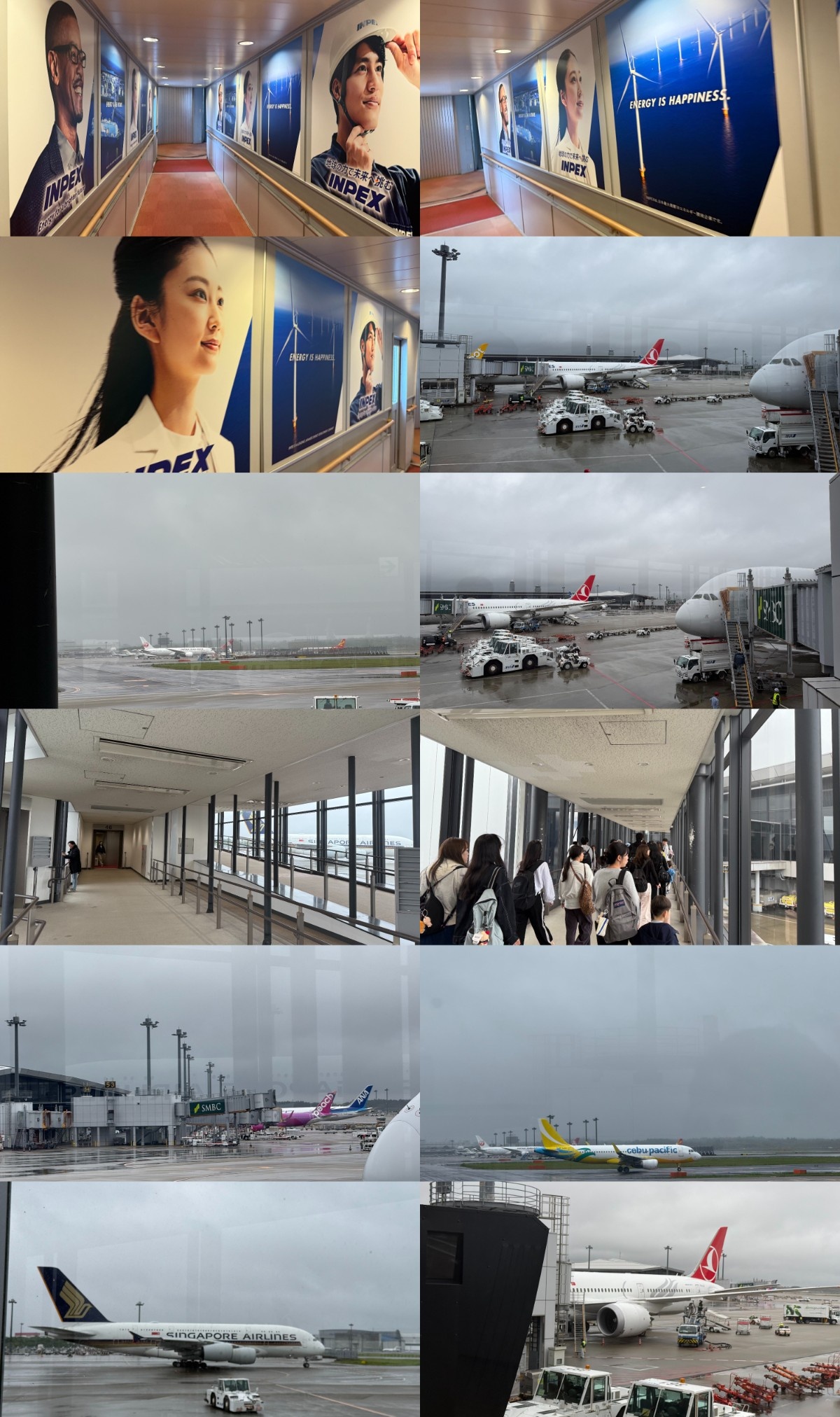
Arrivals ABOVE departures — where did I see that before?
Curiously, NRT’s arrival corridors are located above the departure gates, unlike what I’ve seen with most international airports, where the arrivals are below the departures. (With Changi and KLIA, of course, this doesn’t apply: the arrival and departure corridors are shared, with at-gate security.)
With a Thai Airways A350 in the foreground, and a FedEx 767 and Swiss 777-300ER further off, I paused for another round of picture-taking and planespotting. Nearby, a young, presumably pregnant, woman was clicking selfies at the nearest Welcome to Japan wall.
Unlike a lot of major international airports that I’ve seen, there was no HSBC to be found here, with local giant SMBC (Sumitomo Mitsui Banking Corporation) dominating the advertising on the jetbridges.
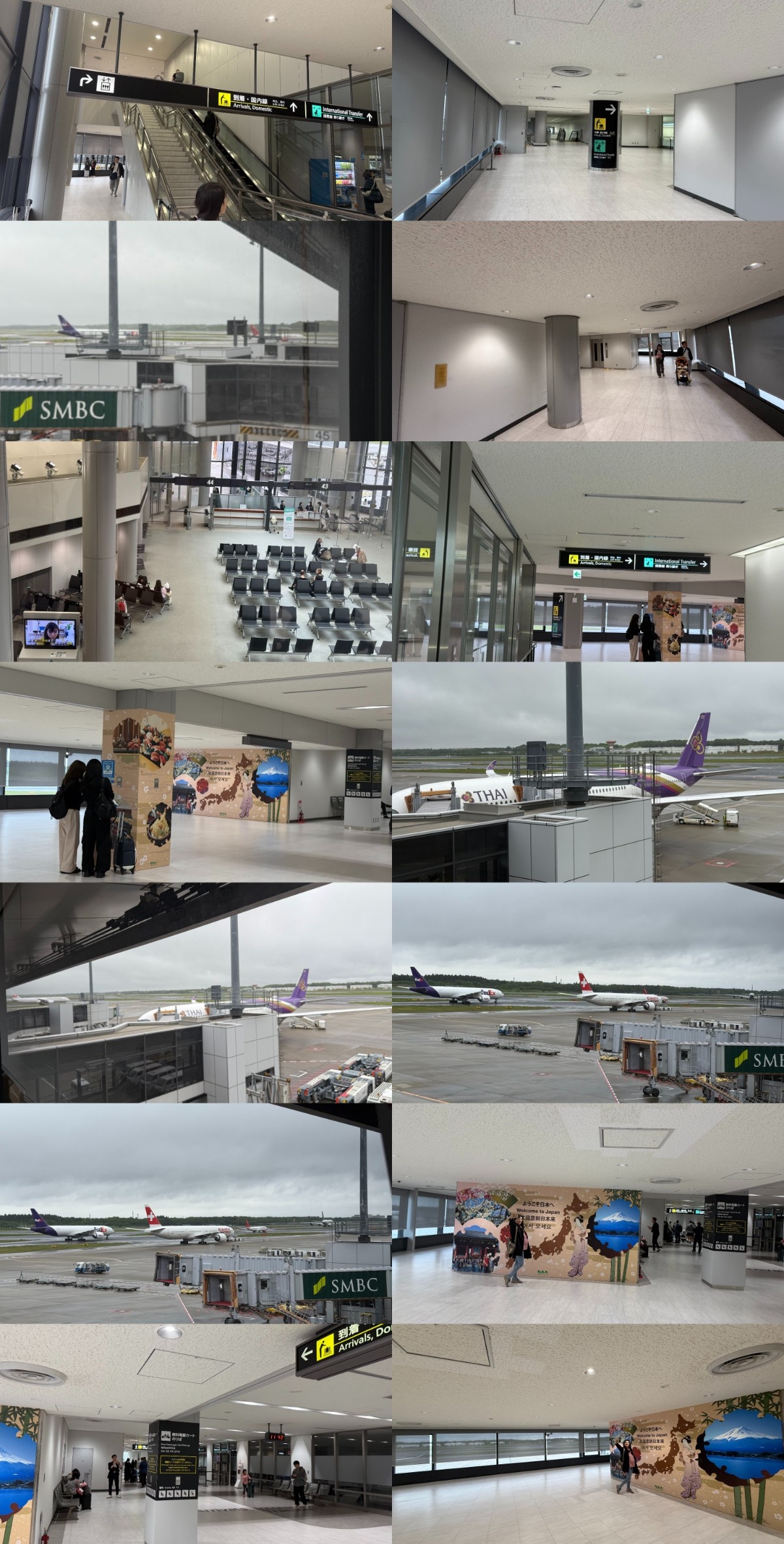
On the MileLion Telegram group, I posted about spotting an SQ A380 just after getting off my own A380 — a rarity indeed, given SQ’s very short-lived A380 deployment to NRT that lasted only for the month of May.
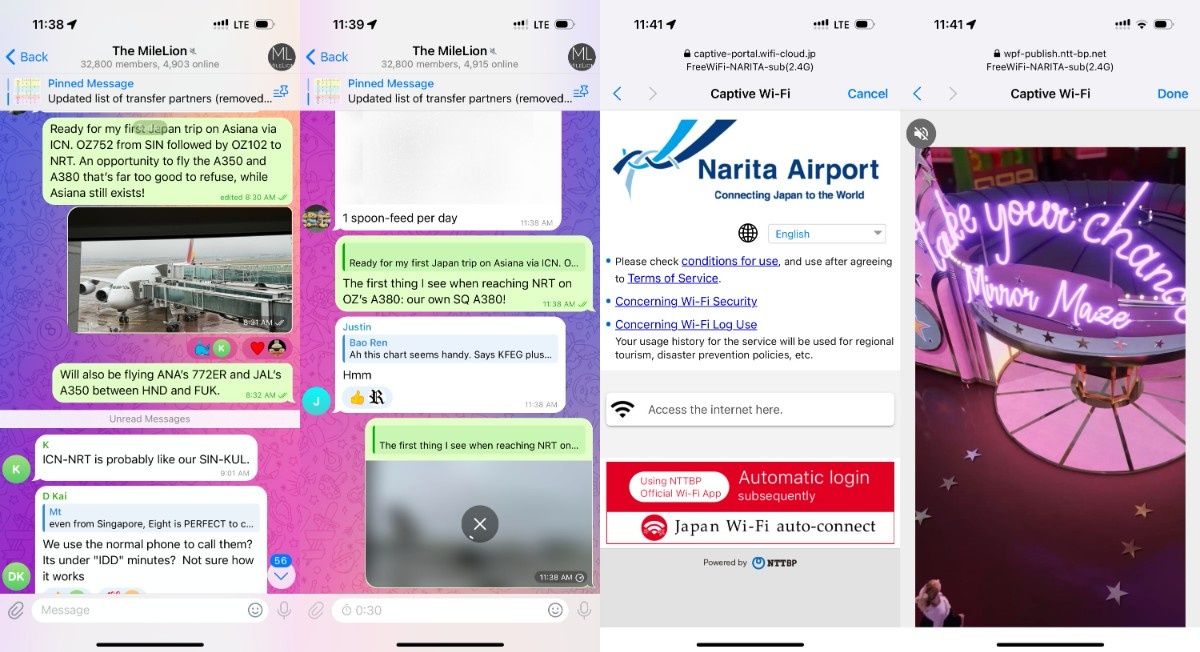
I enjoyed all the colourful aircraft parked at NRT, with ads decorating the long walk through the corridors, from Visa to Rinnai water heaters. At length, I came to the very end of the series of travellators, where all manner of Nintendo characters — from Mario to Zelda to Princess Peach (I didn’t know; I had to look that up) — wished me a merry Welcome to Japan. After that came the immigration queue, beginning with posters prohibiting photography, decorated with cute furry animals.
If anything stood out amidst that long fifteen-minute walk to the immigration counters, it was this! Does a welcome to Japan get any better than one from one of the world’s most pioneering video-game companies?
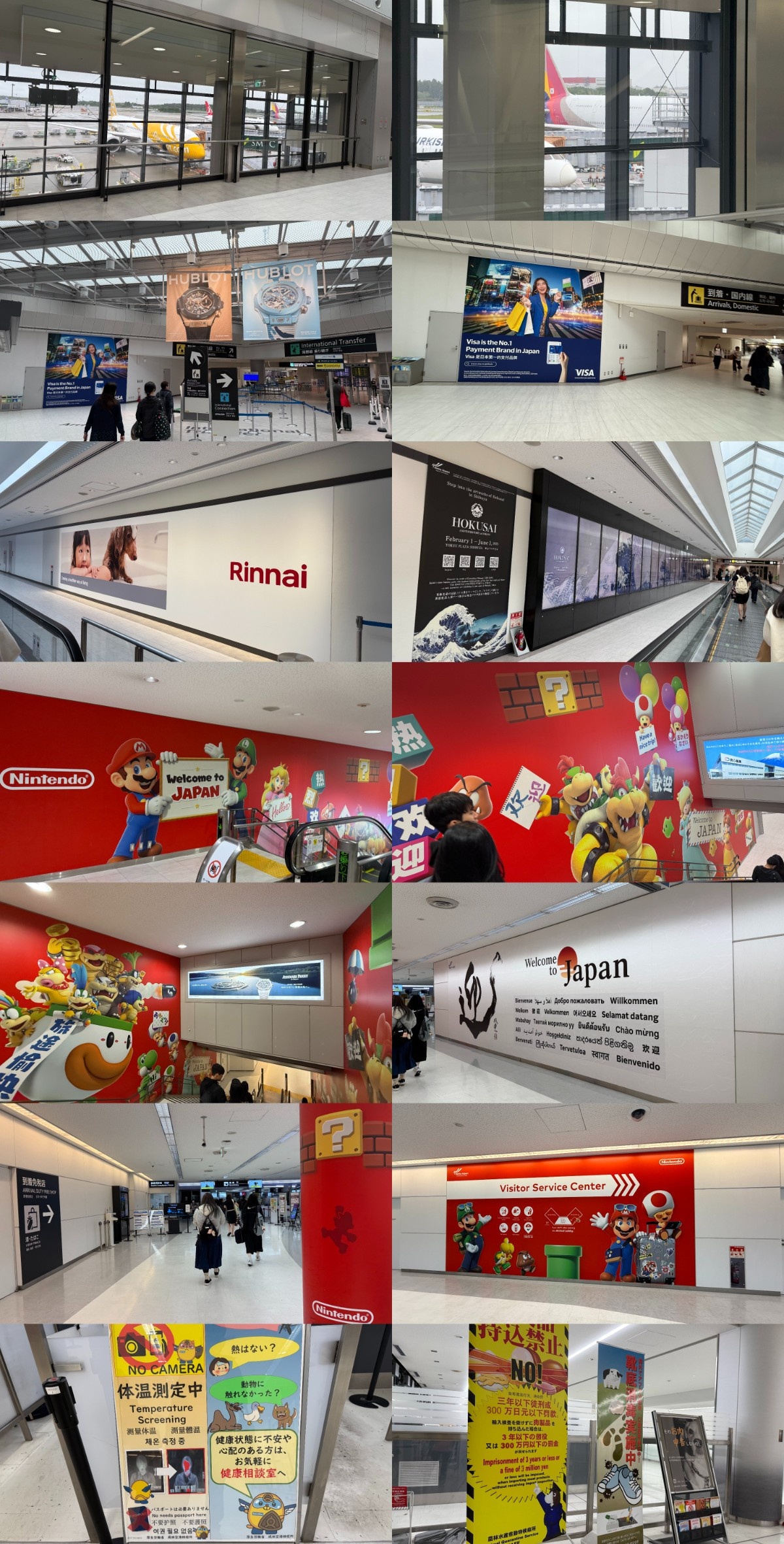
Just as SriLankan Airlines’ A330-300 was about to return to Colombo, and the above Thai Airways A350 to Bangkok, I reached the winding immigration line and spent a good 15 to 20 minutes there.
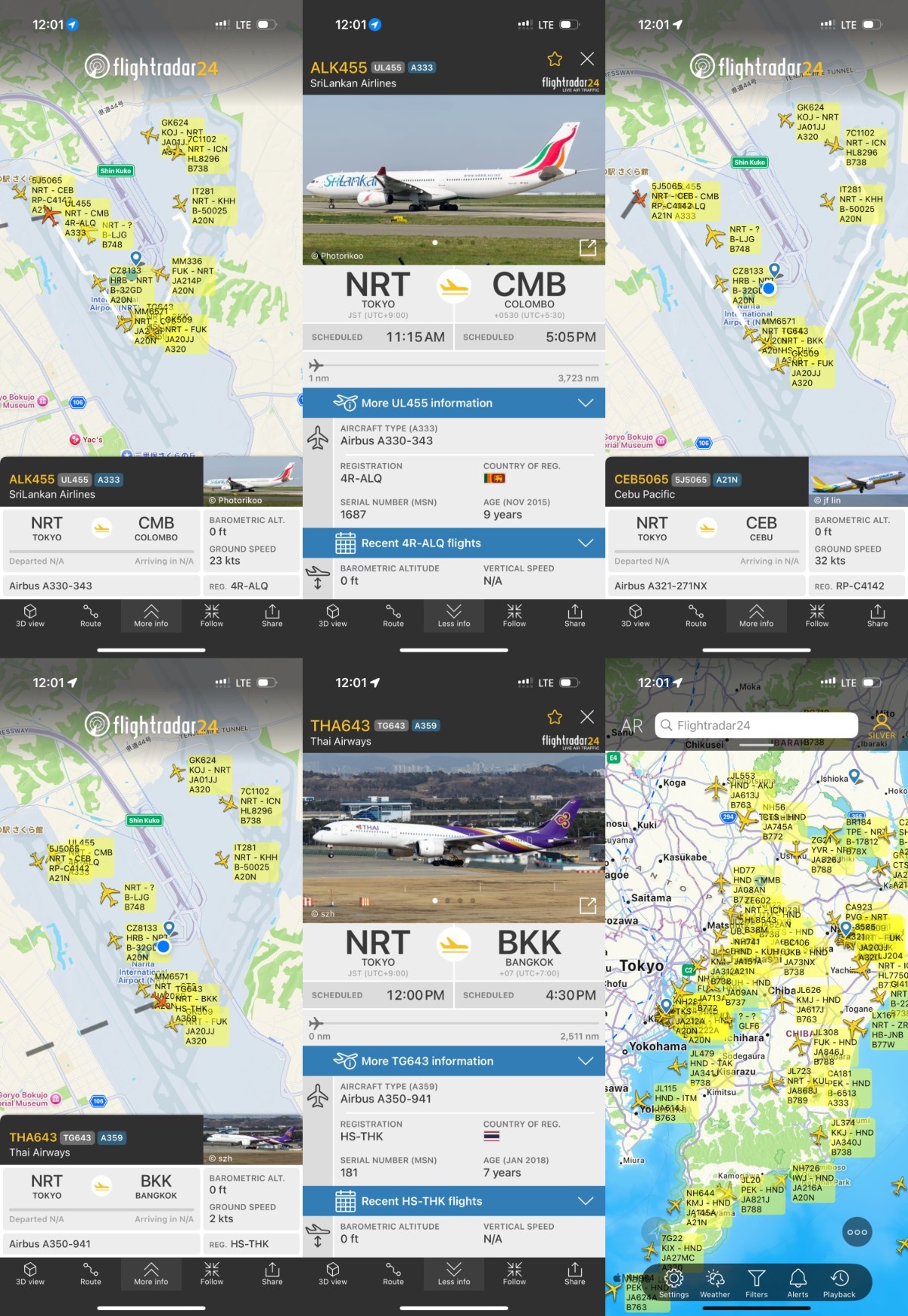
And then, after filling a residence/contact form, I got what I’d so much wanted for the month of May: that Japan visa sticker in my passport! It was now time to go downstairs to the baggage reclaim belts, and surprisingly this looked much more like a small city airport than one of the biggest international air hubs in the world.
Behind was a big counter showing the branding of ANA and the Star Alliance, with several individual members’ logos — though not Air India, as that has now moved its Tokyo service (from Delhi) to HND. Indeed, AI and ANA have expanded their partnership as a result, with AI quickly increasing DEL–HND flights to daily.
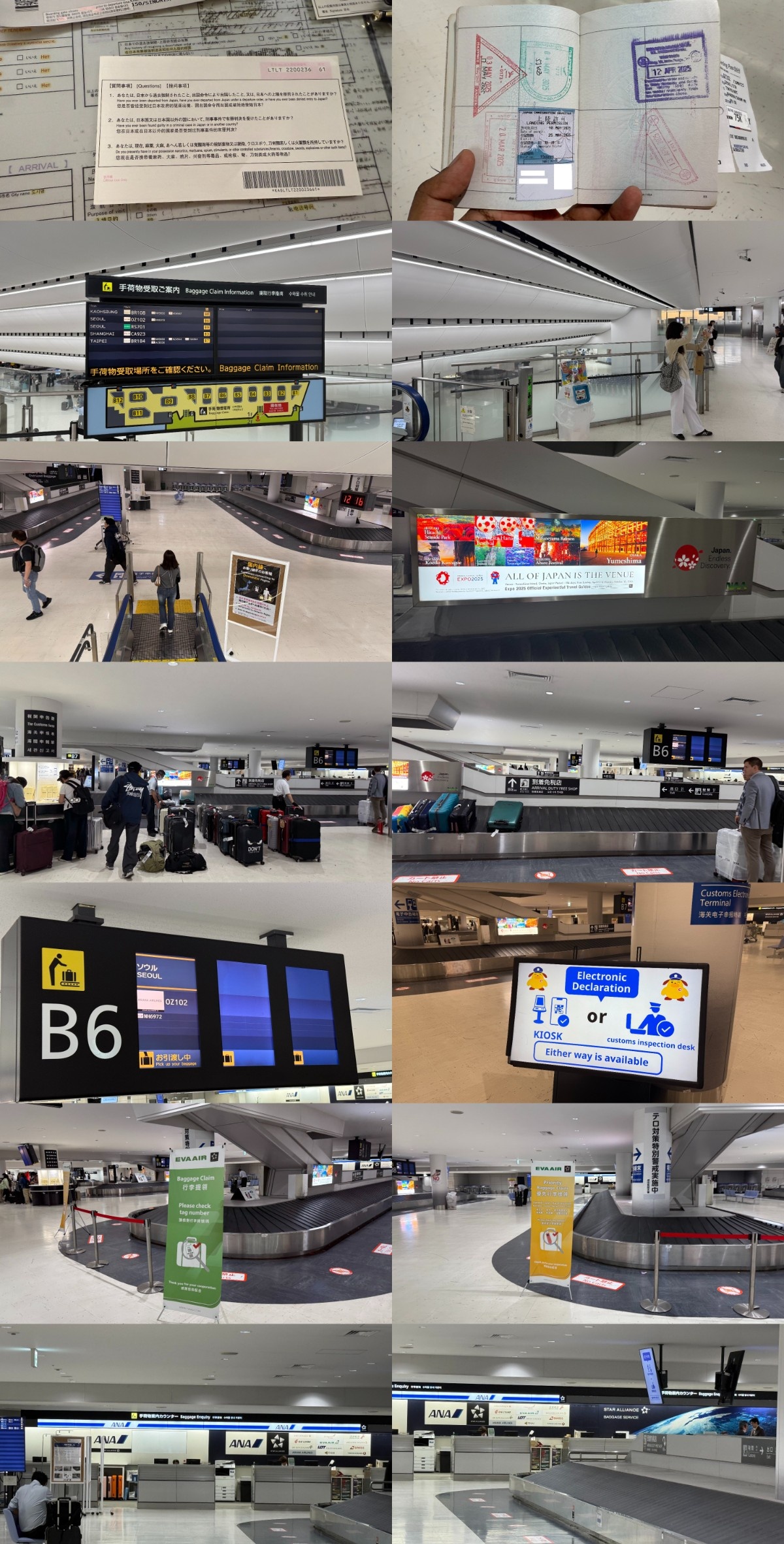
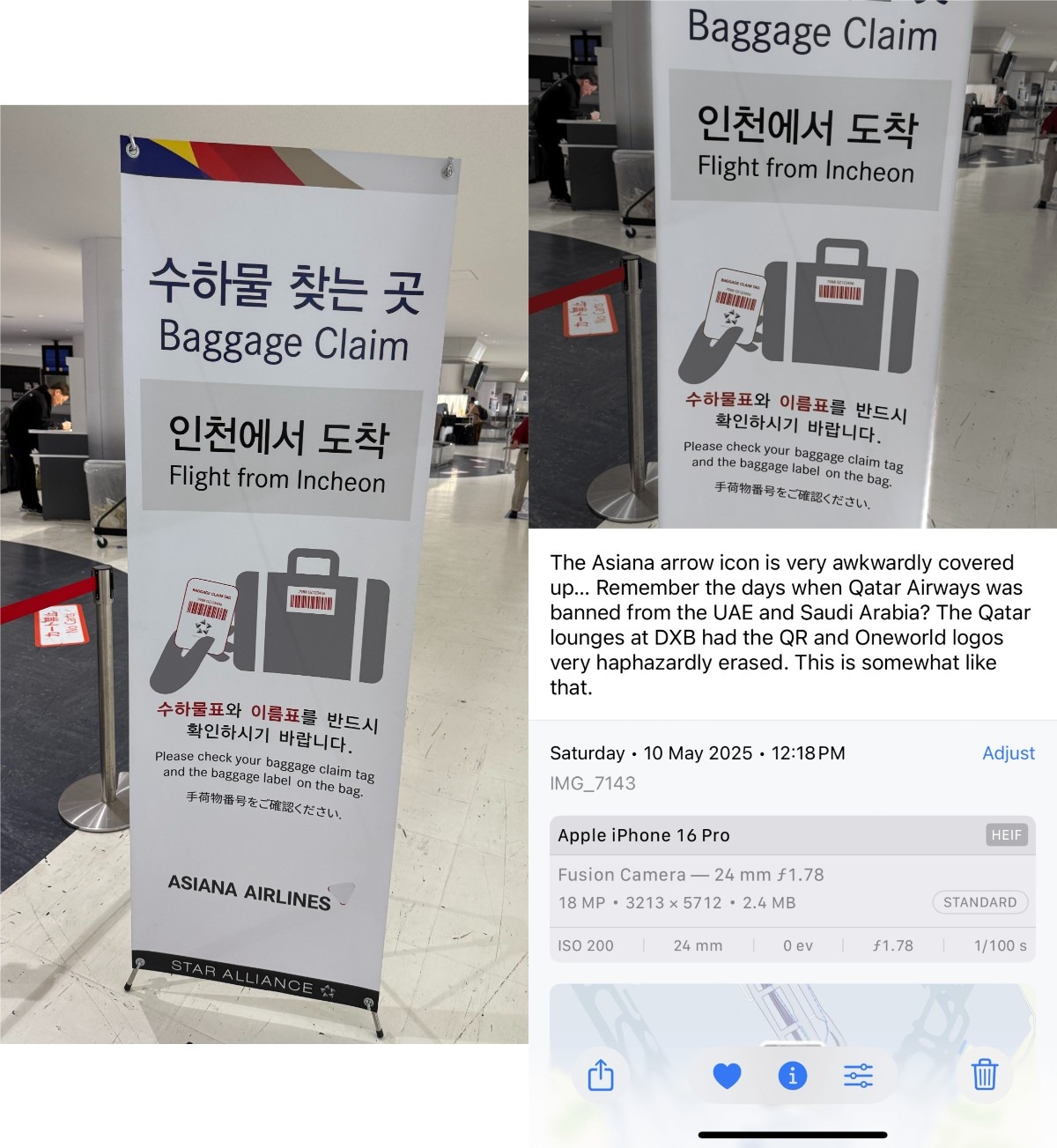
It wasn’t that long of a wait to actually get the bags, but what took more time was to fill the Visit Japan Web form, with all the details of when I was arriving, where I was staying, etc. Only after I got a QR code from that form was I allowed to proceed to the exit doors.
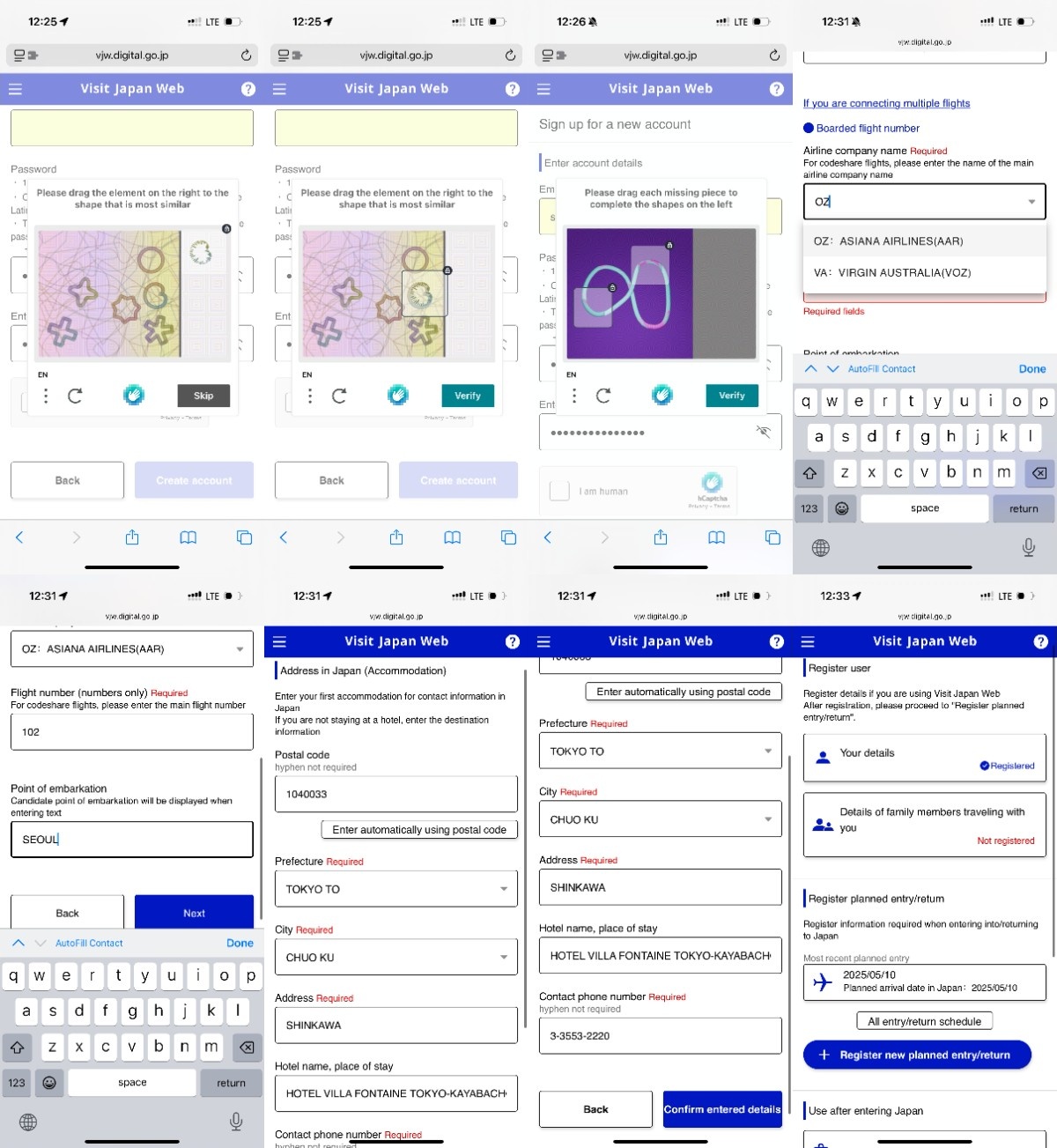
The first sight of Japanese architecture now struck and towered above me, with ads for NRT receiving a Skytrax 5-star rating being played on the overhead displays. But I didn’t have time for all that, as I needed to go downstairs and board the Keisei Skyliner to the city — details in the Travelling Bonus below.
While I enjoyed the train ride, I would much rather travel by bus next time — both because of being able to admire the roads, and because it goes much closer to several hotels. All the lifting of luggage up and down staircases in subway stations, as I had to do this time, proved to be exhausting. On the way back, I decided to take the limousine bus from Haneda to Narita Airport — a far more comfortable (and picturesque), not to mention cheaper, way to travel.
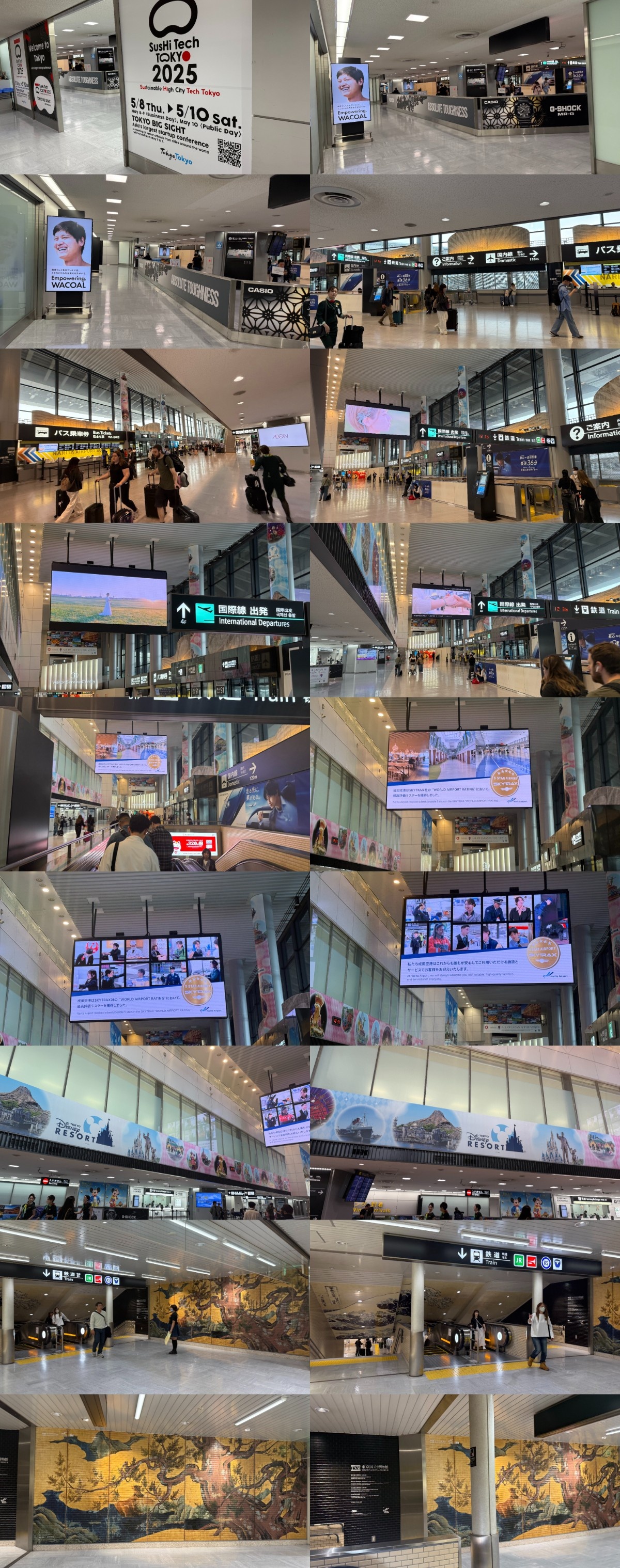
I’ll leave you with a few pictures from the Tokyo Skytree later that evening, a place that — with its lovely star-headed mascot, Sorakara-chan, and her friends — was enough to make me feel on top of the world!
